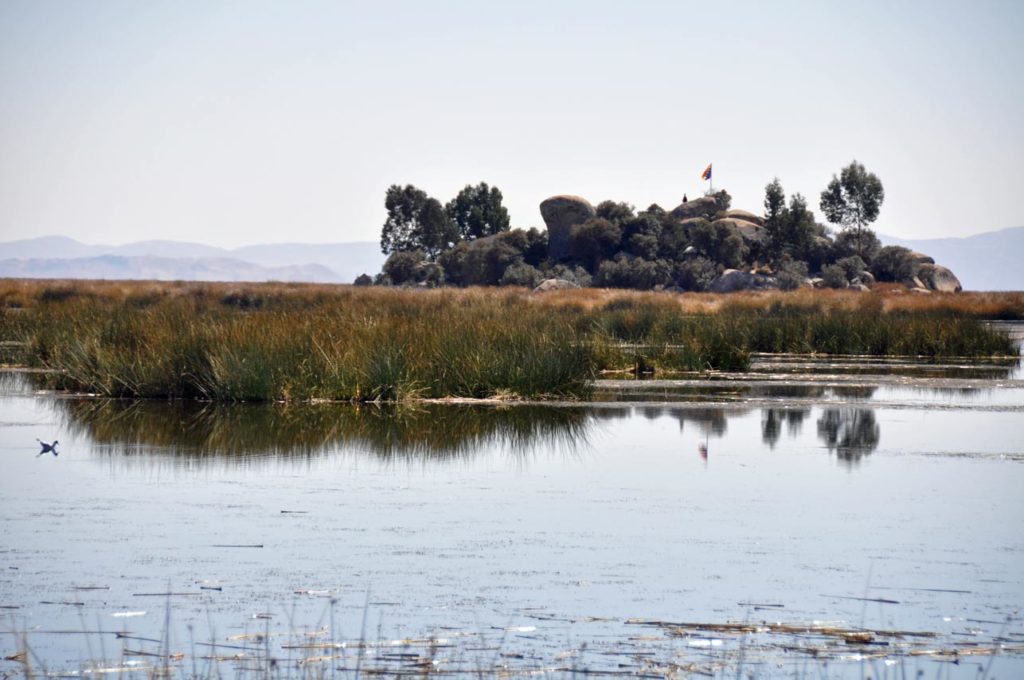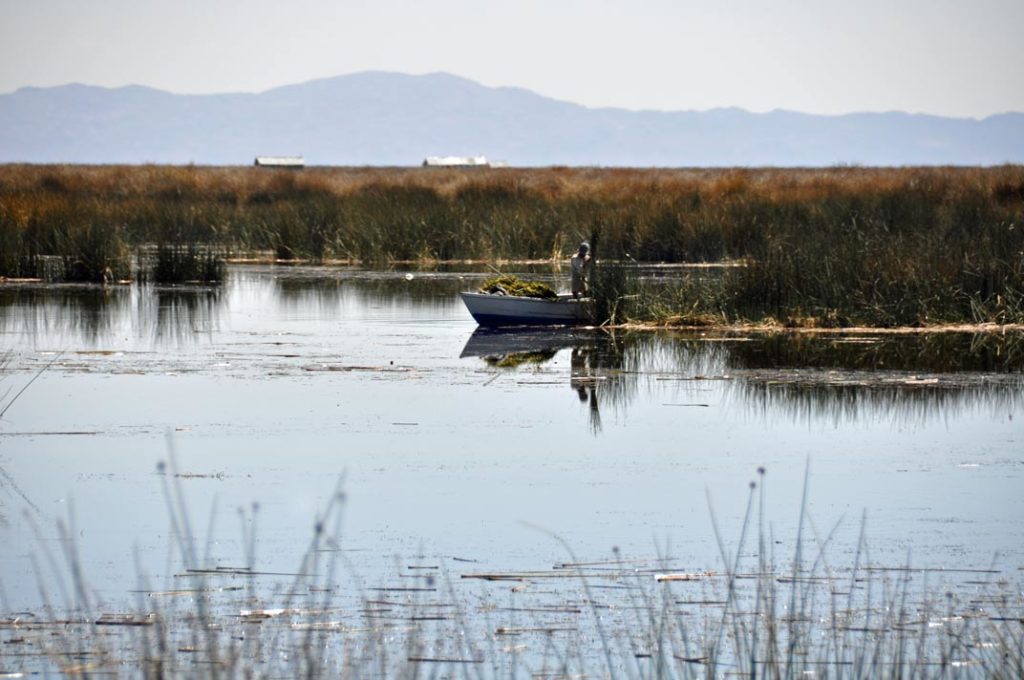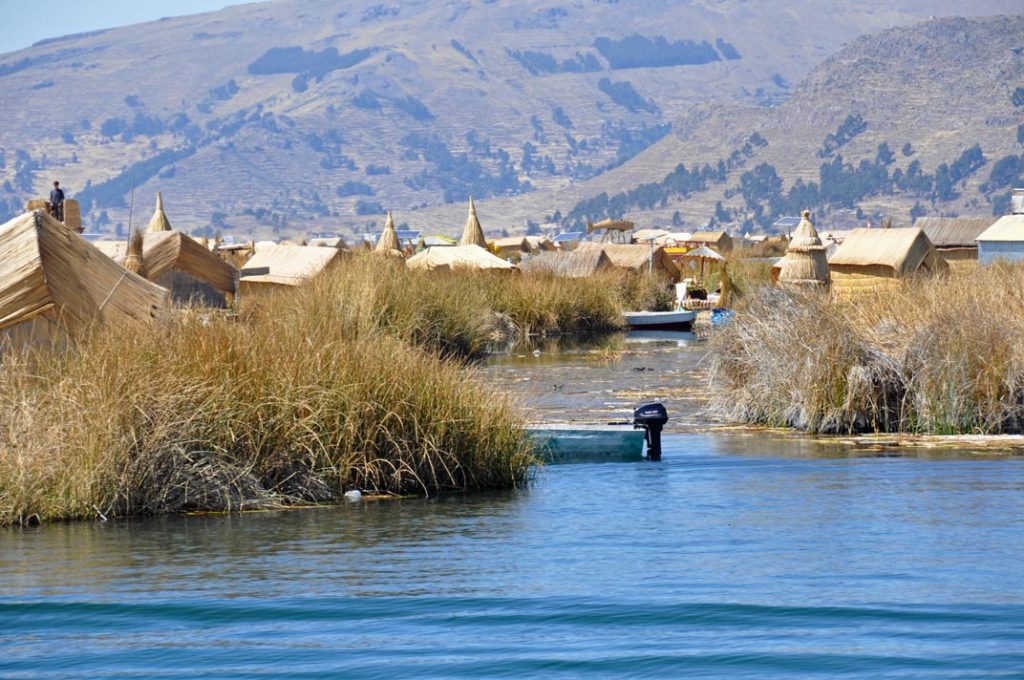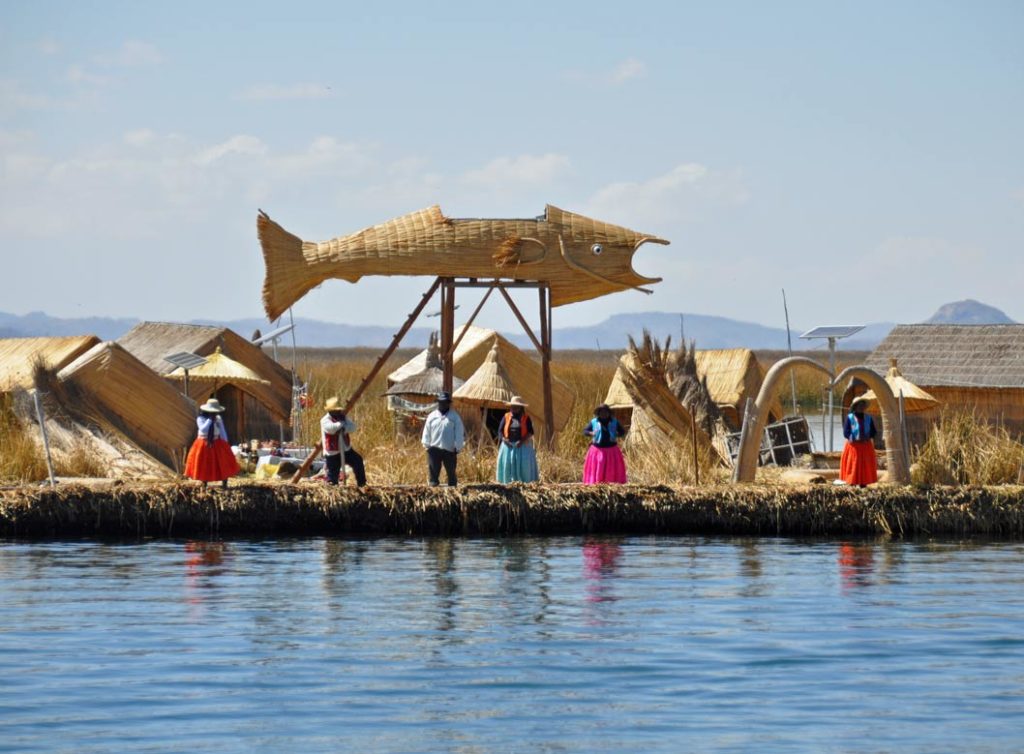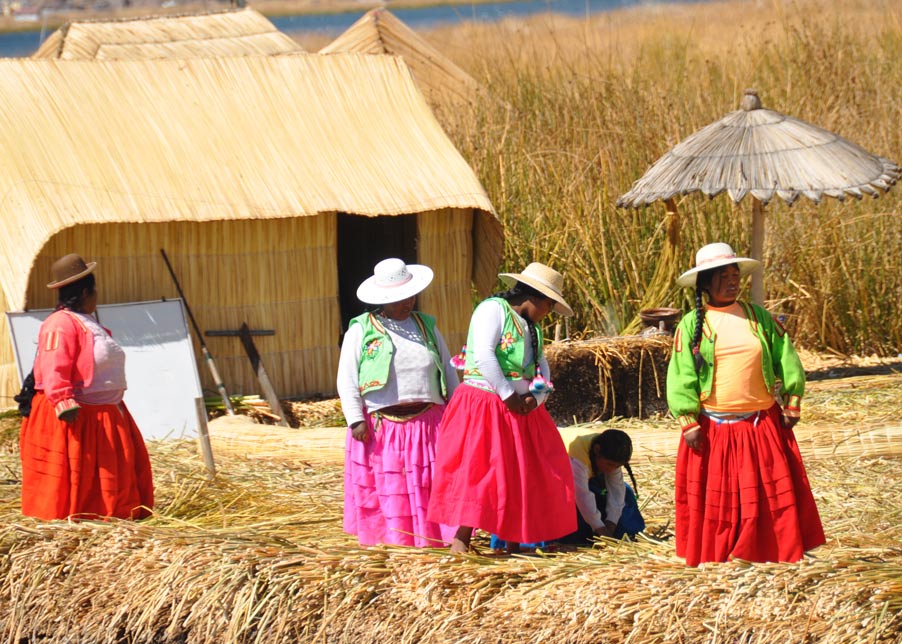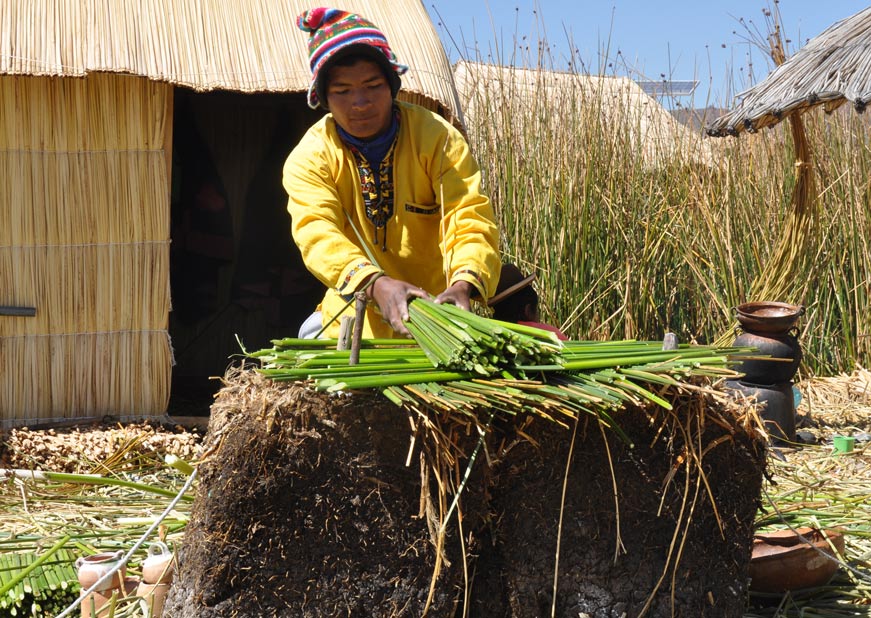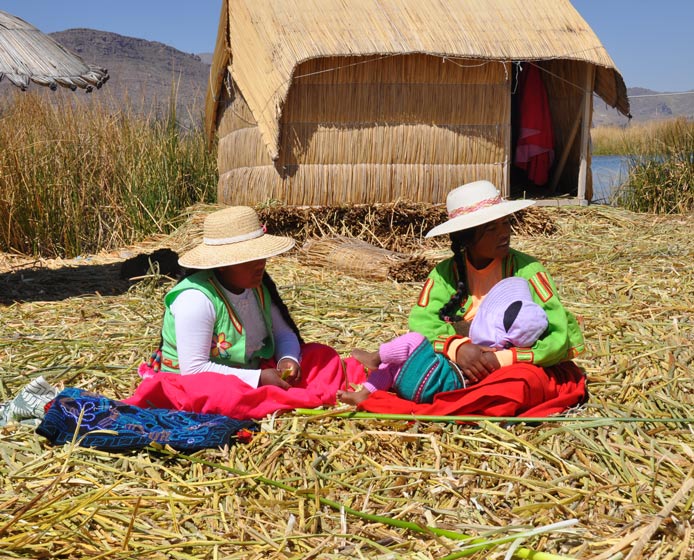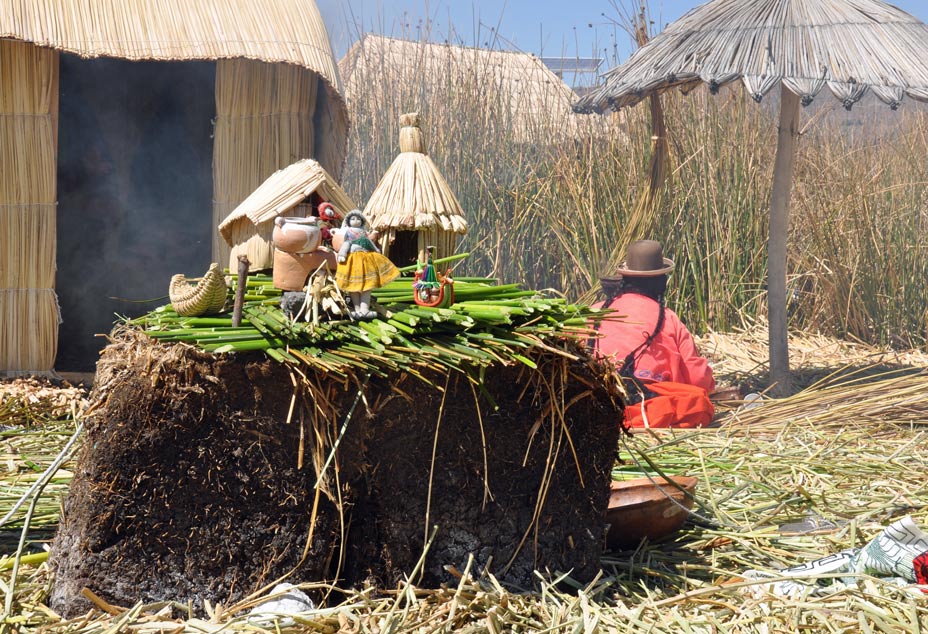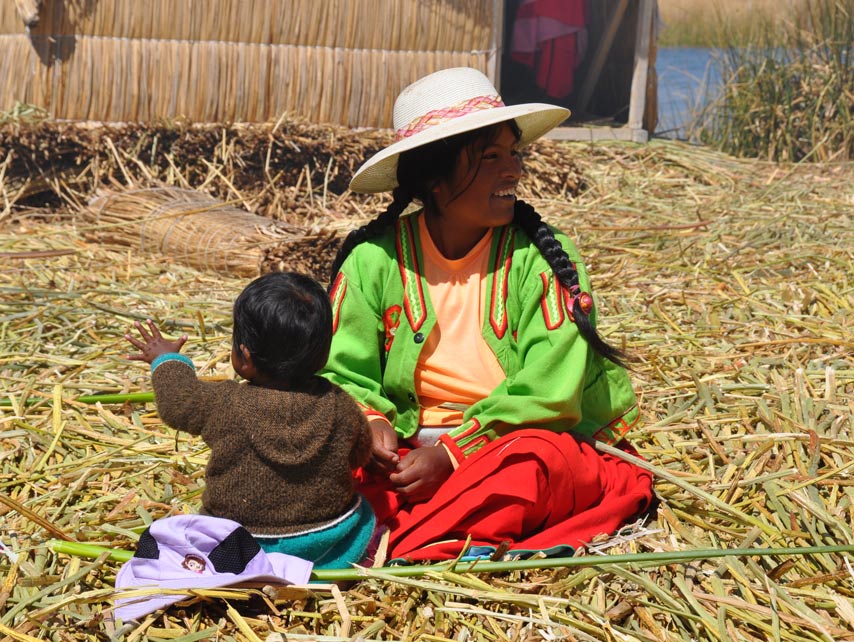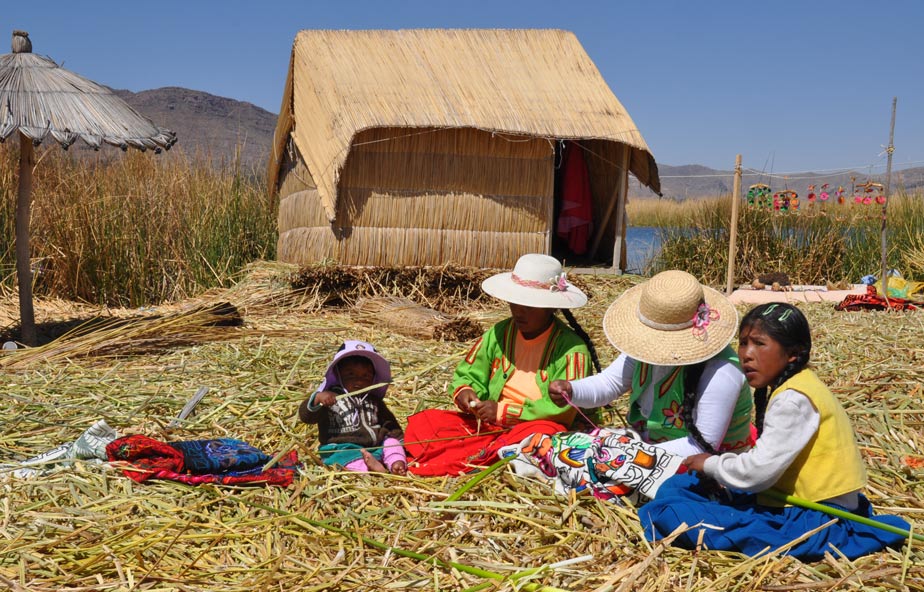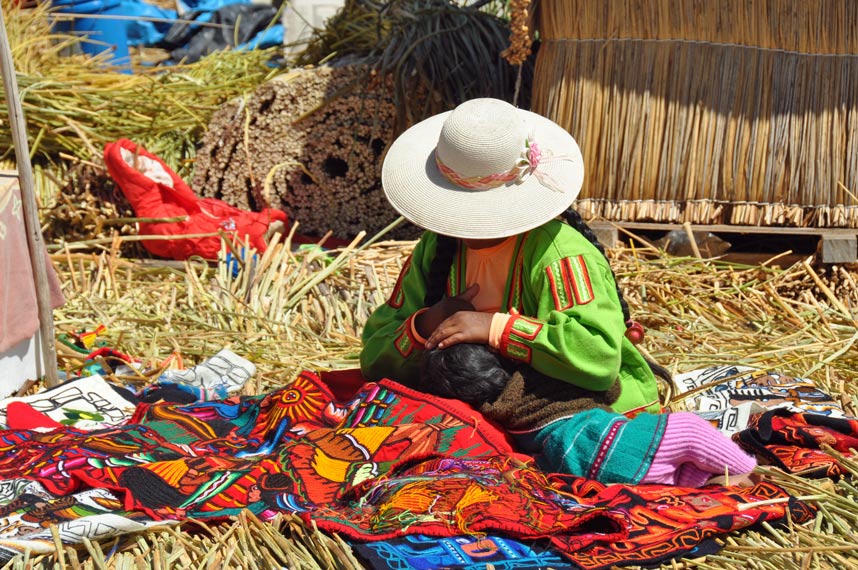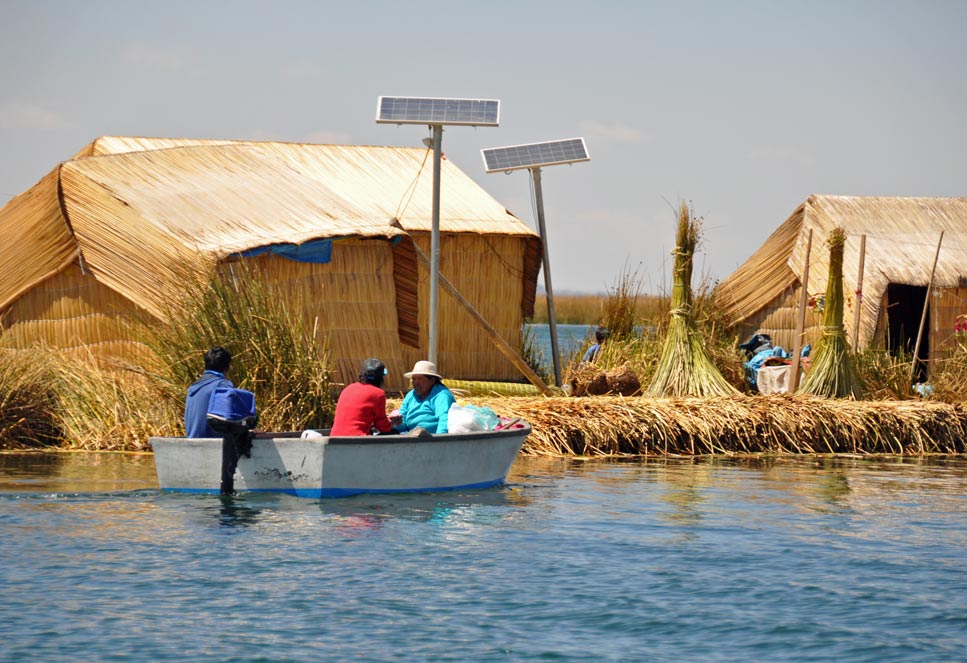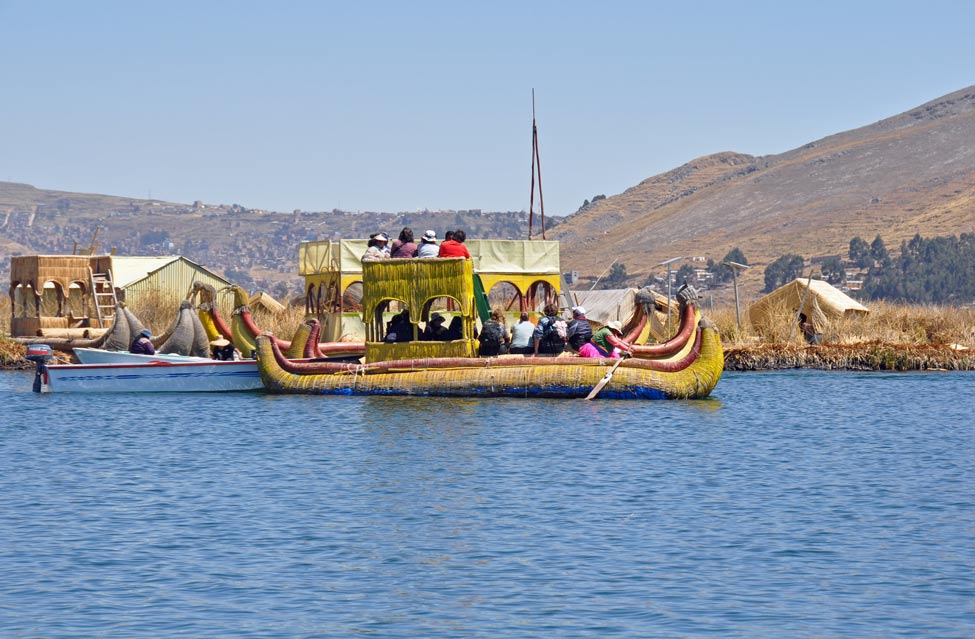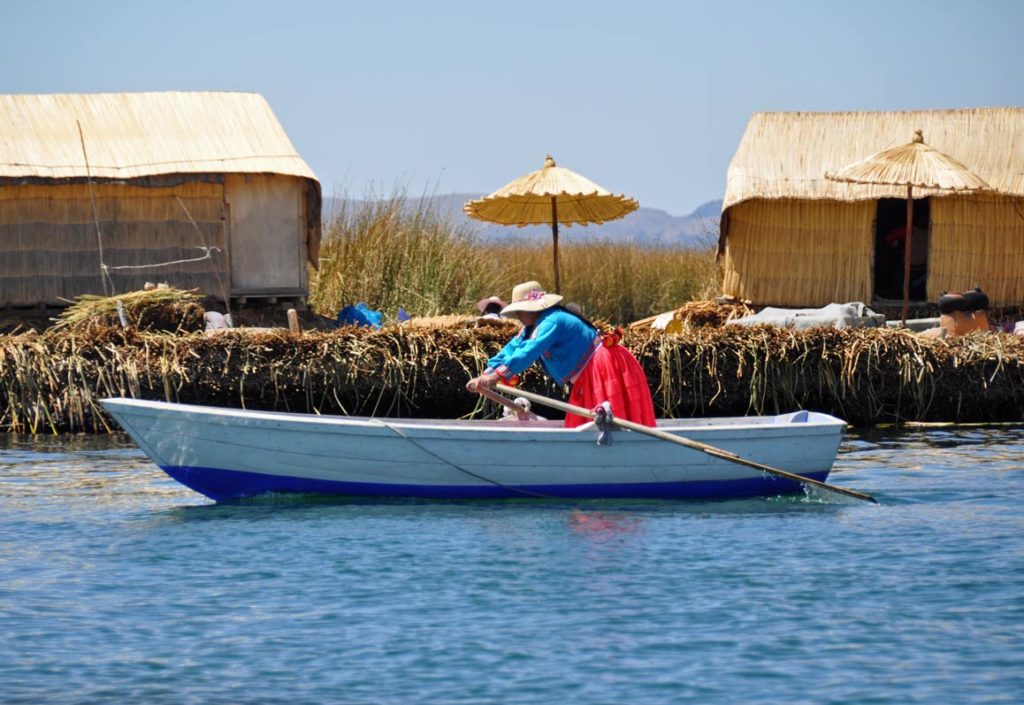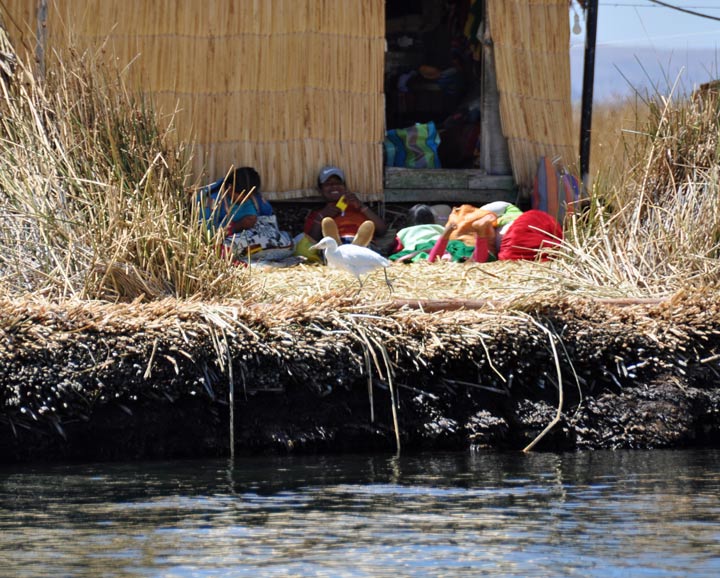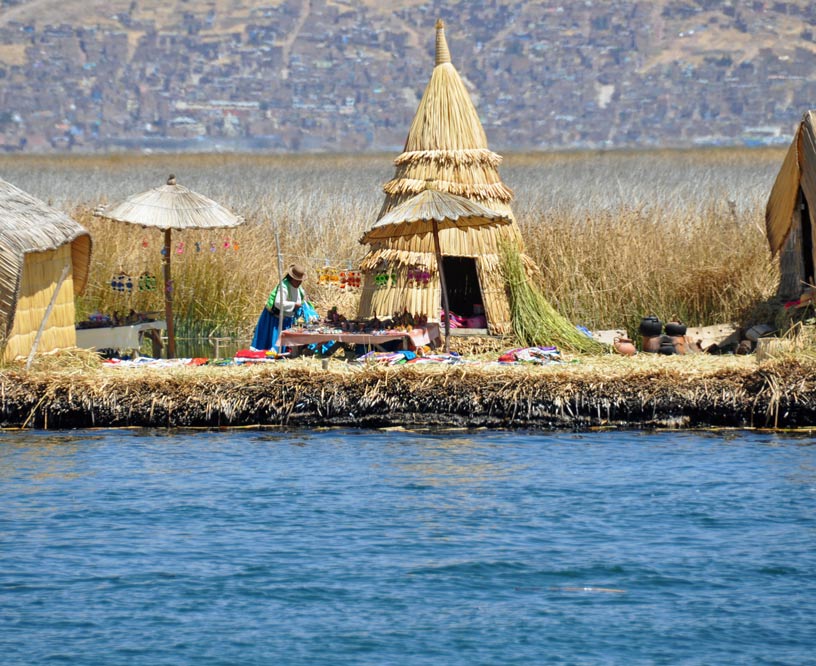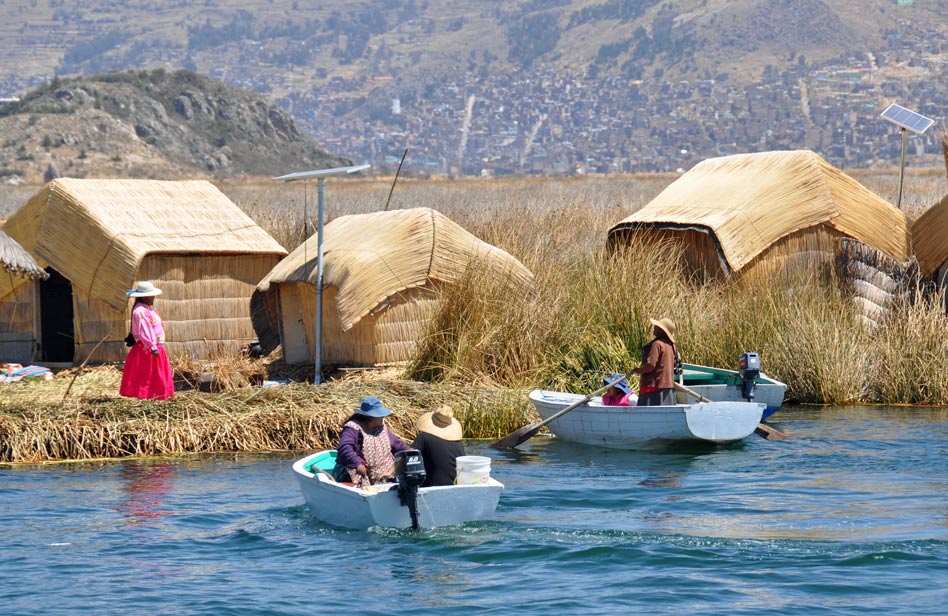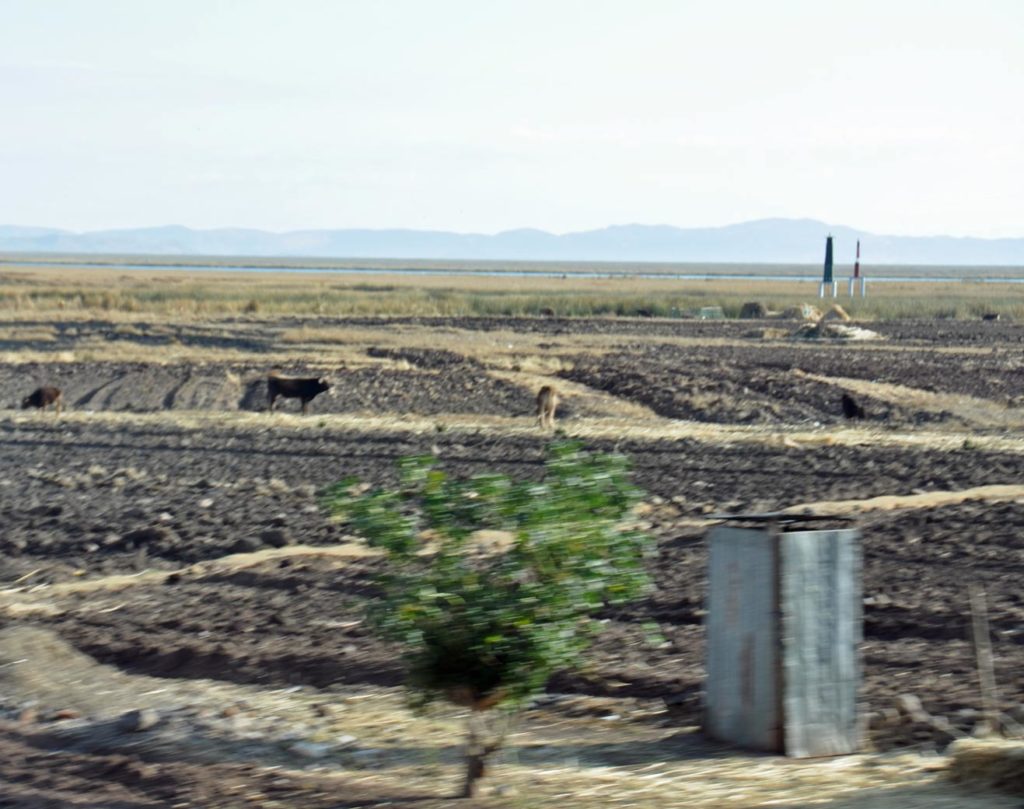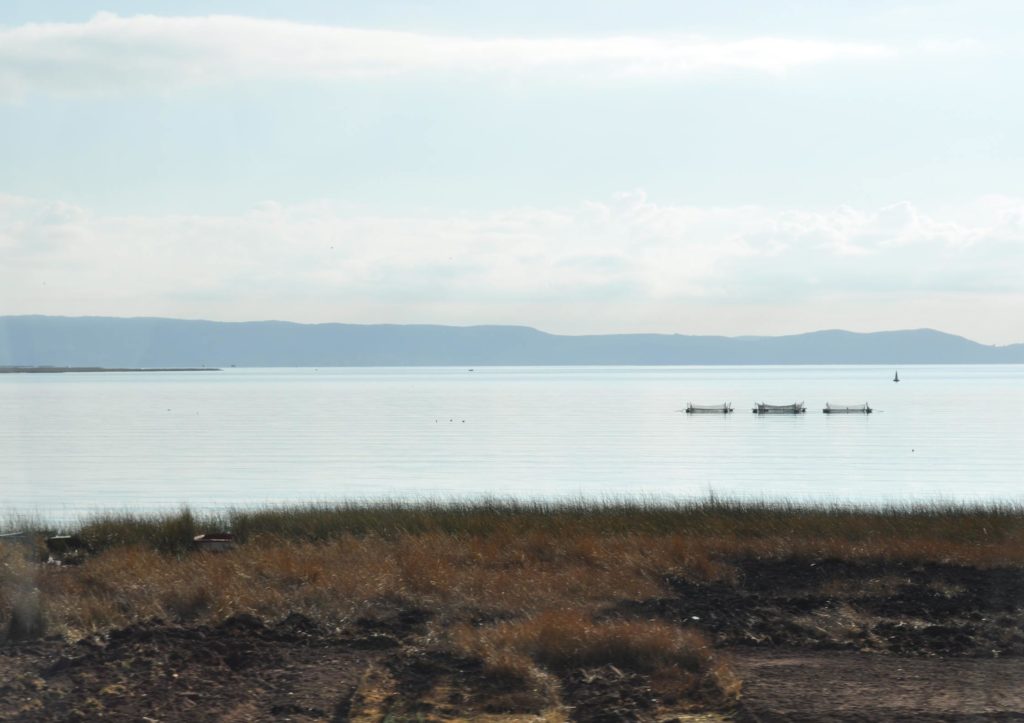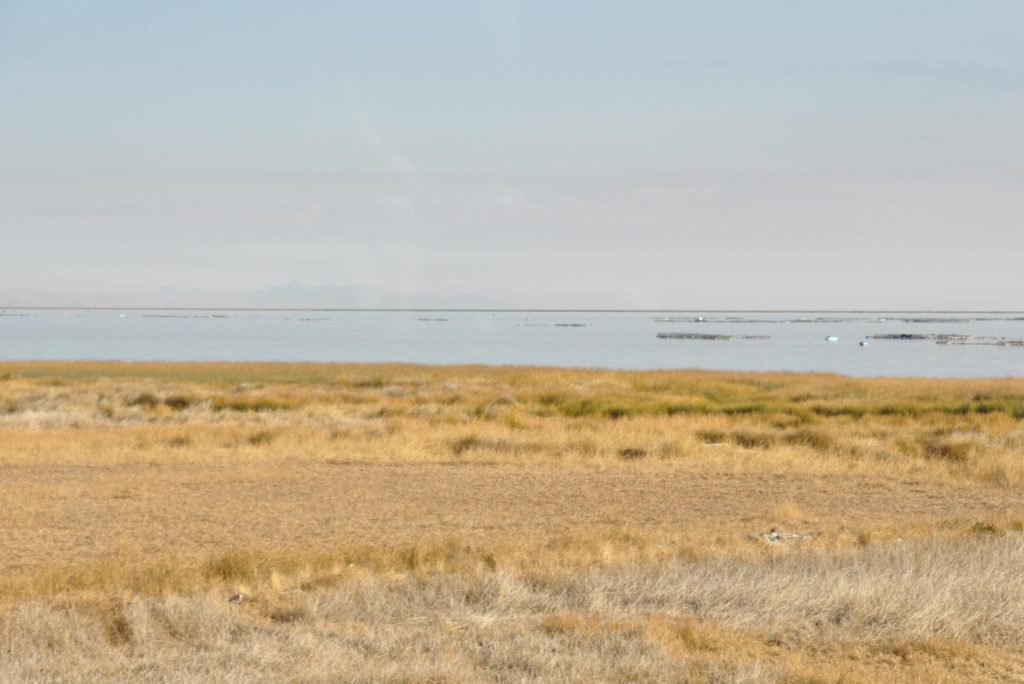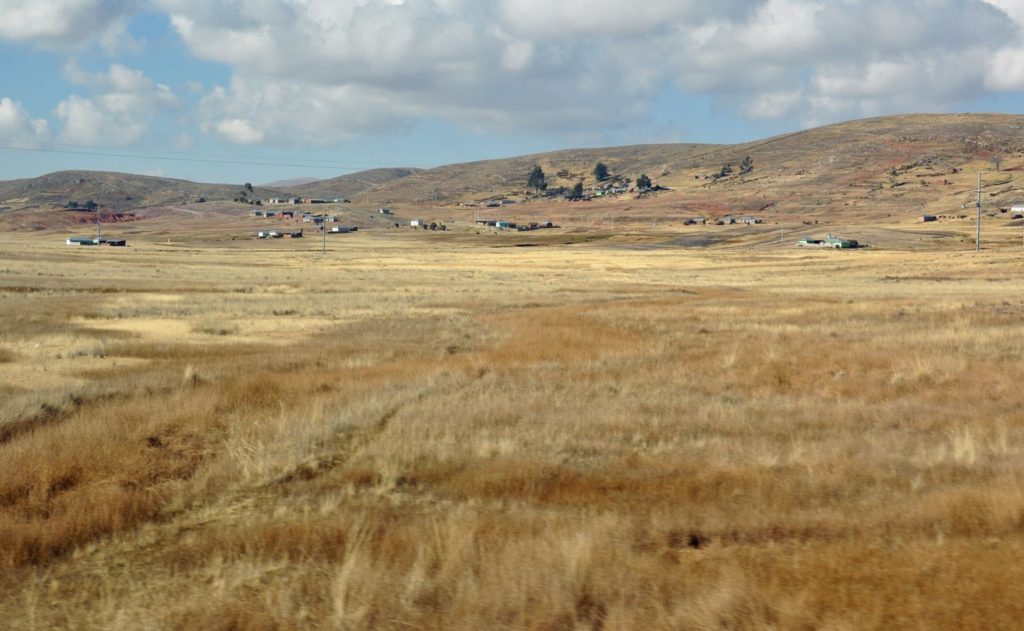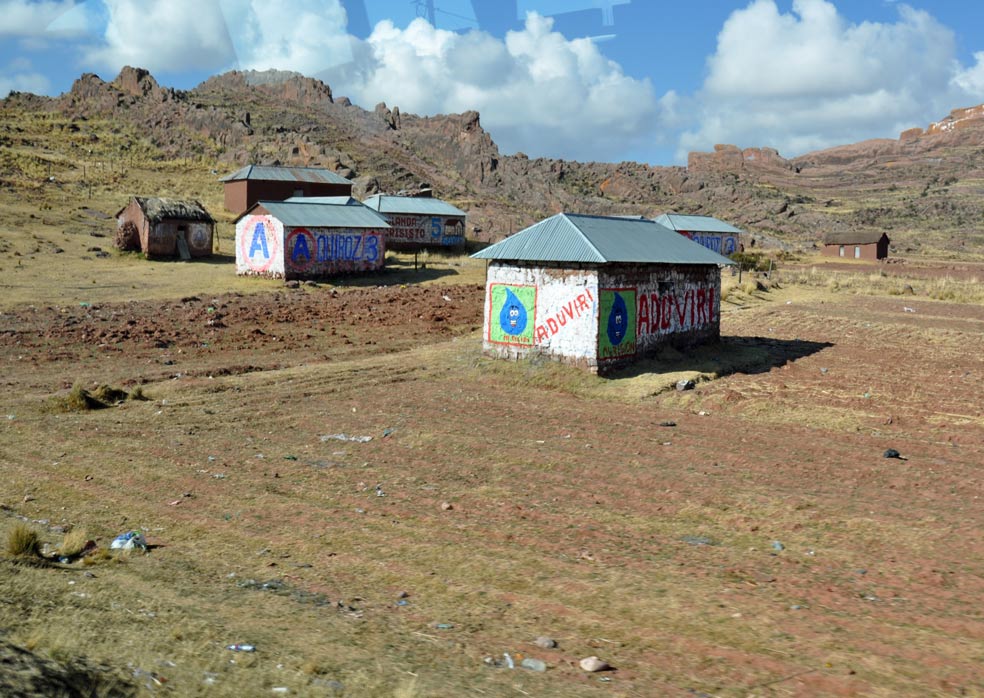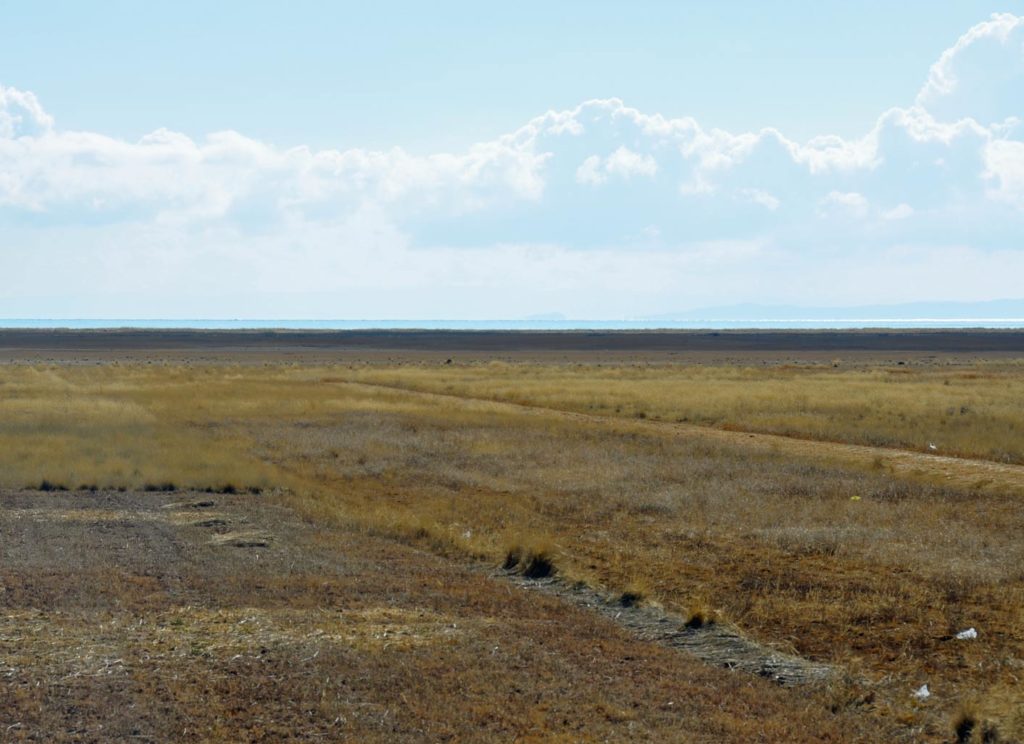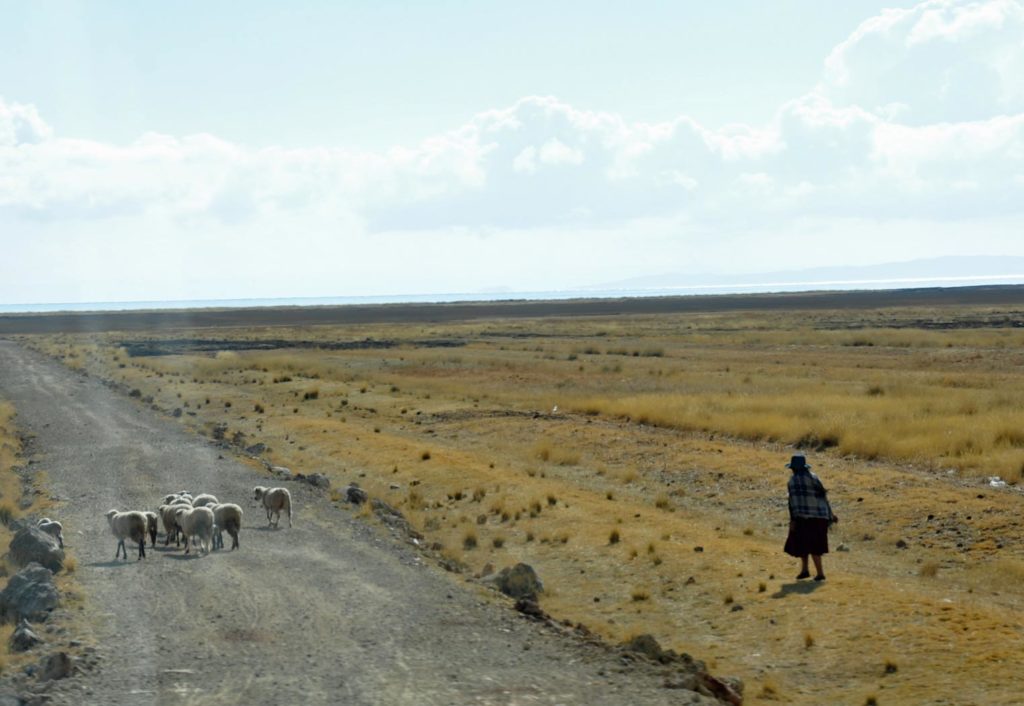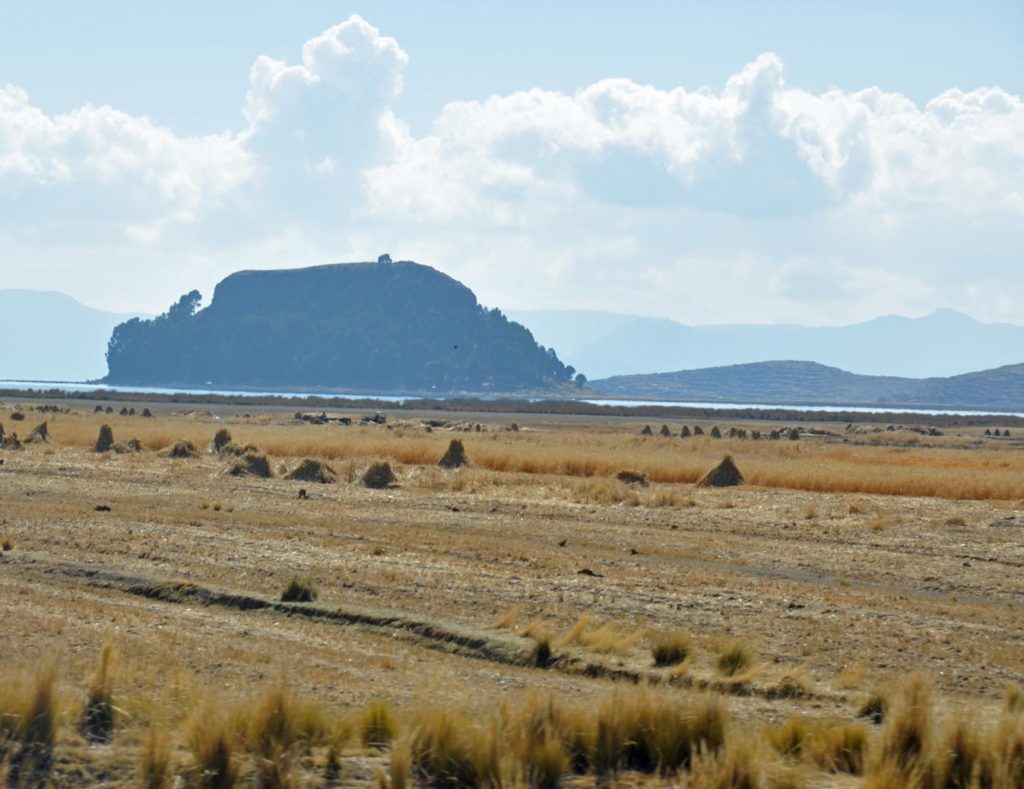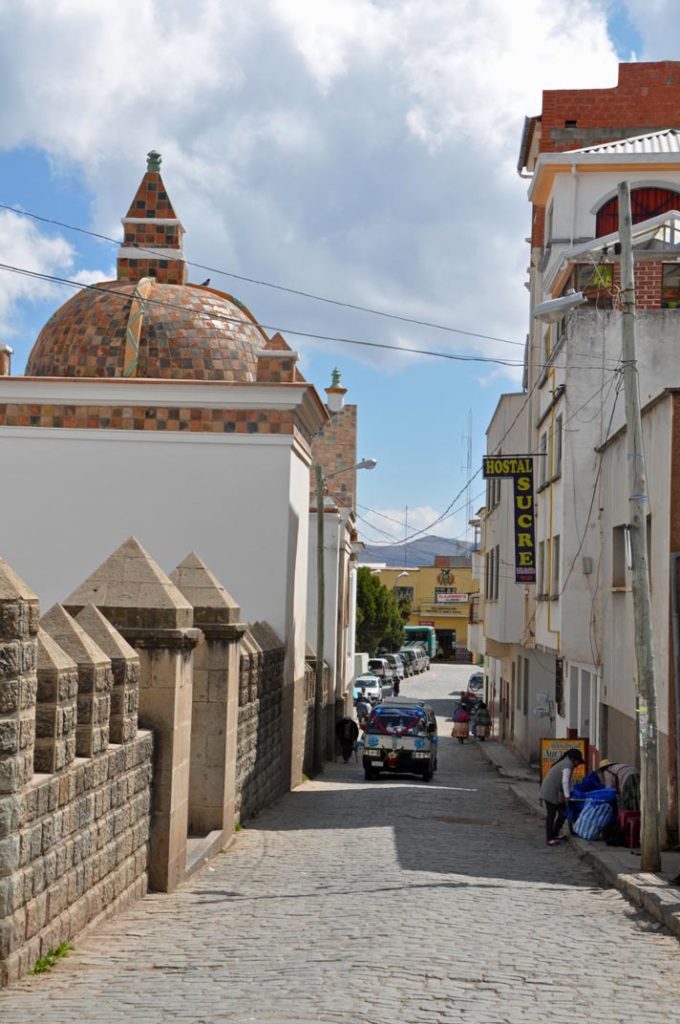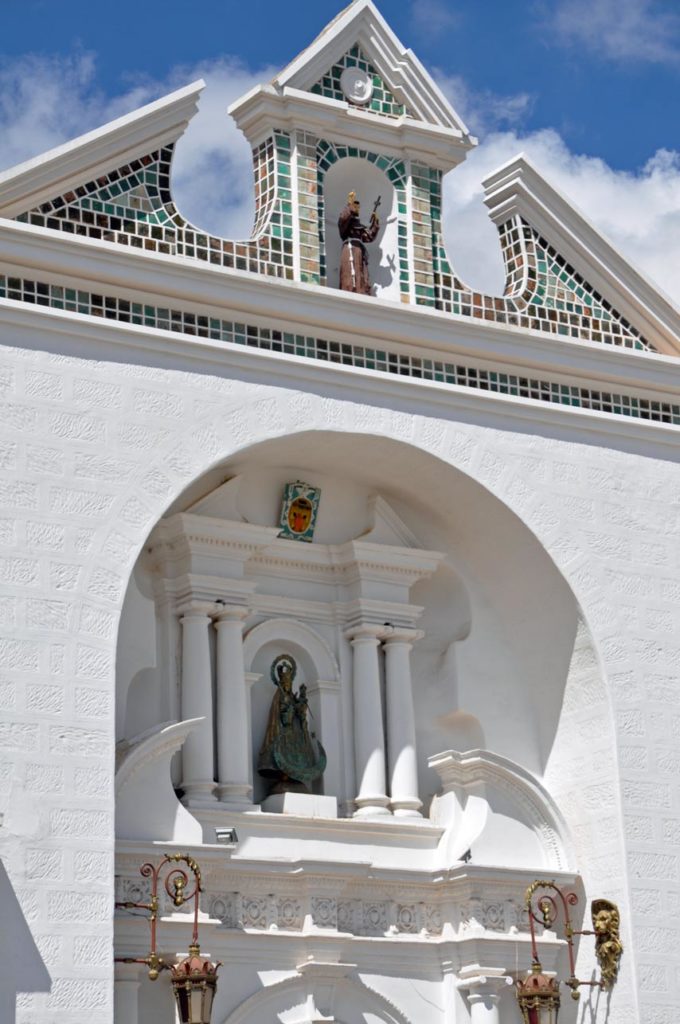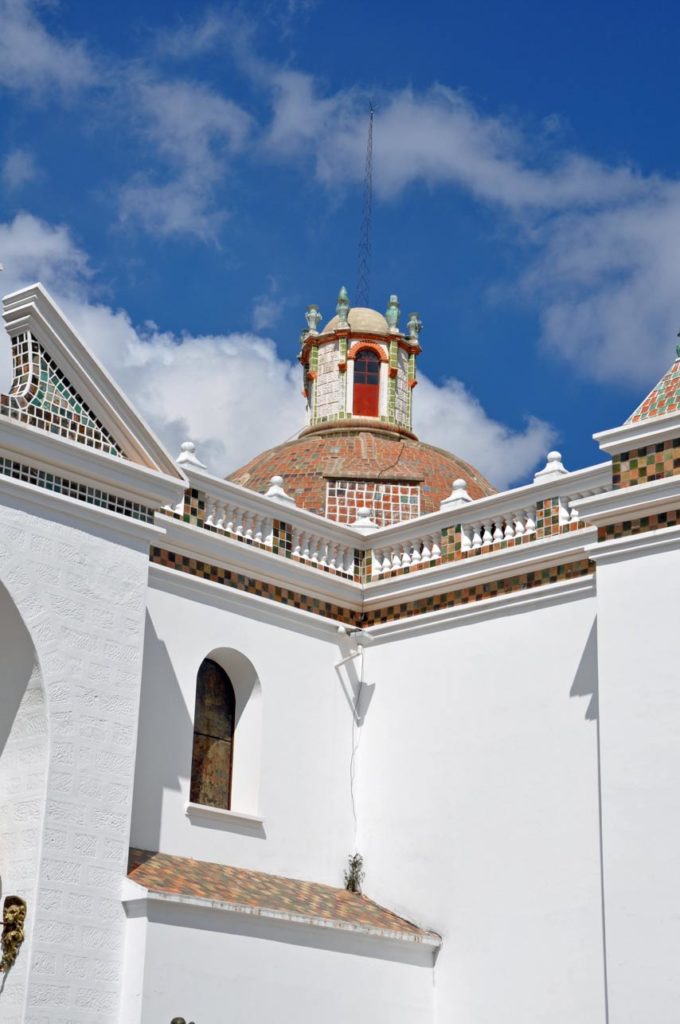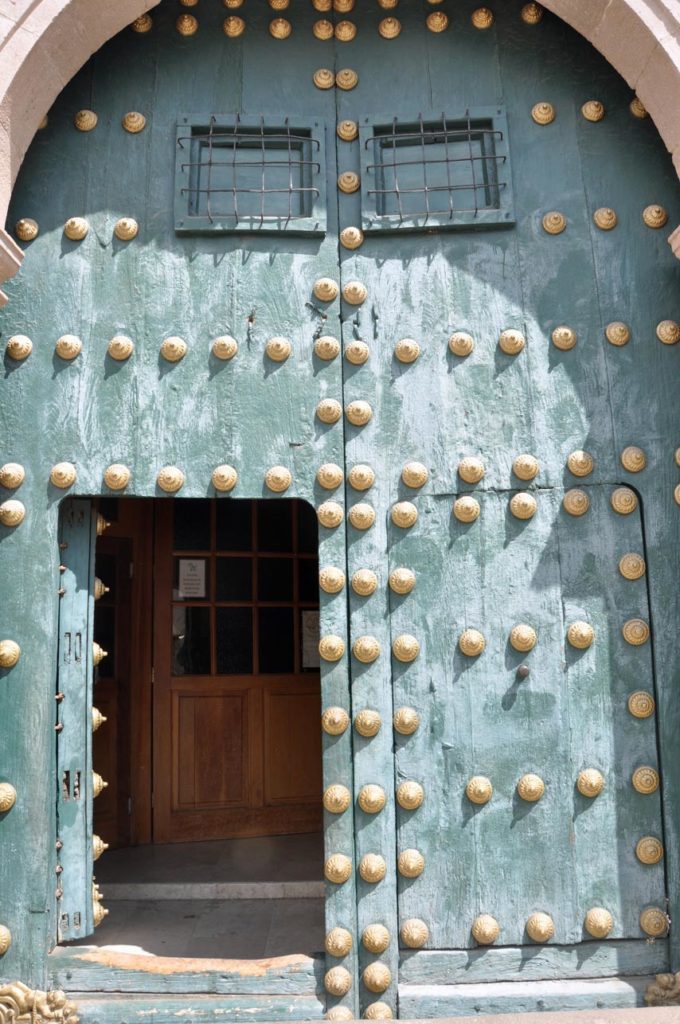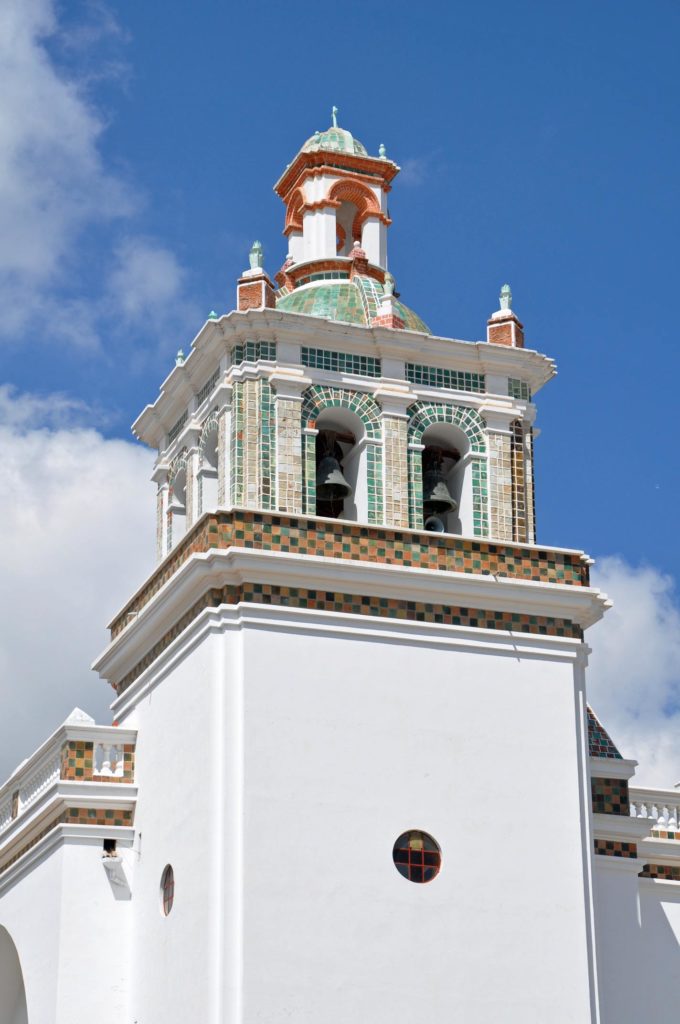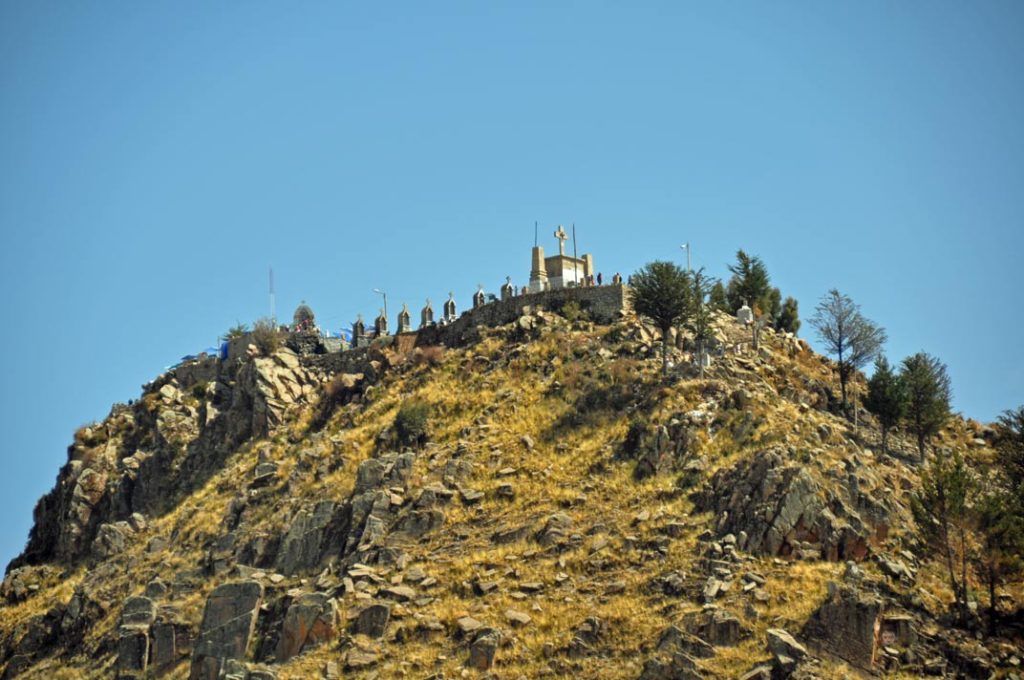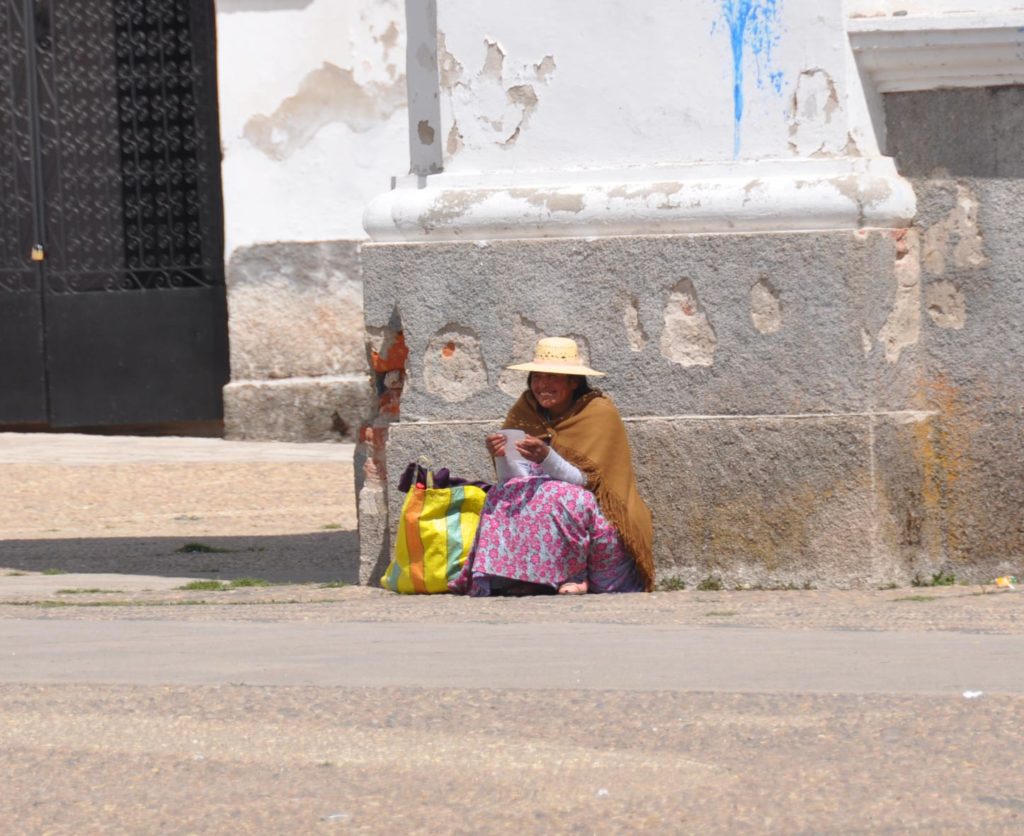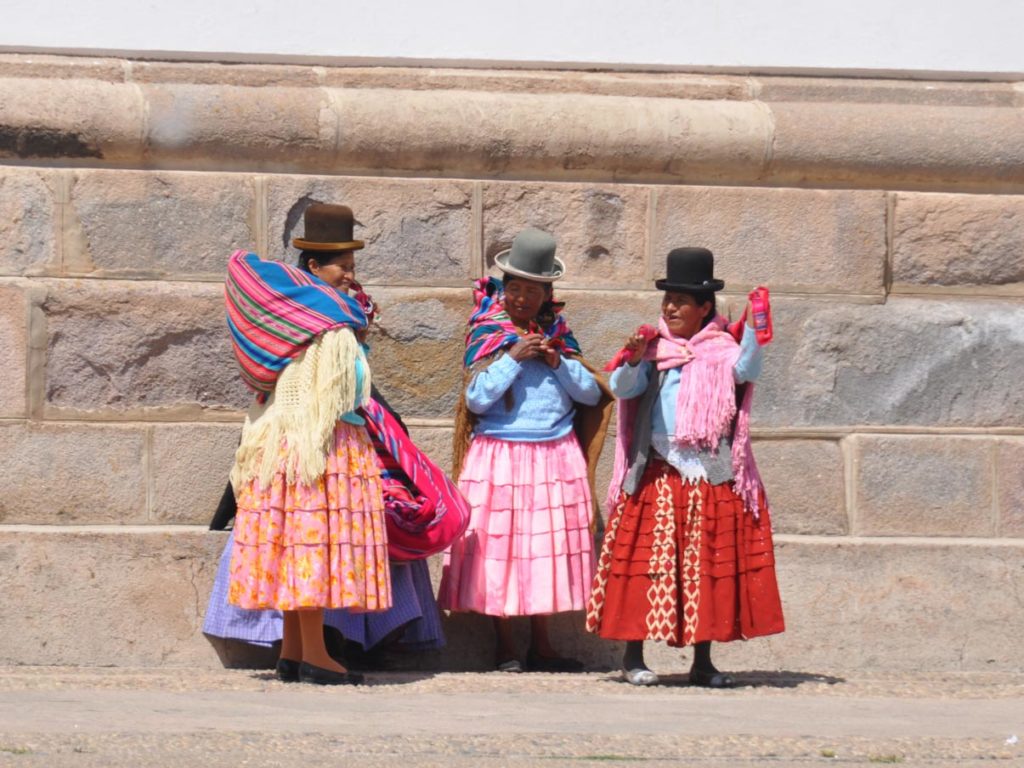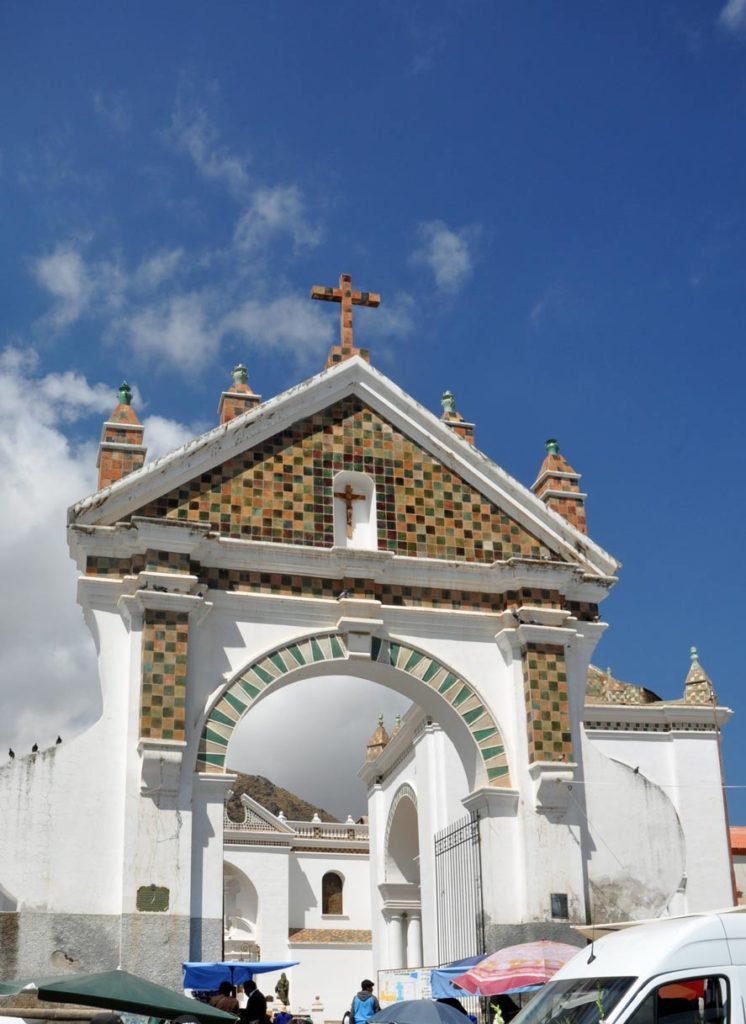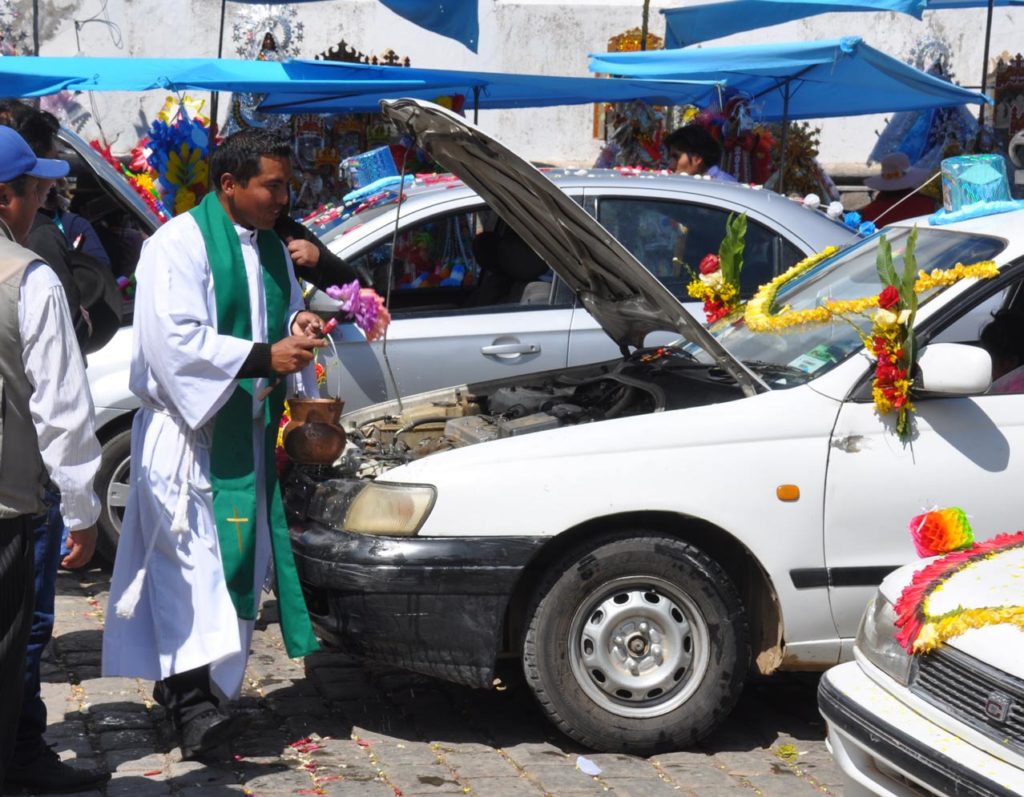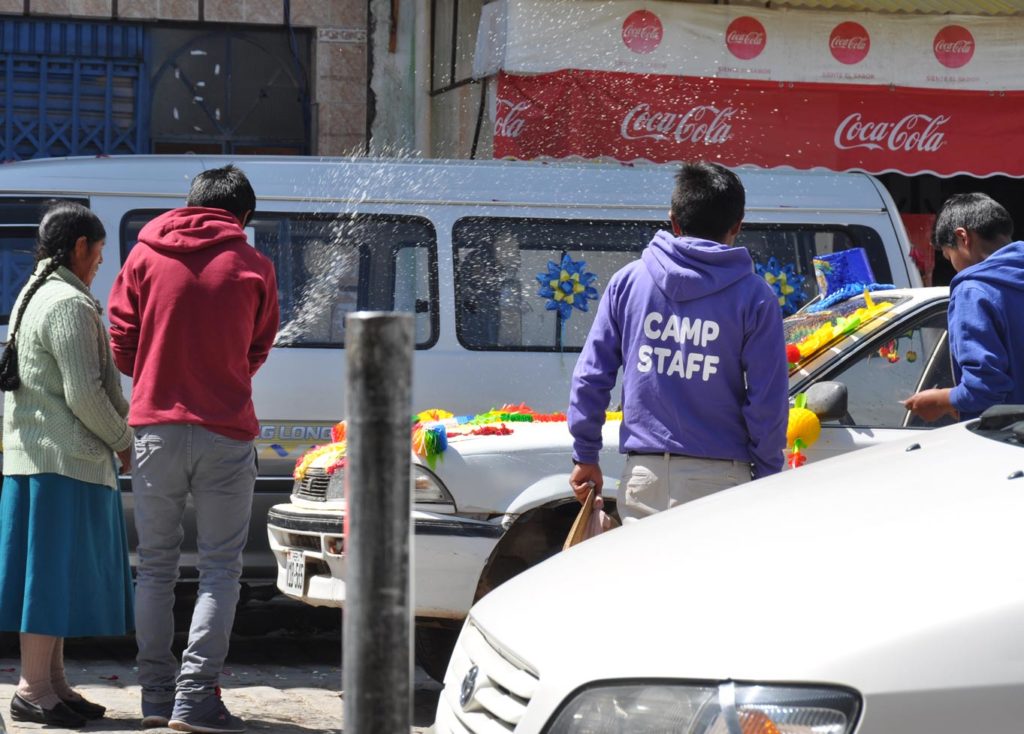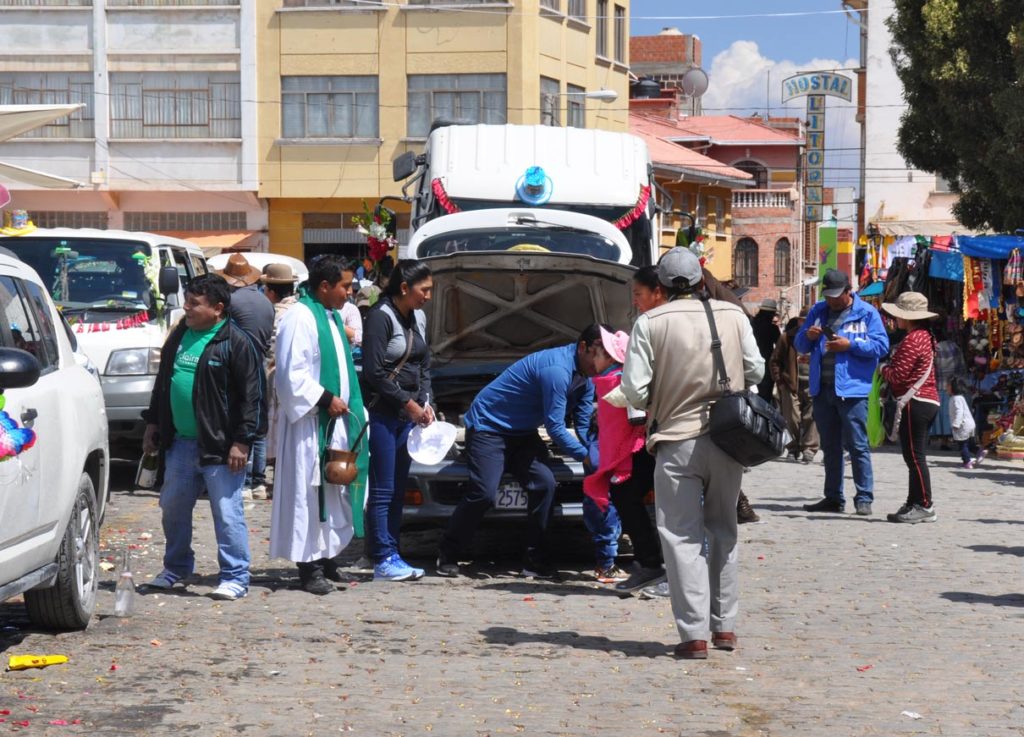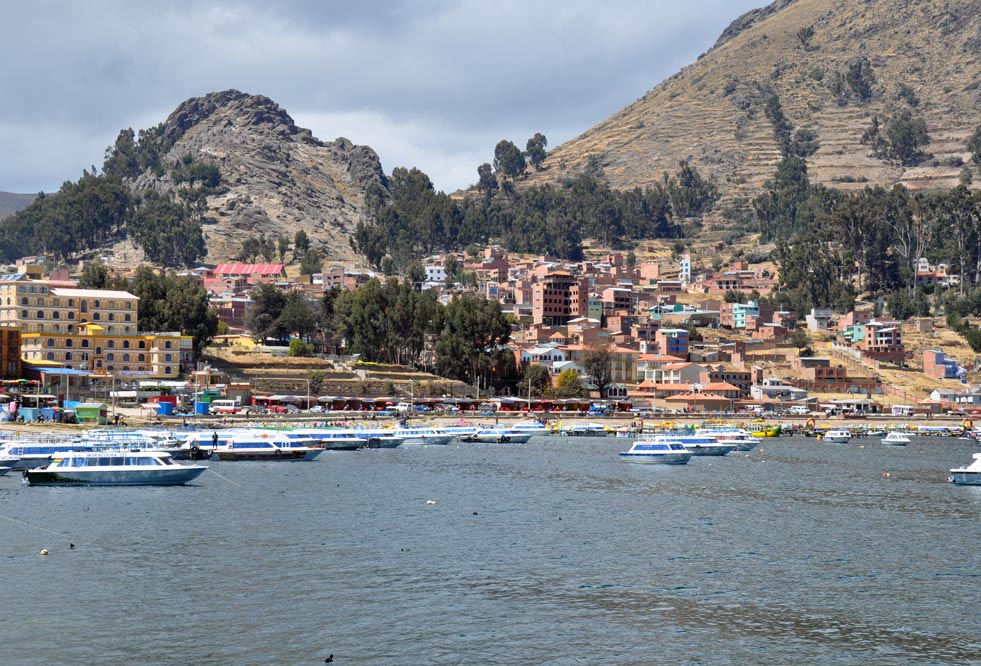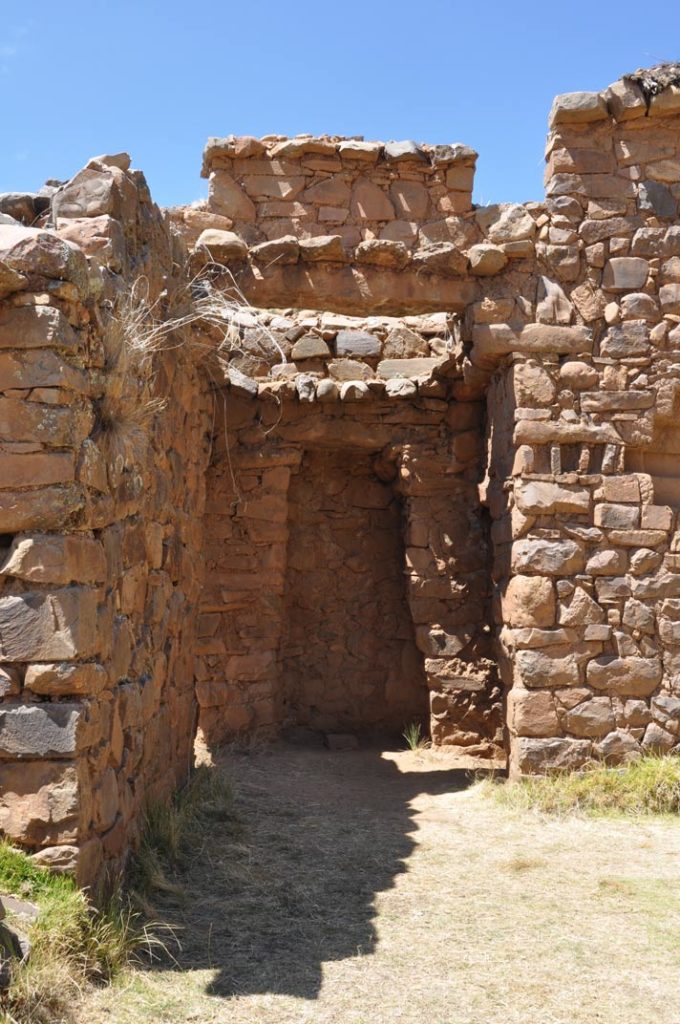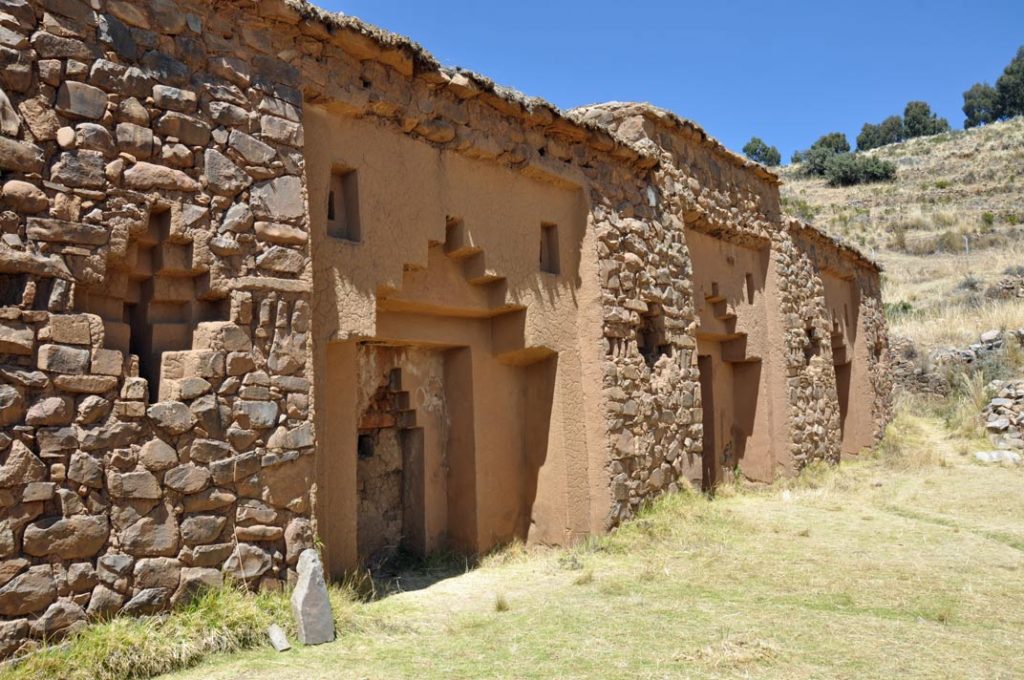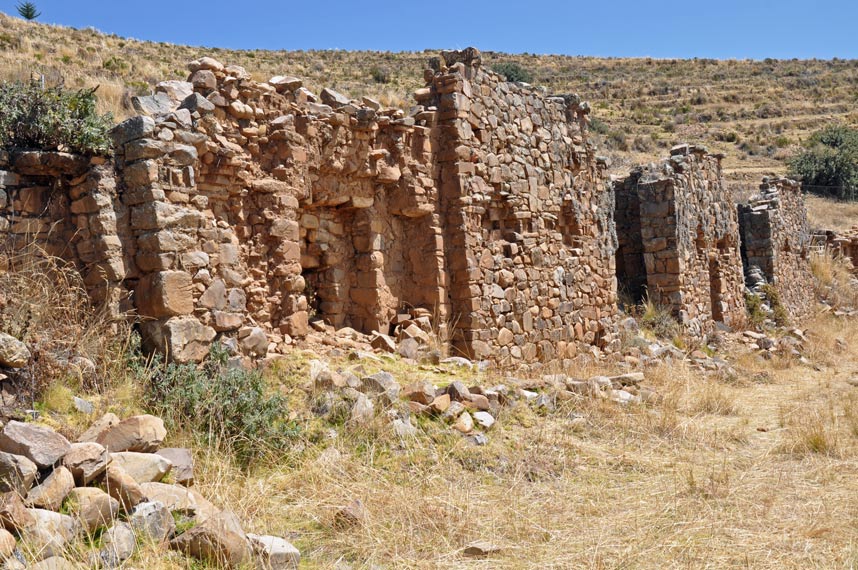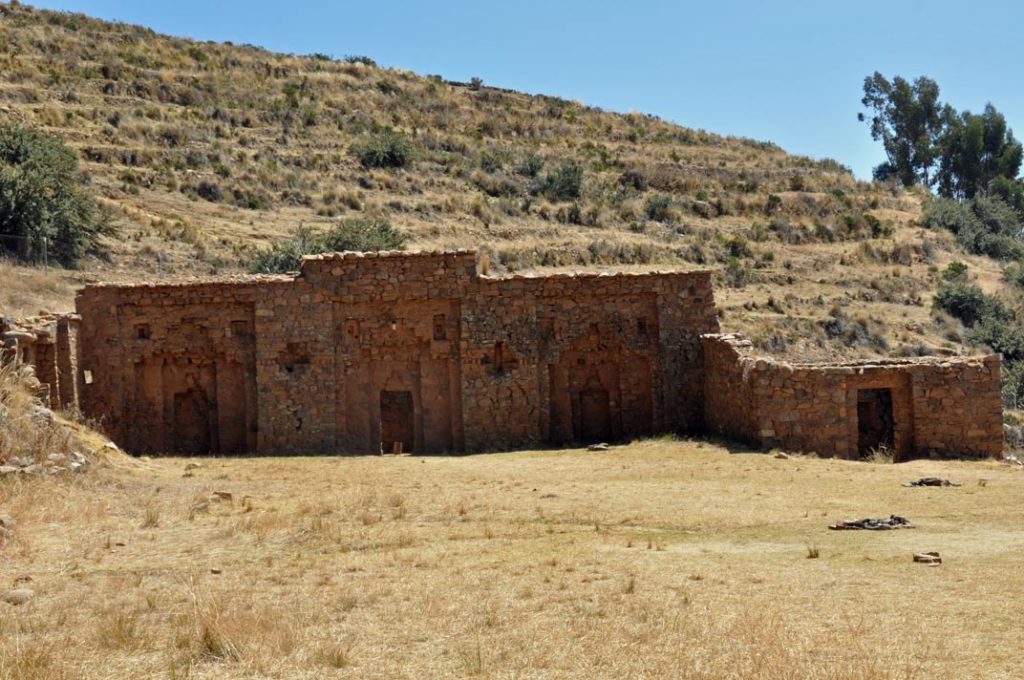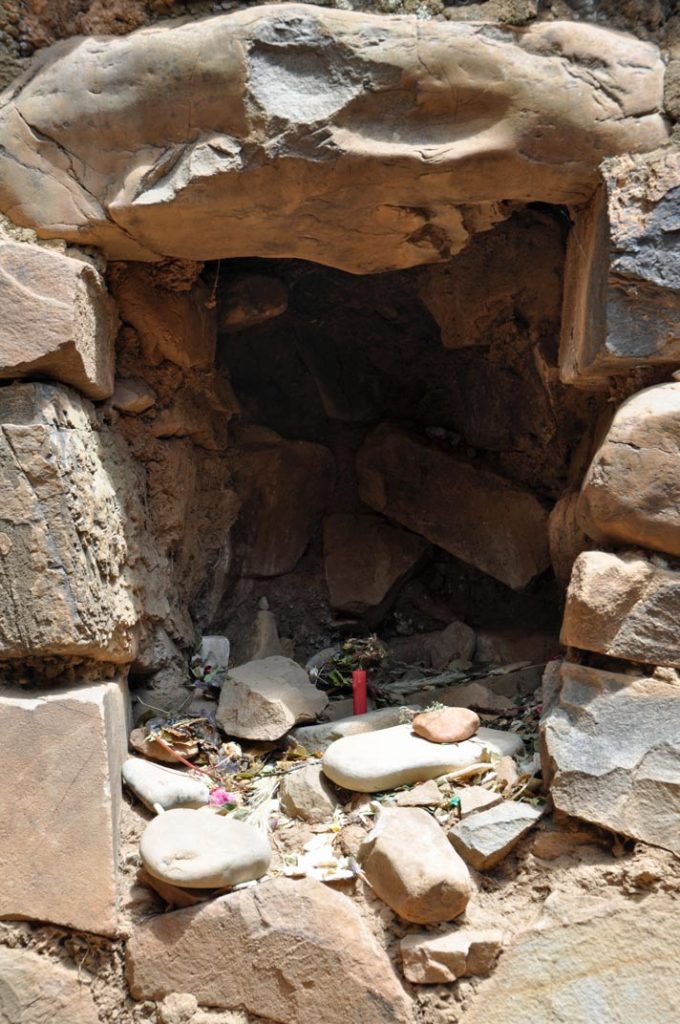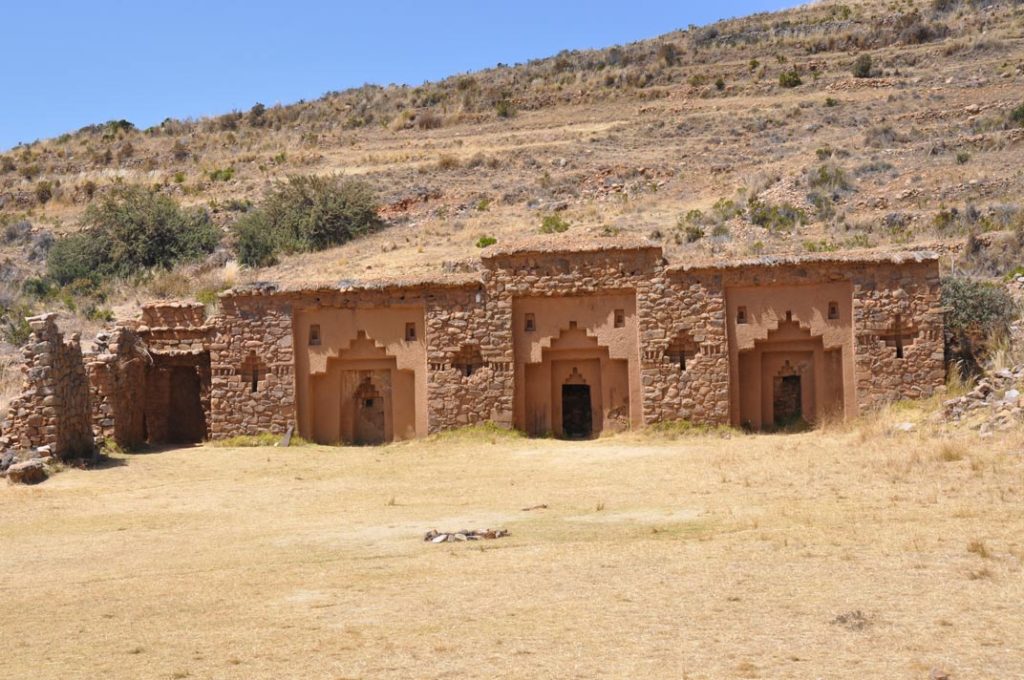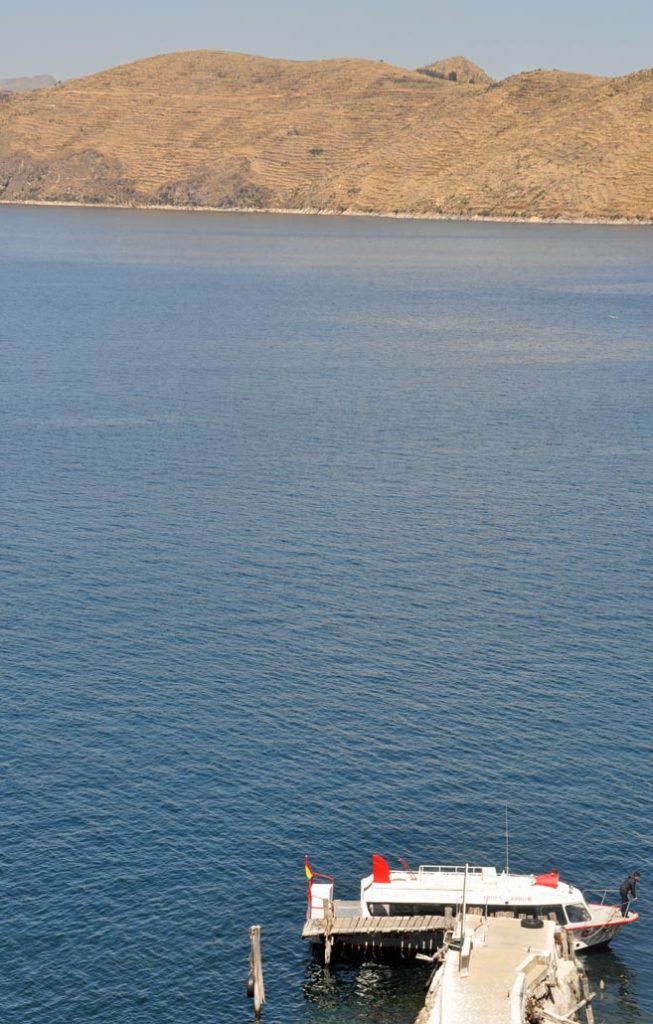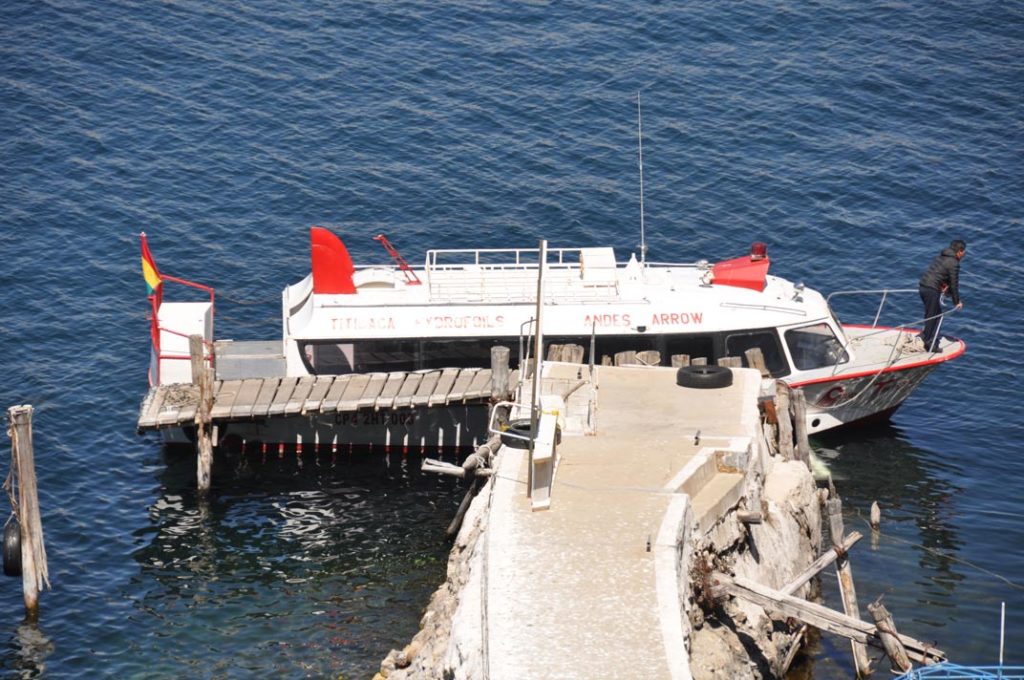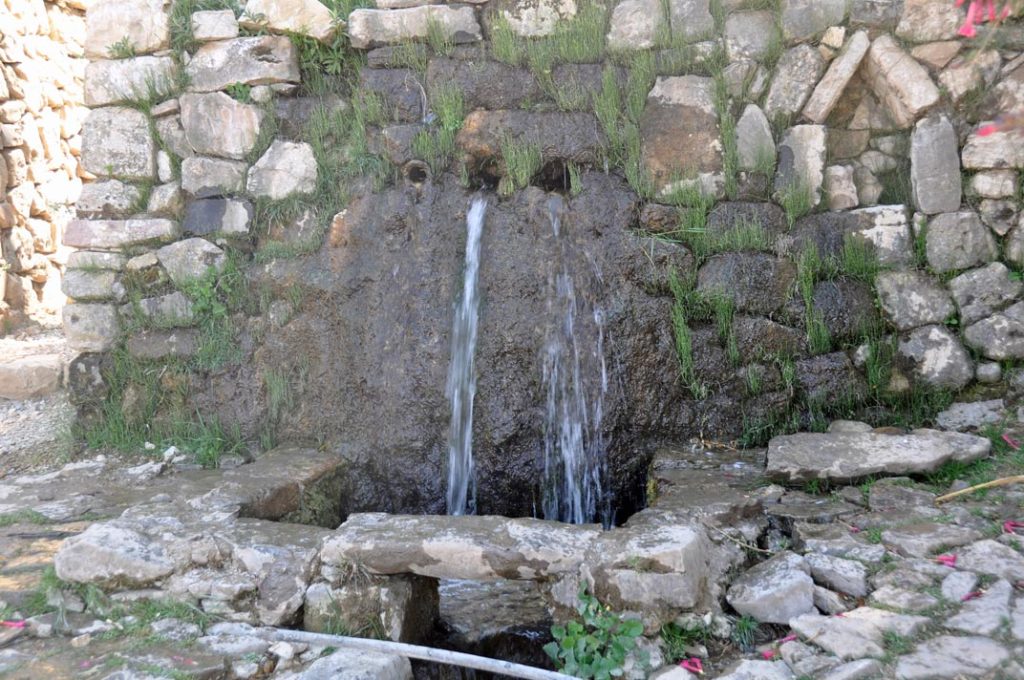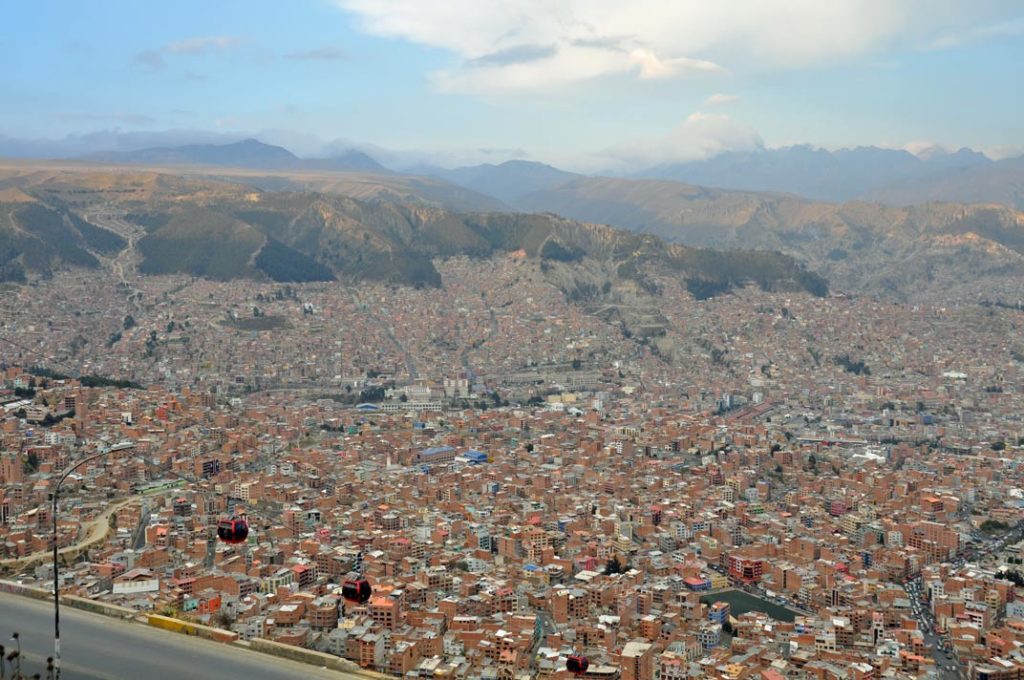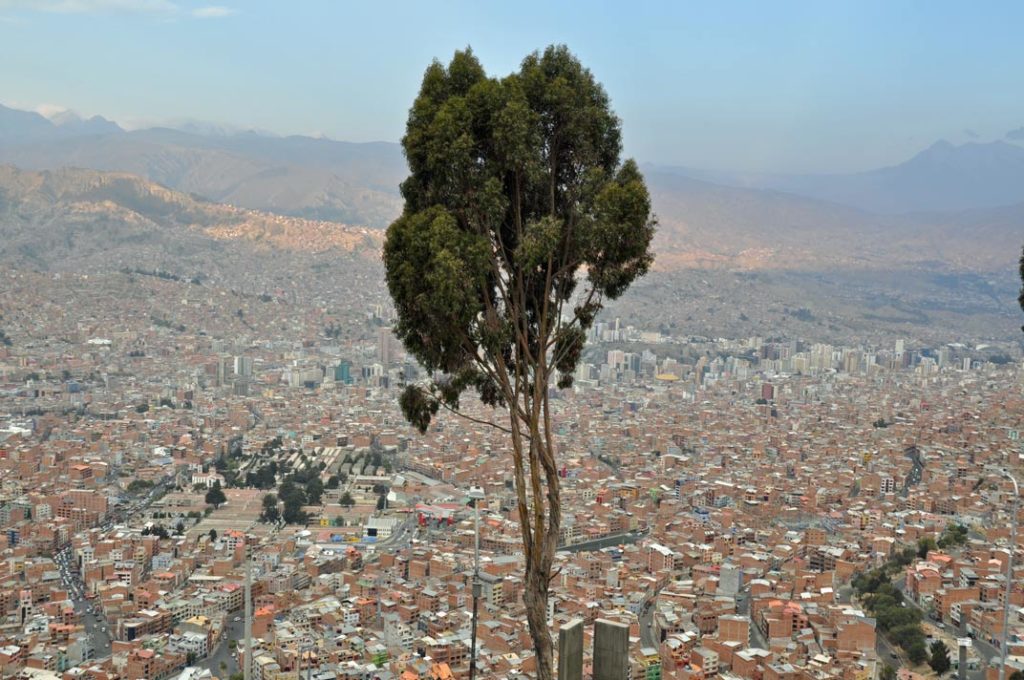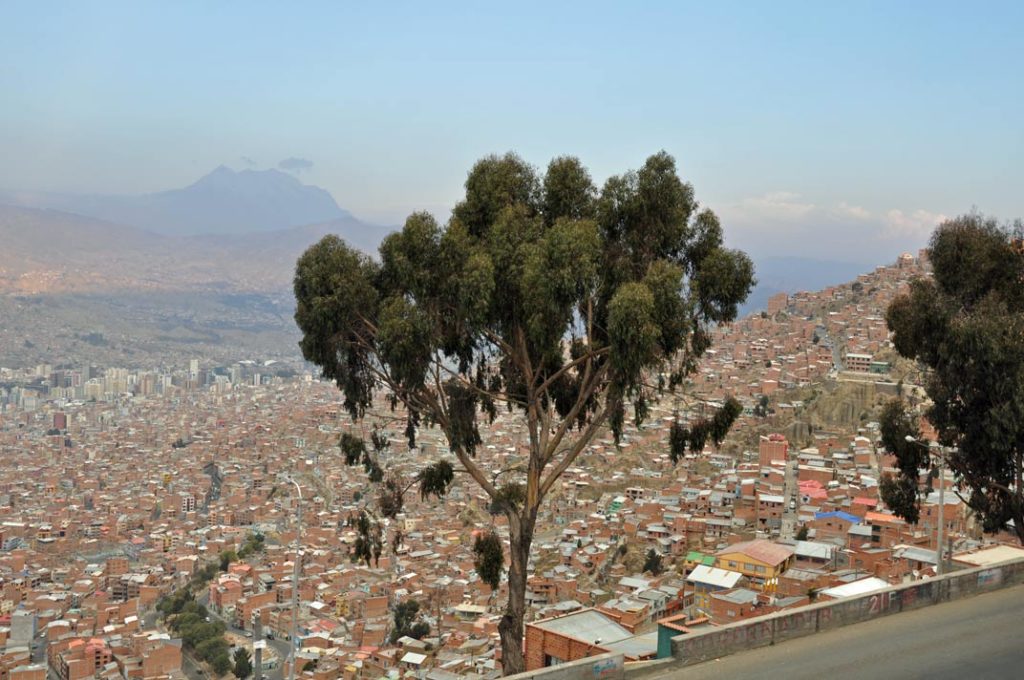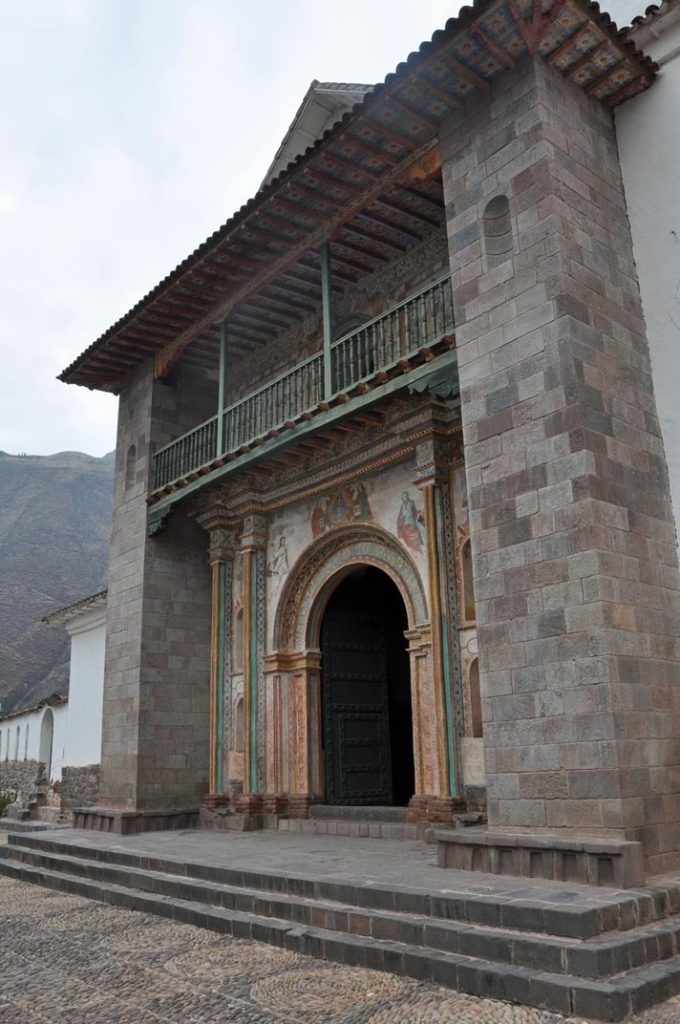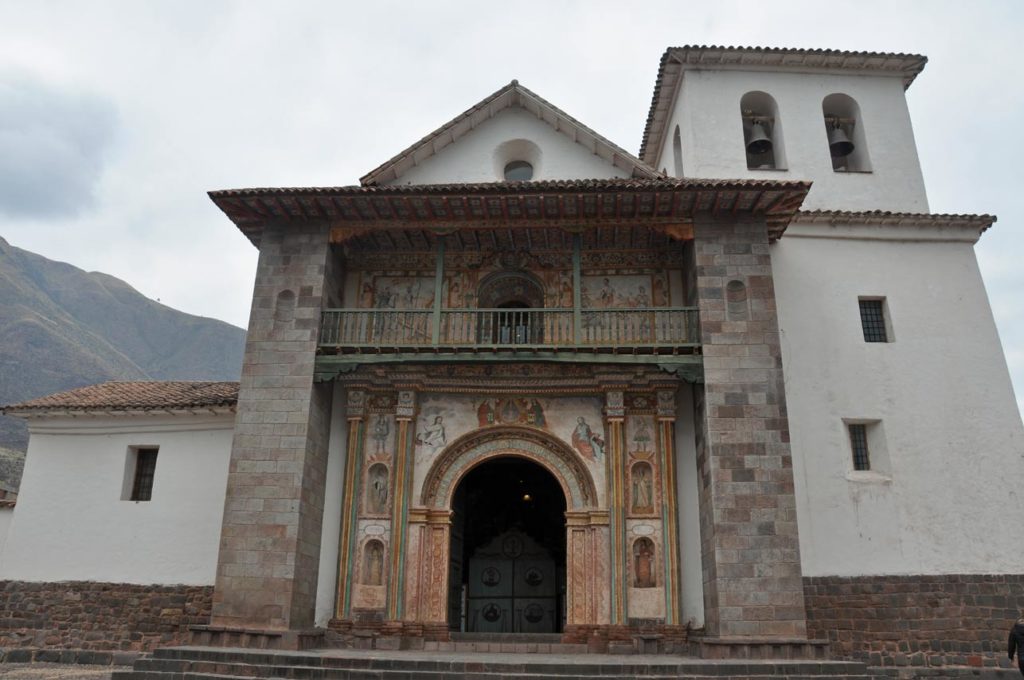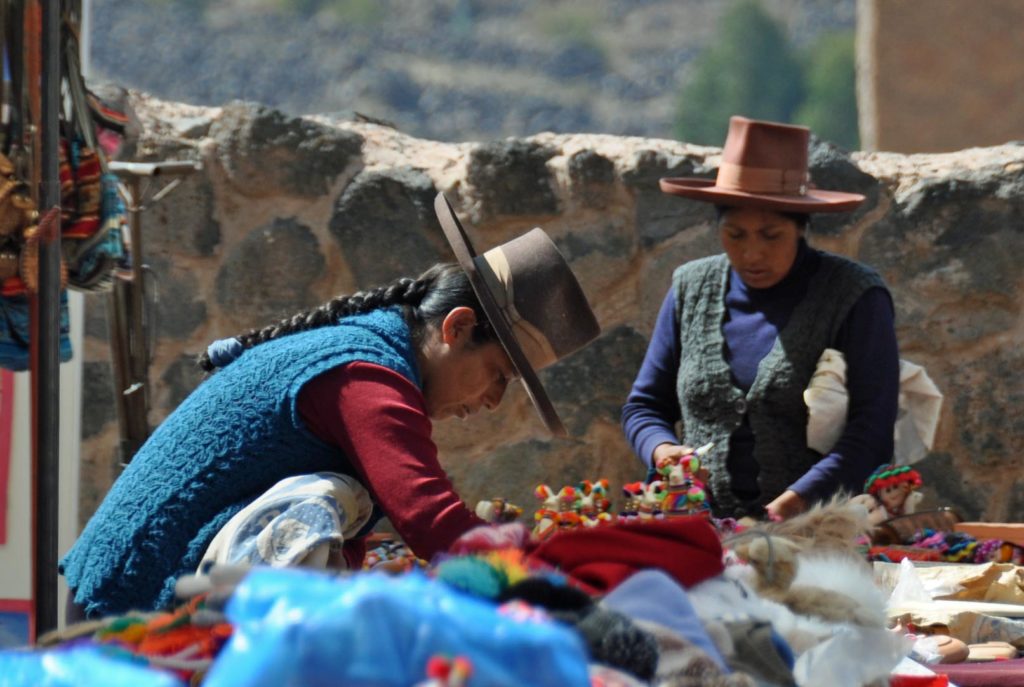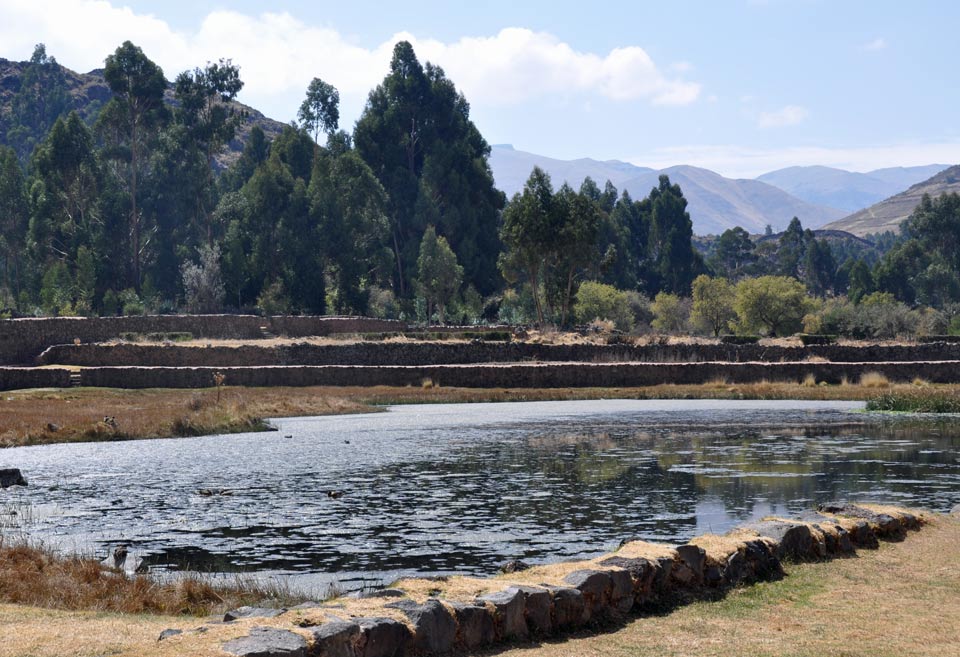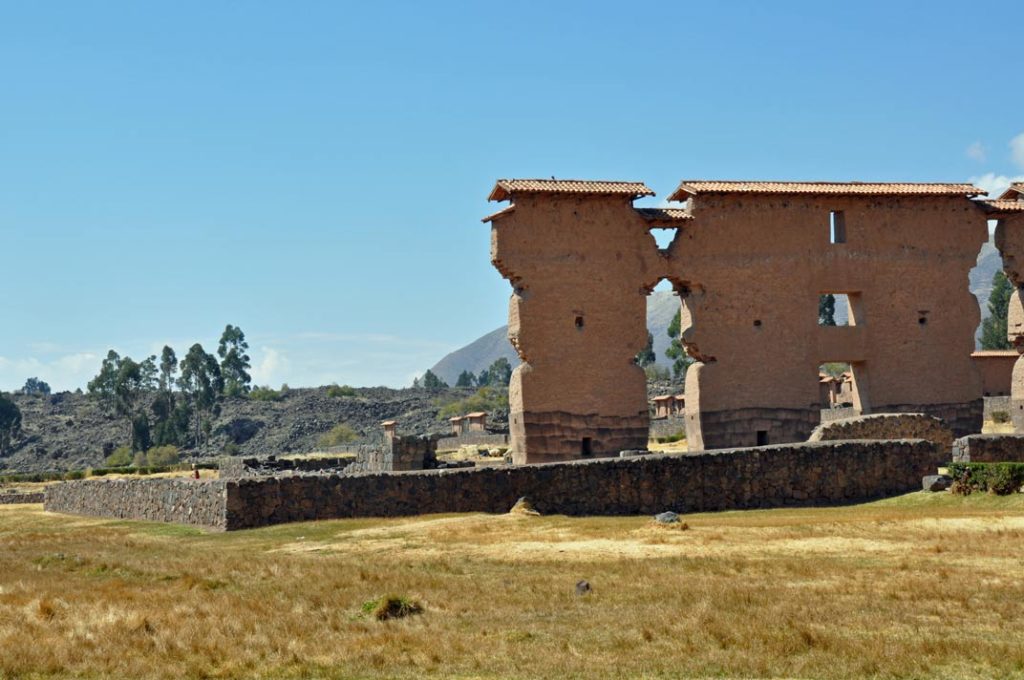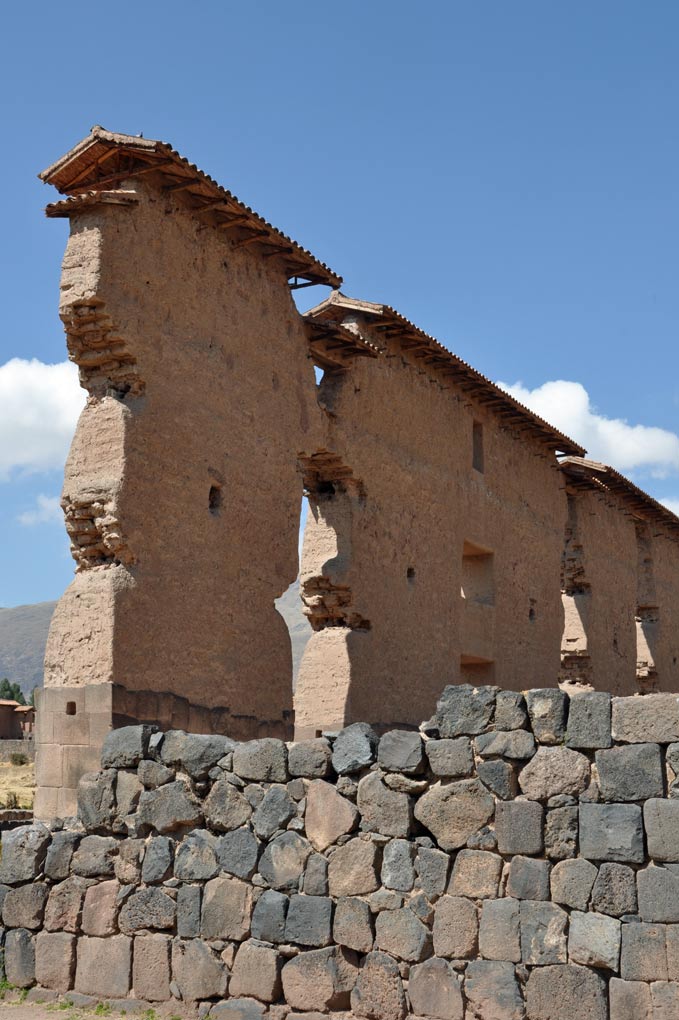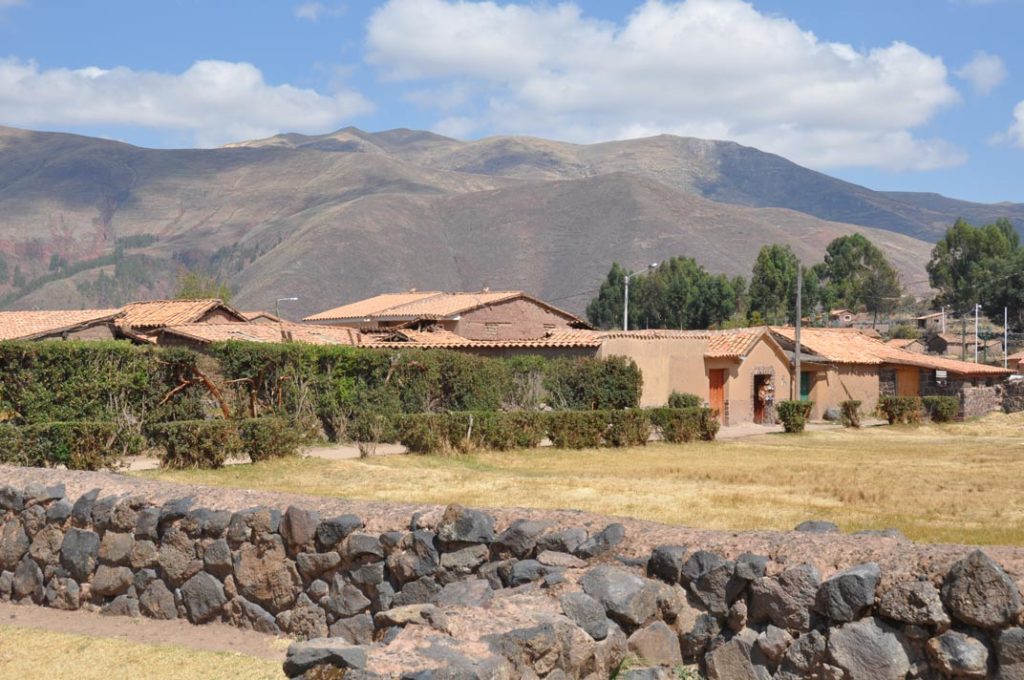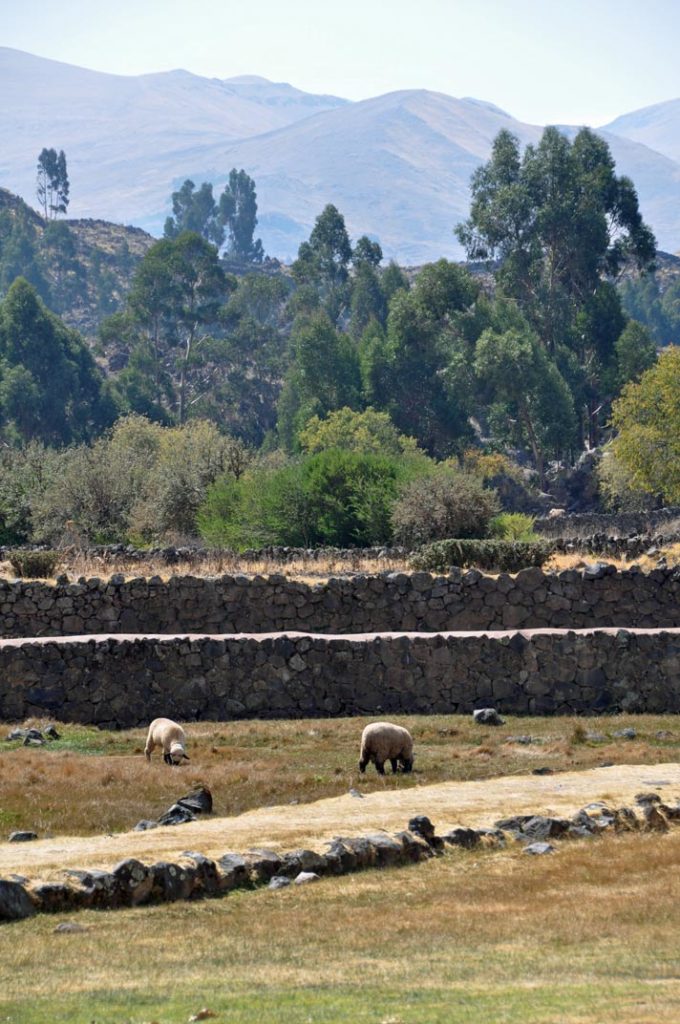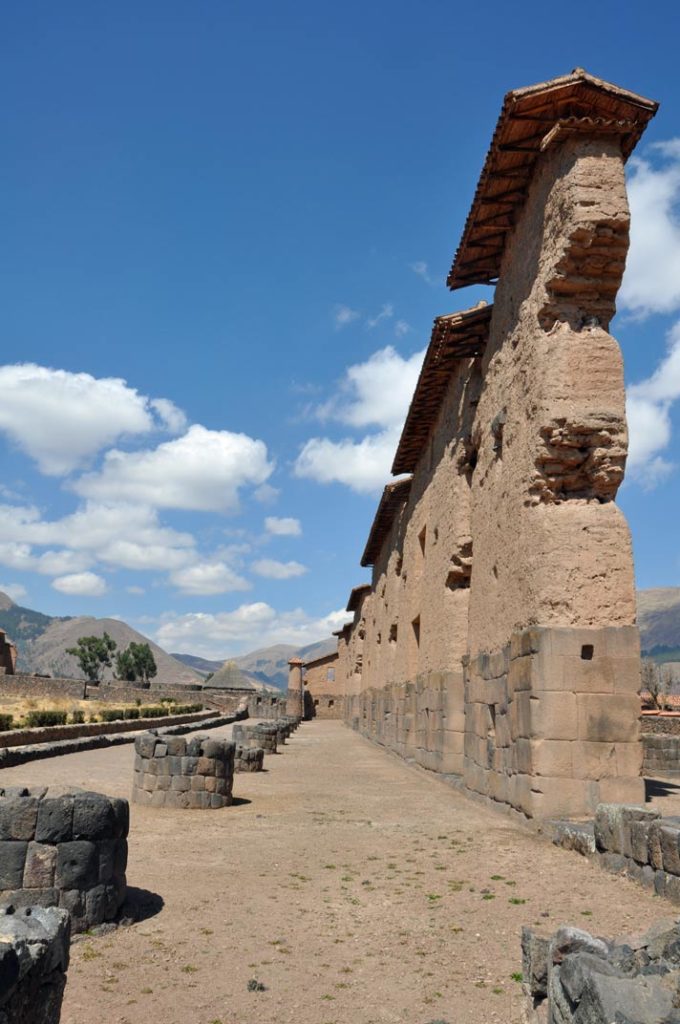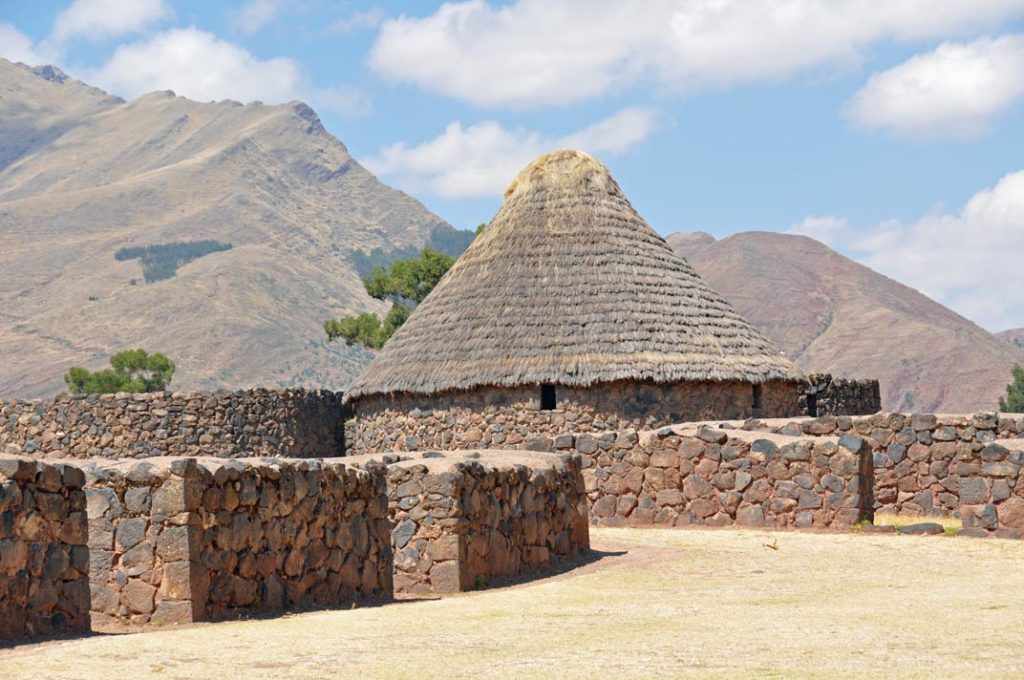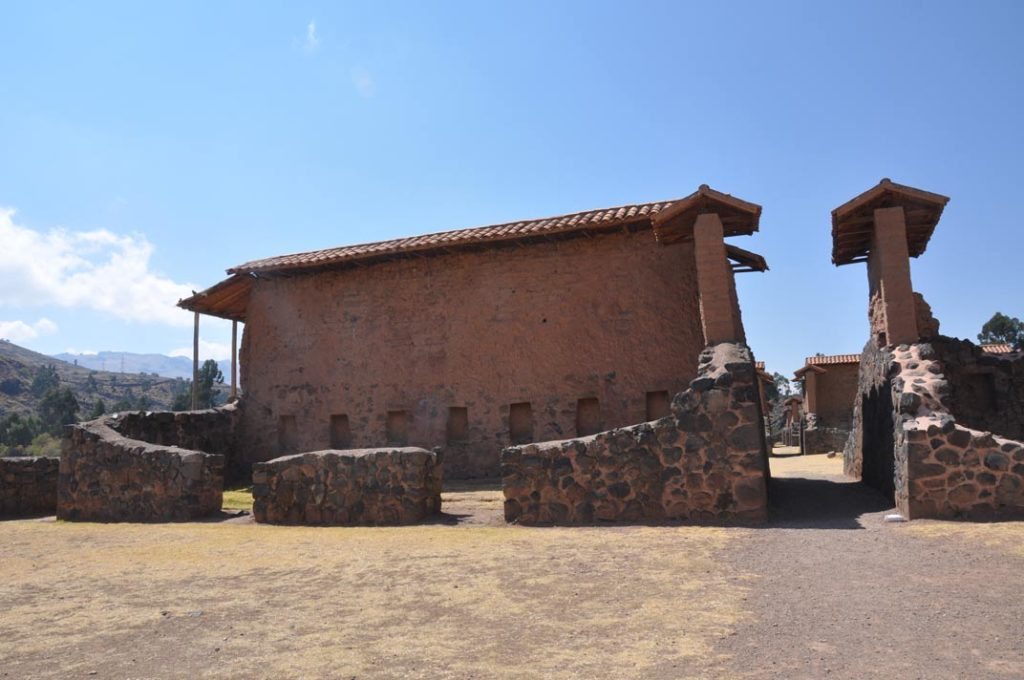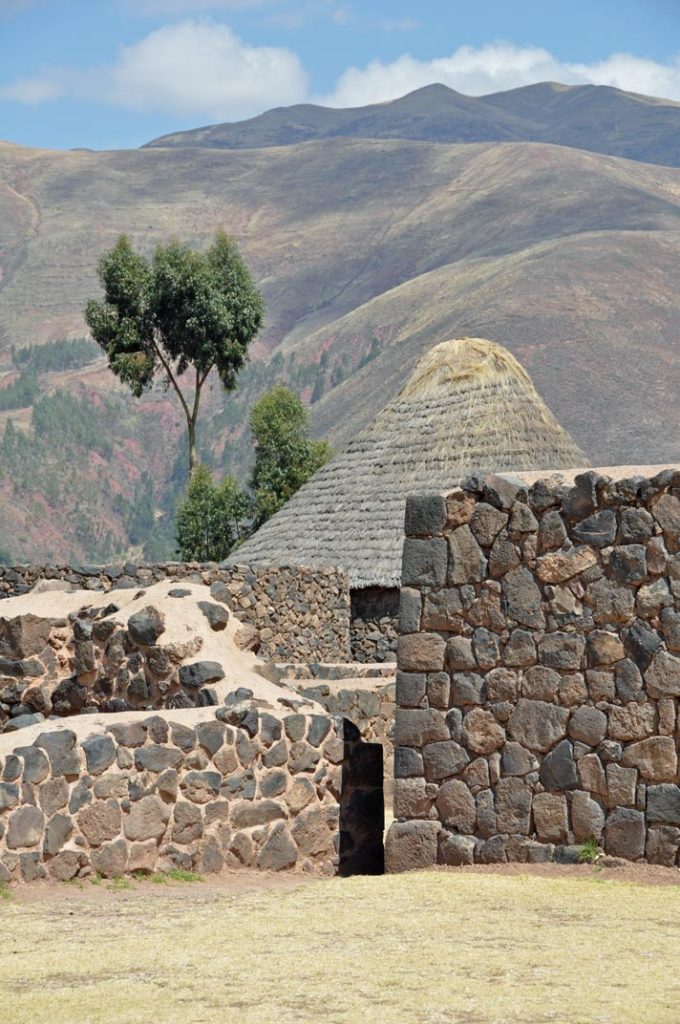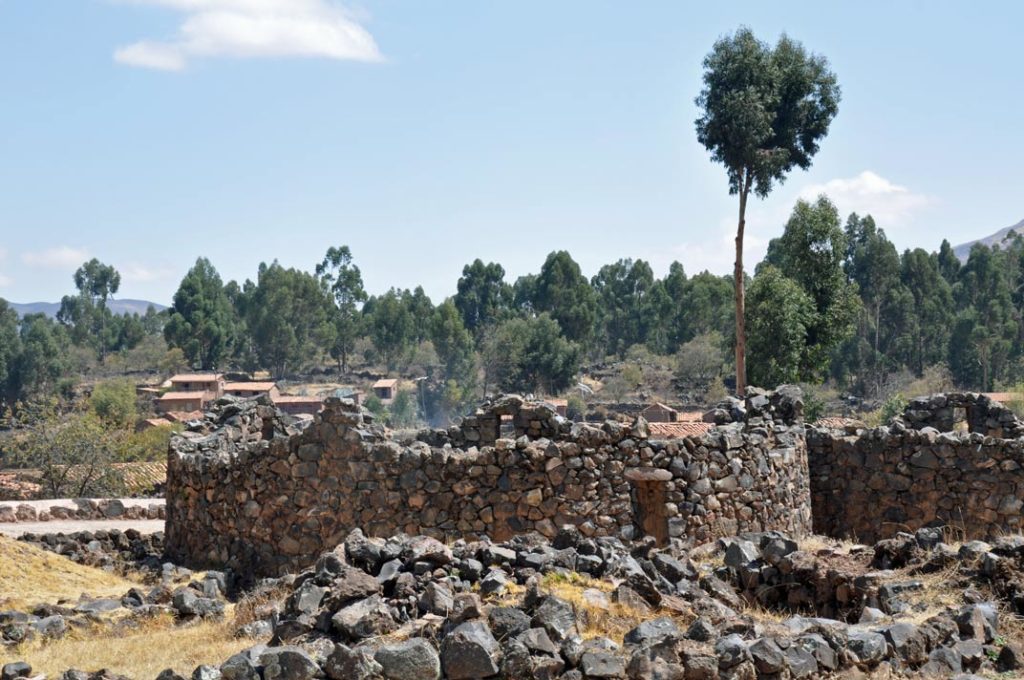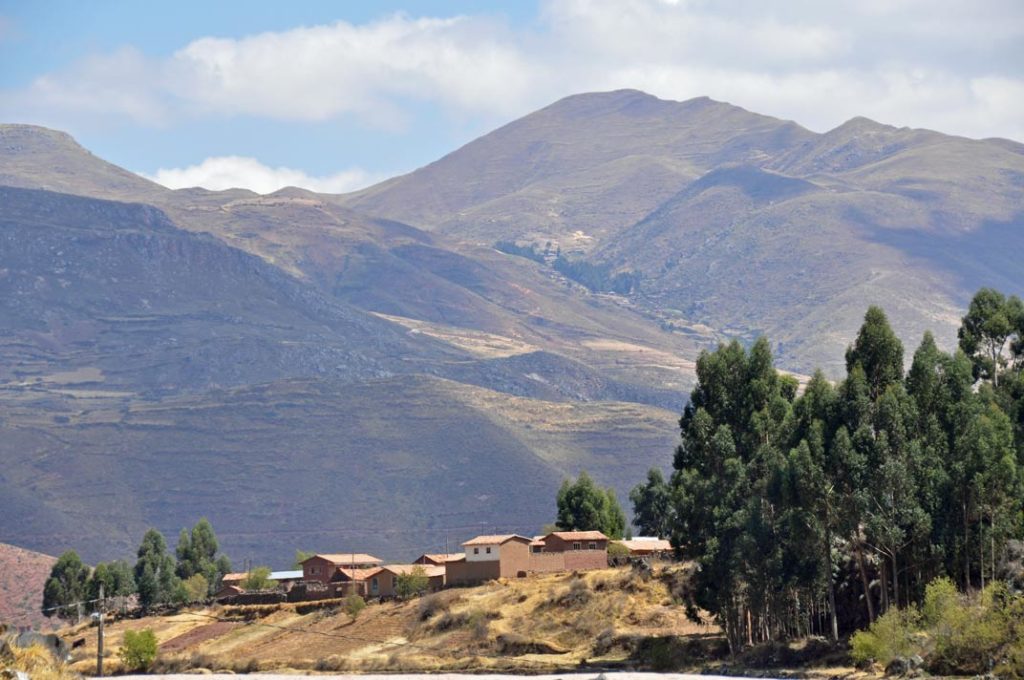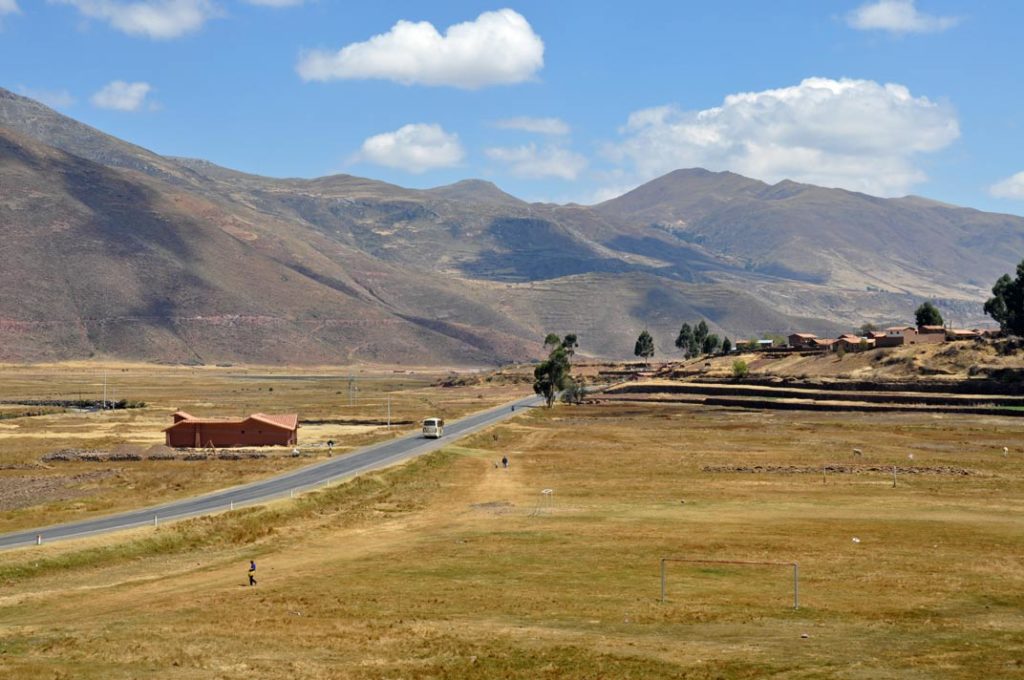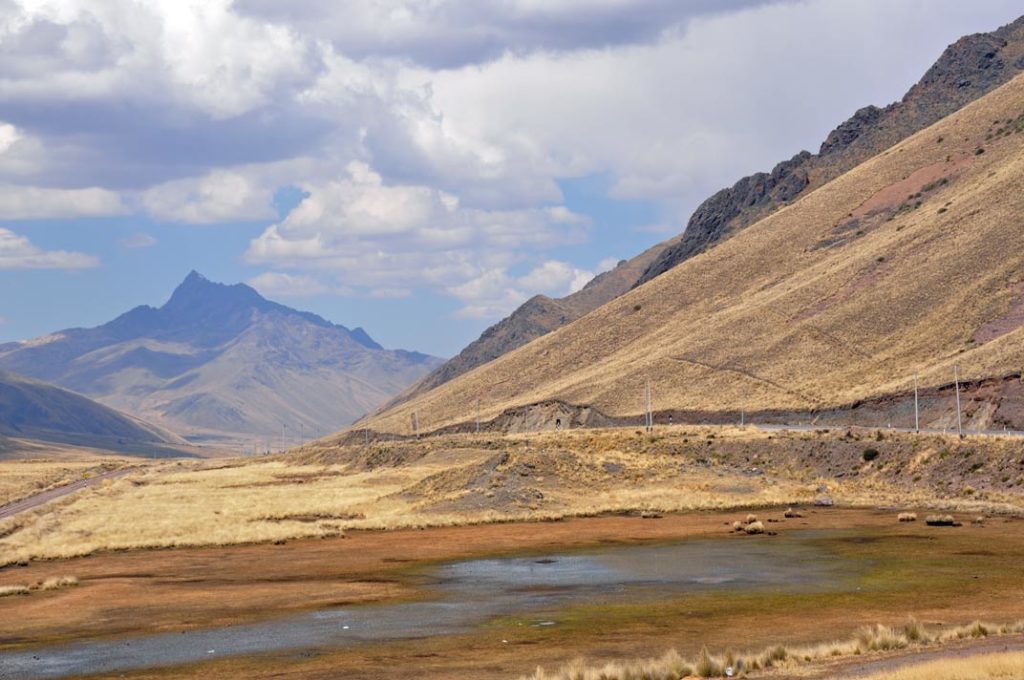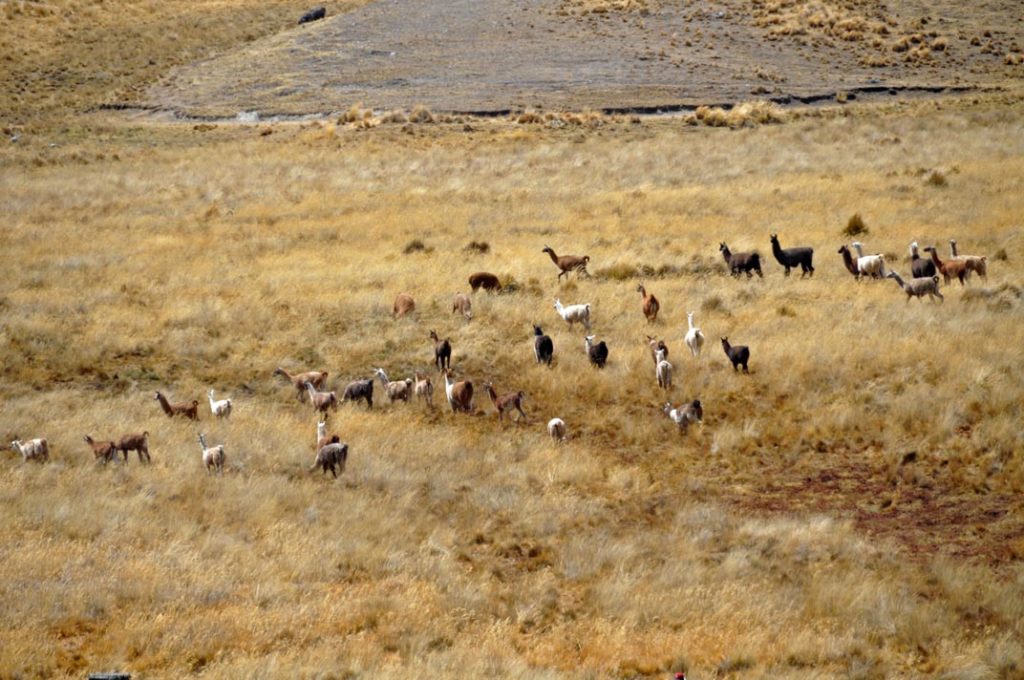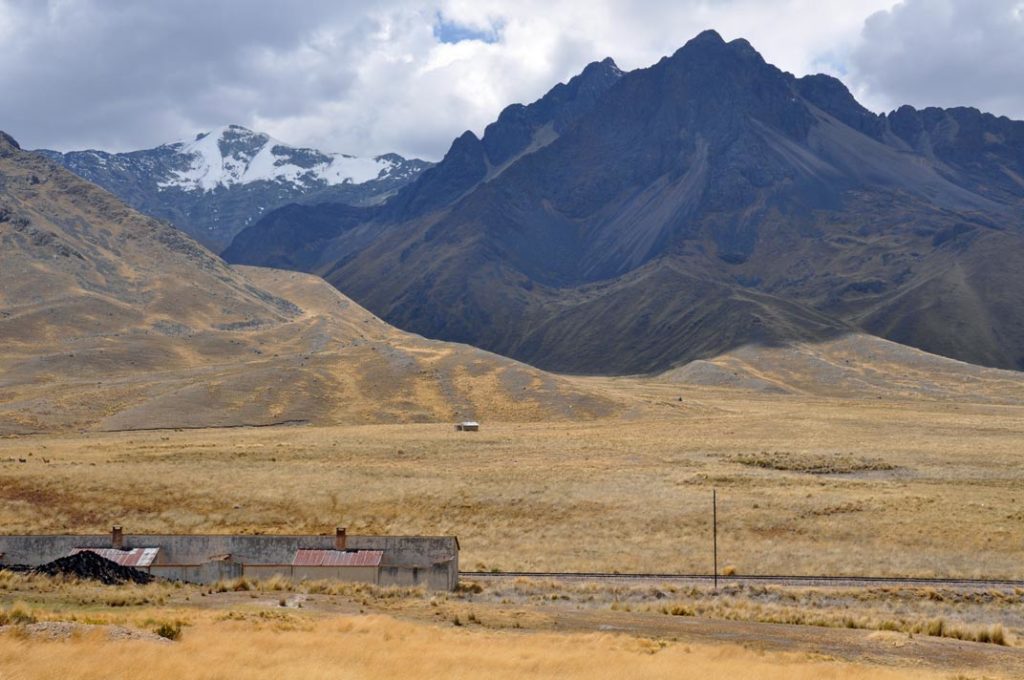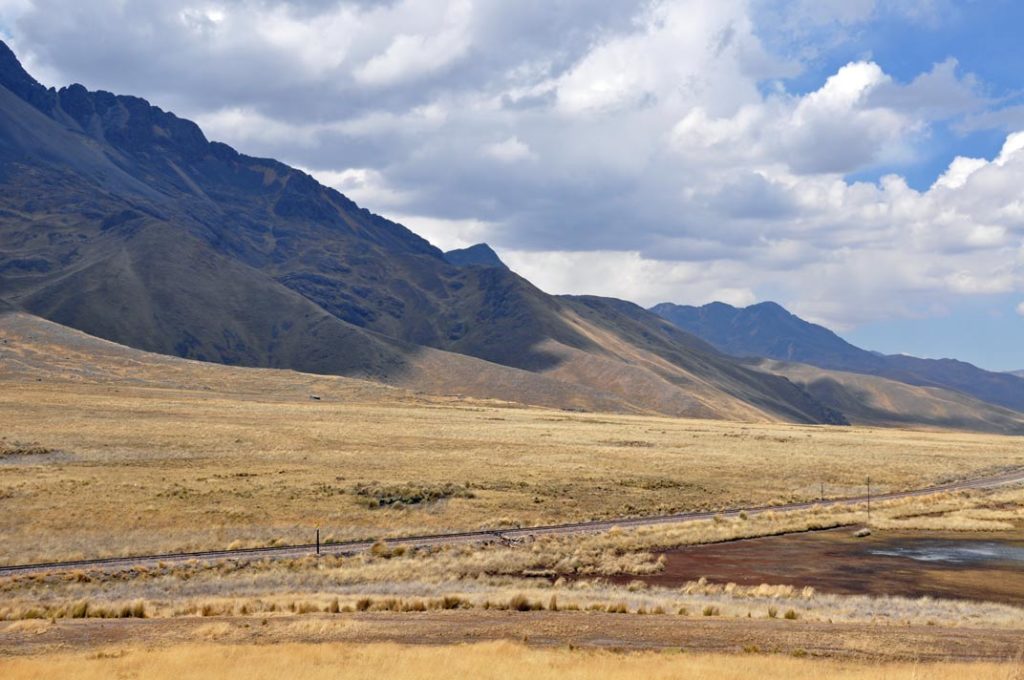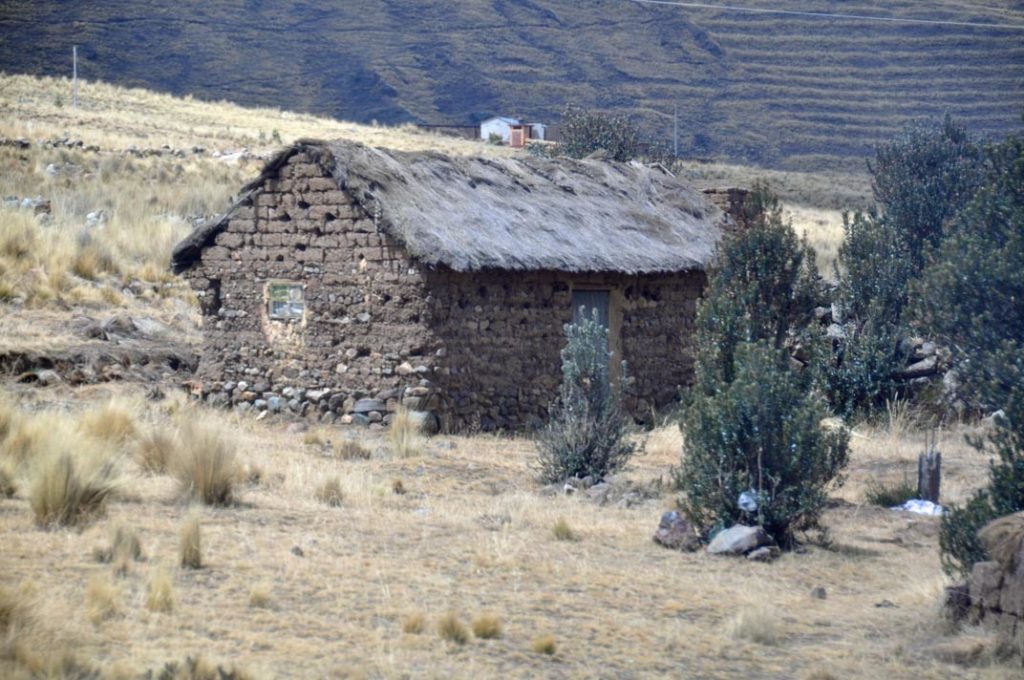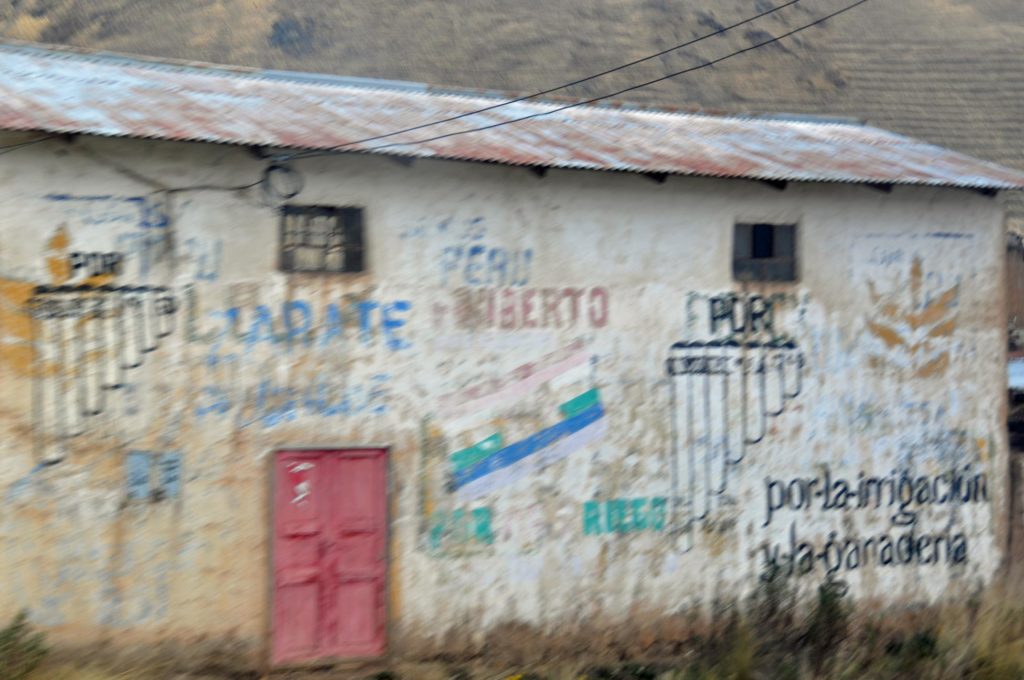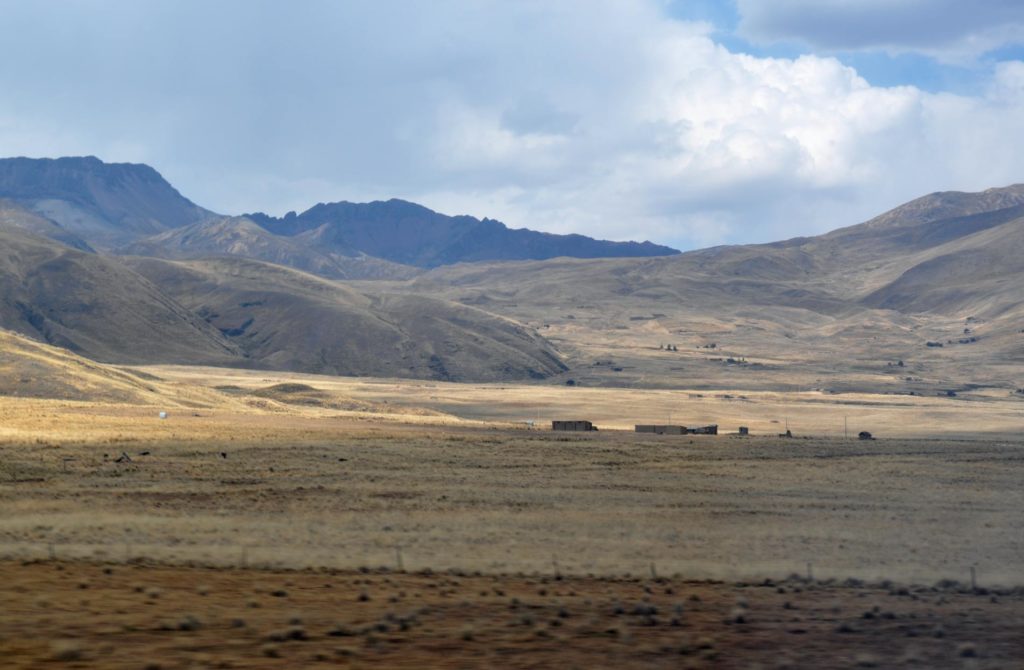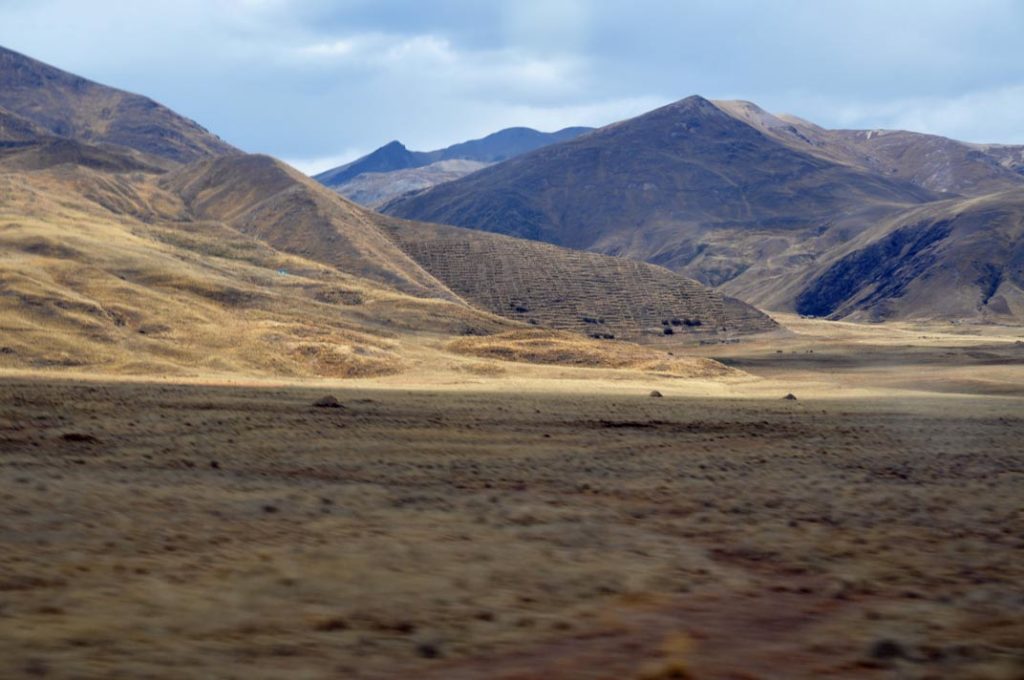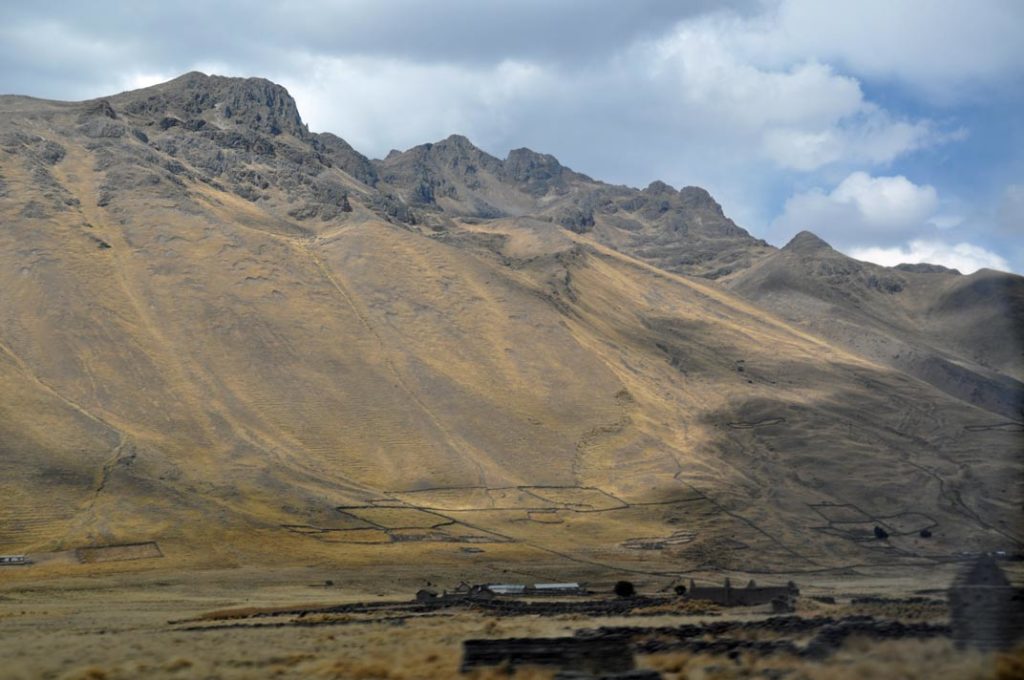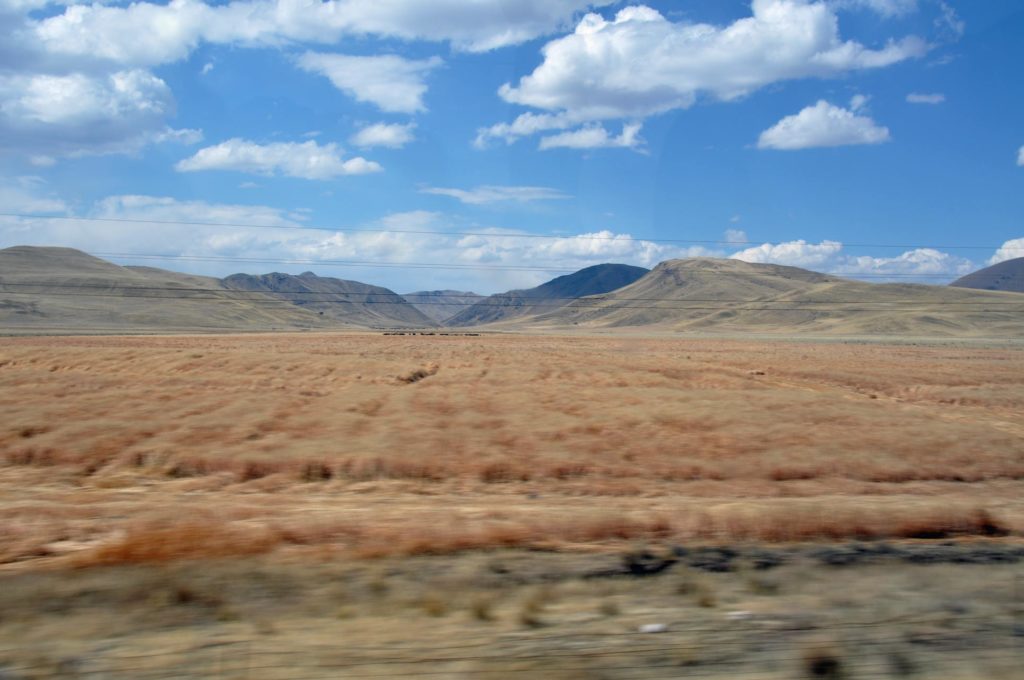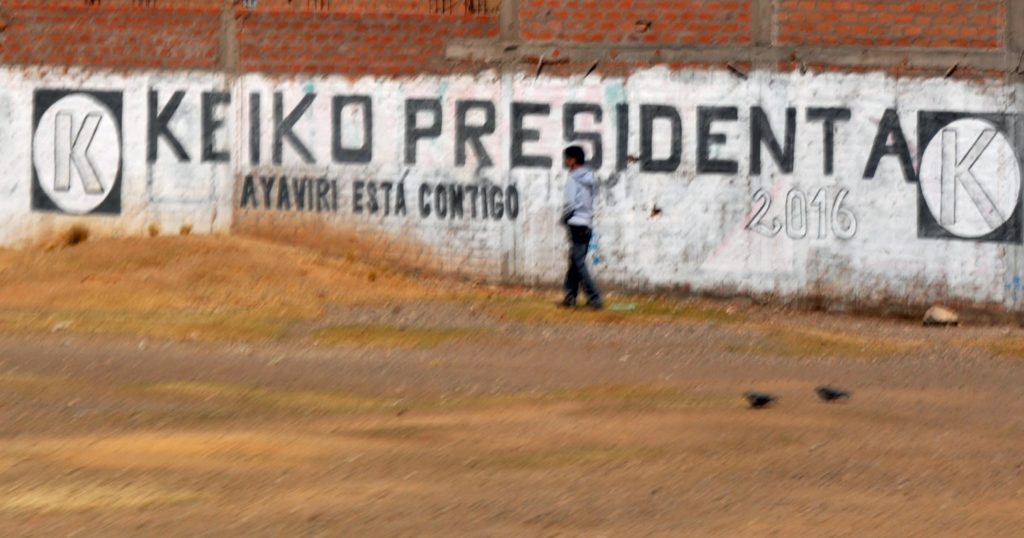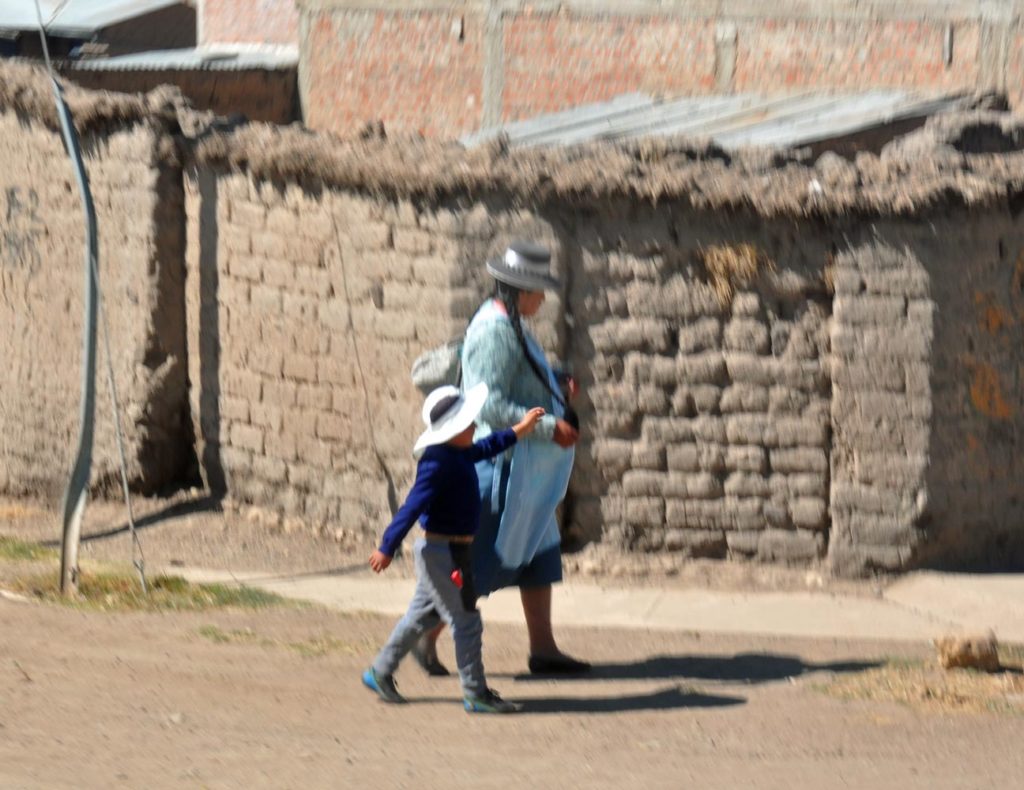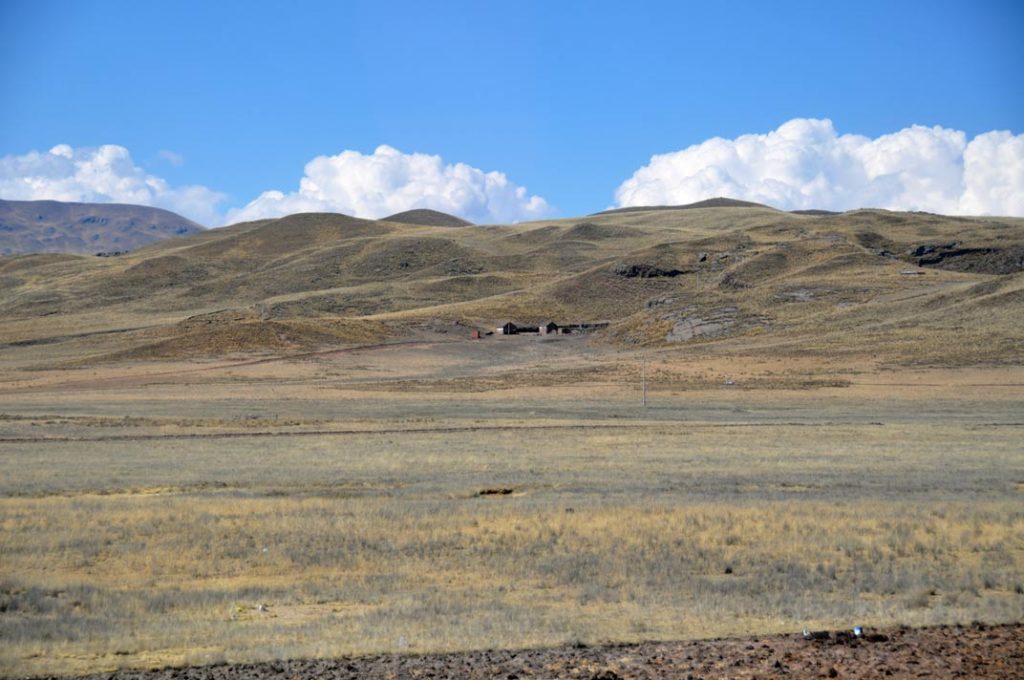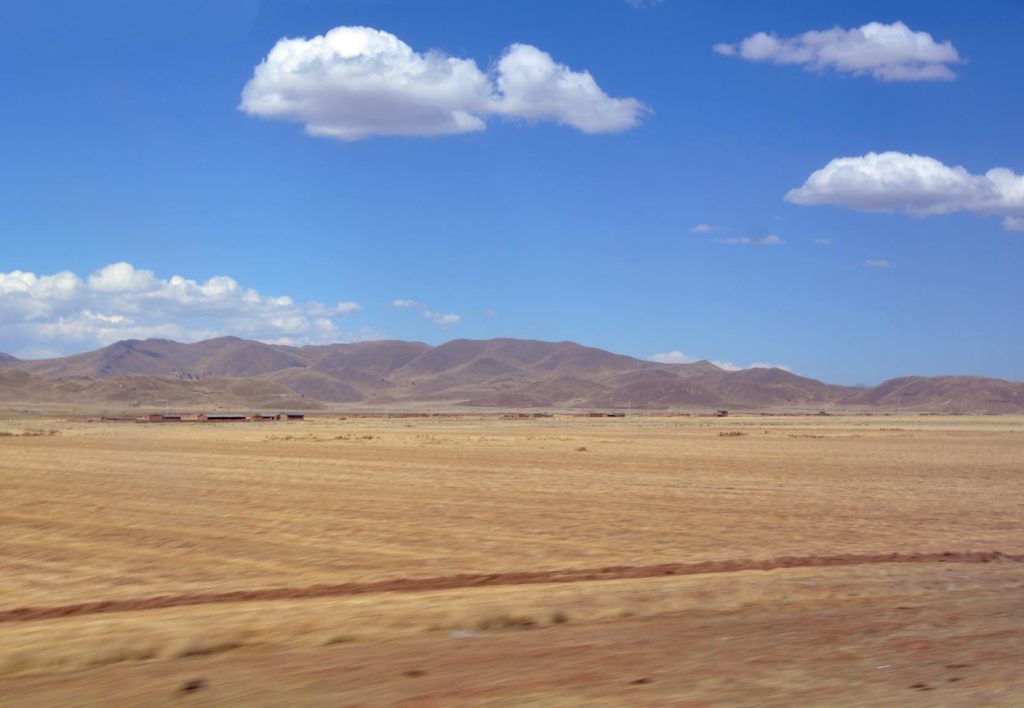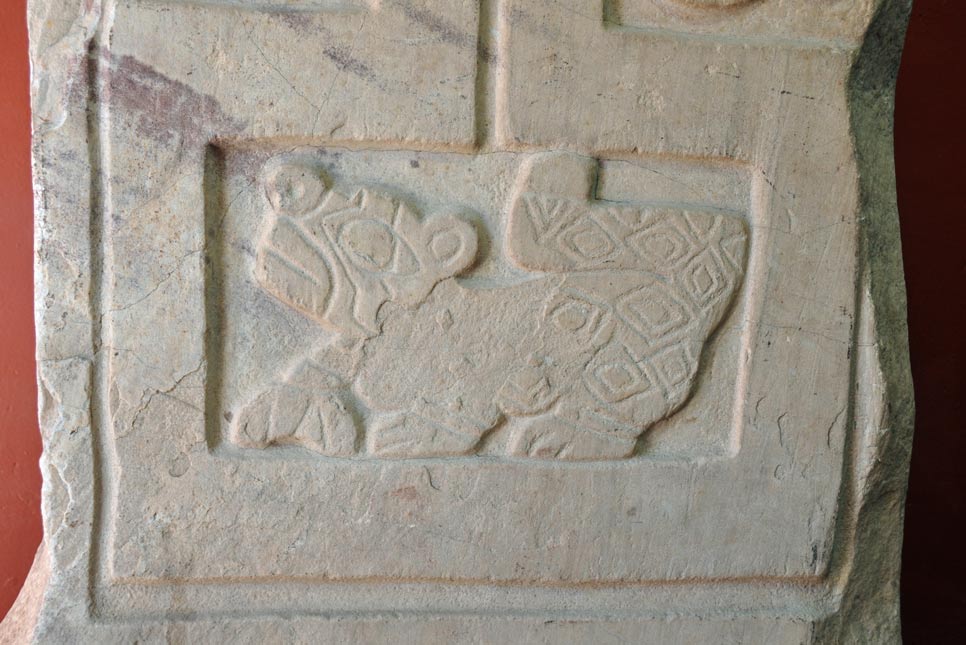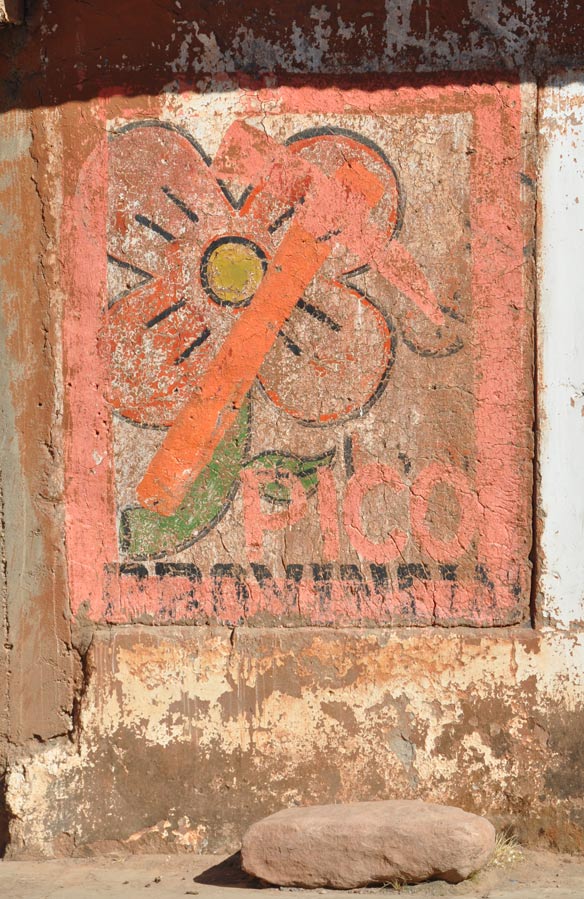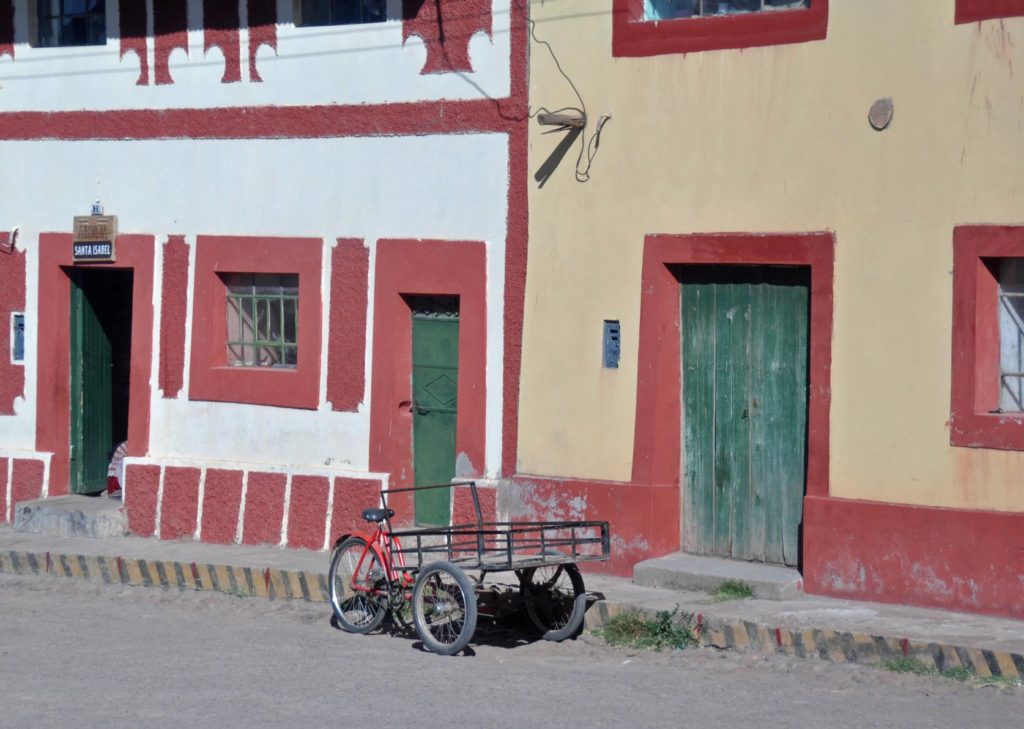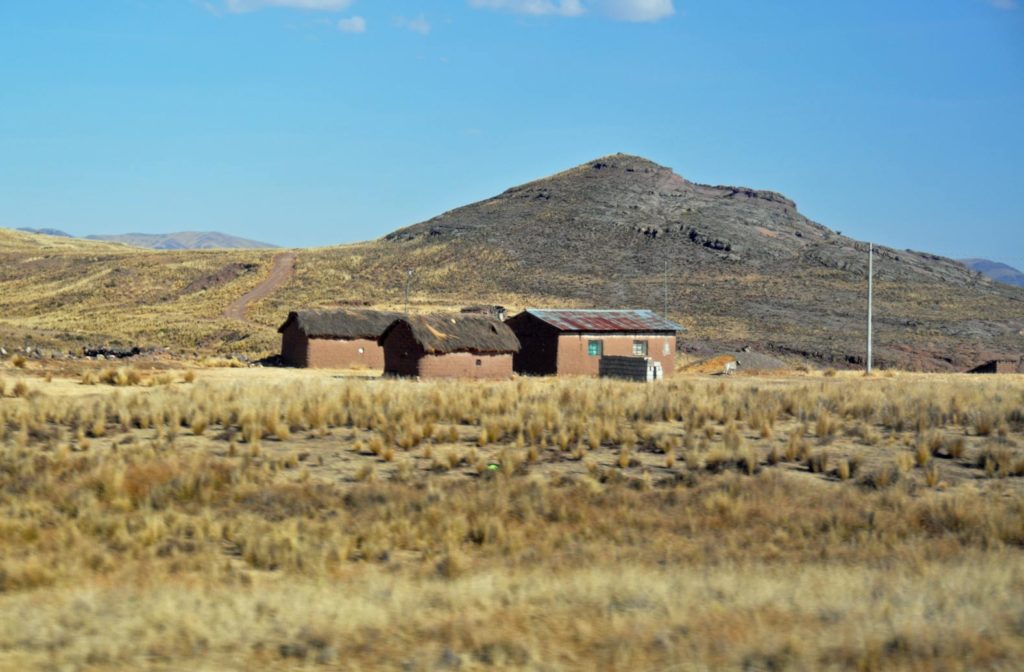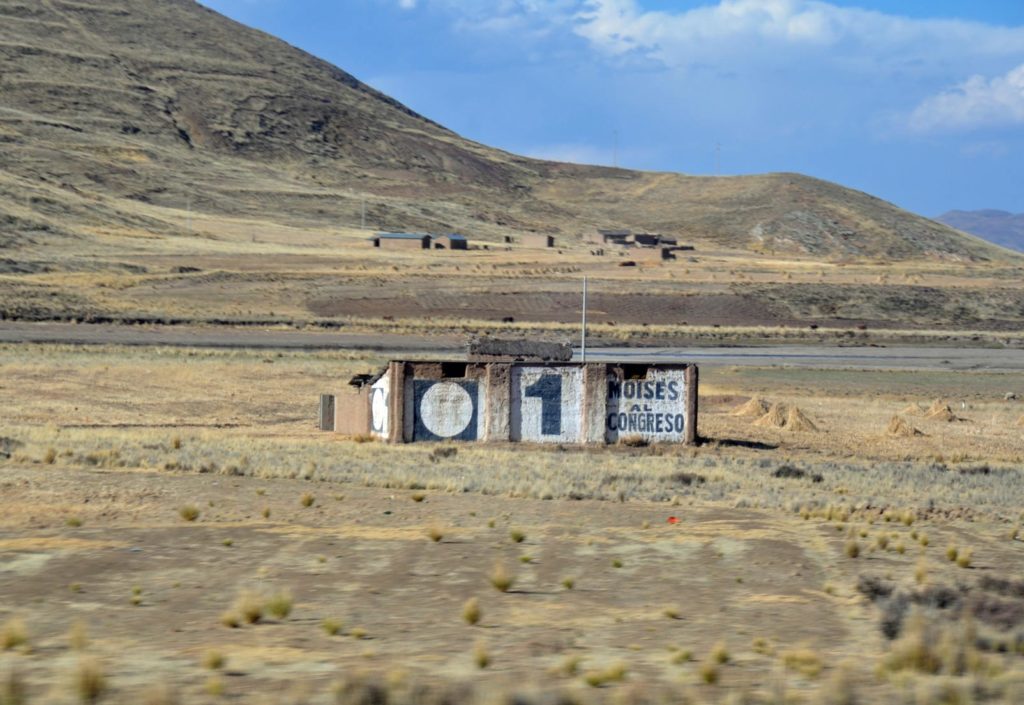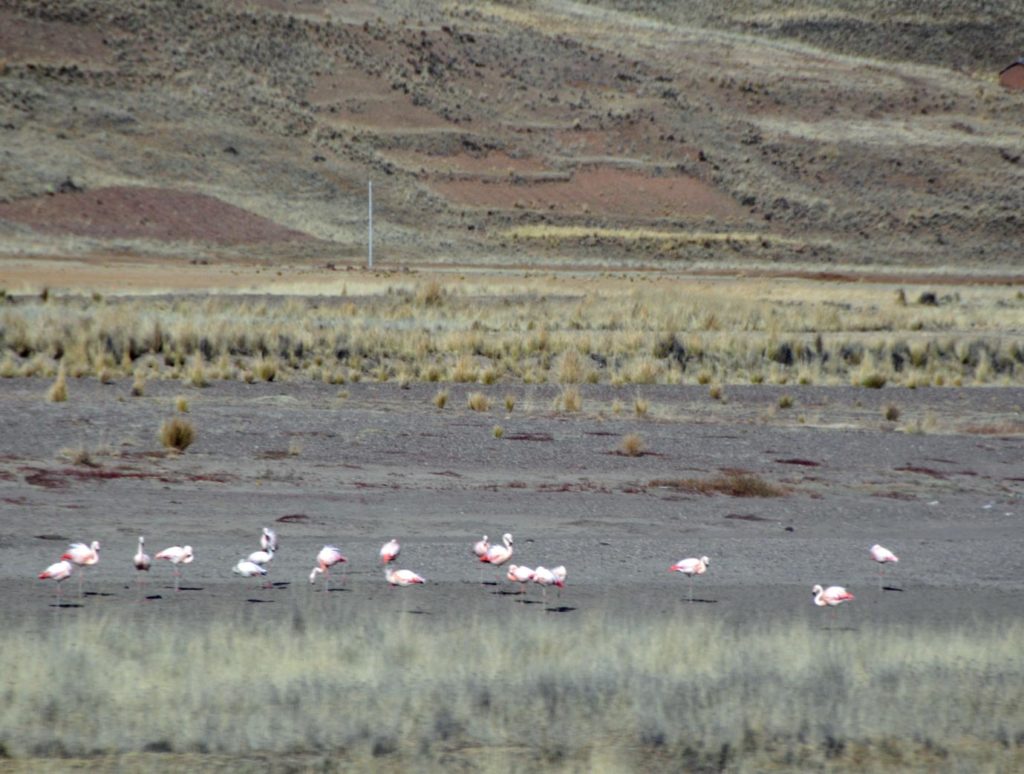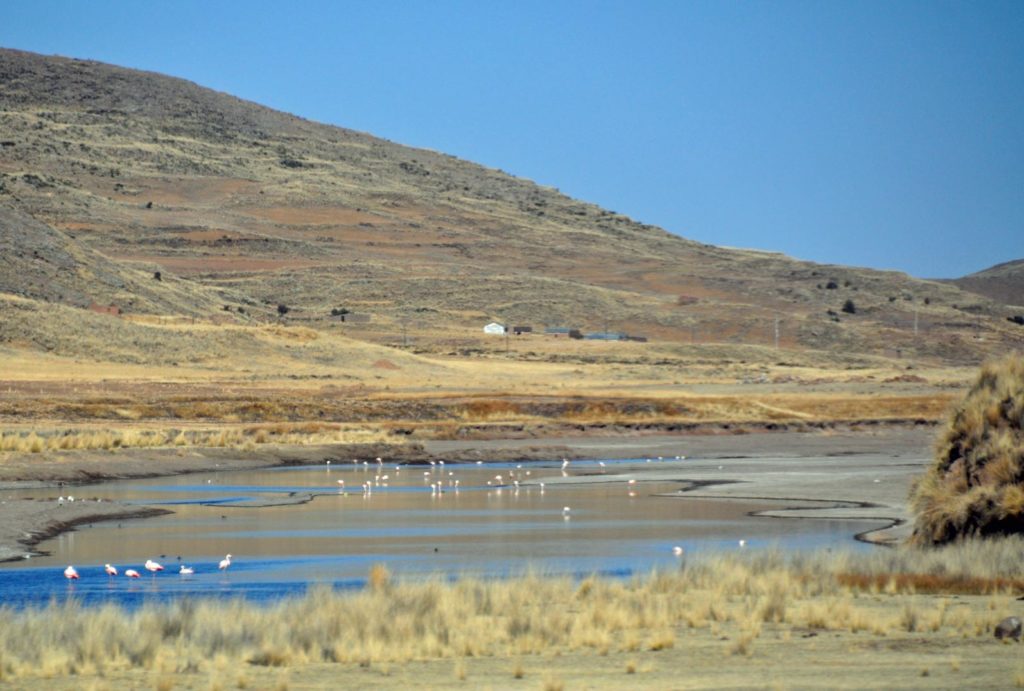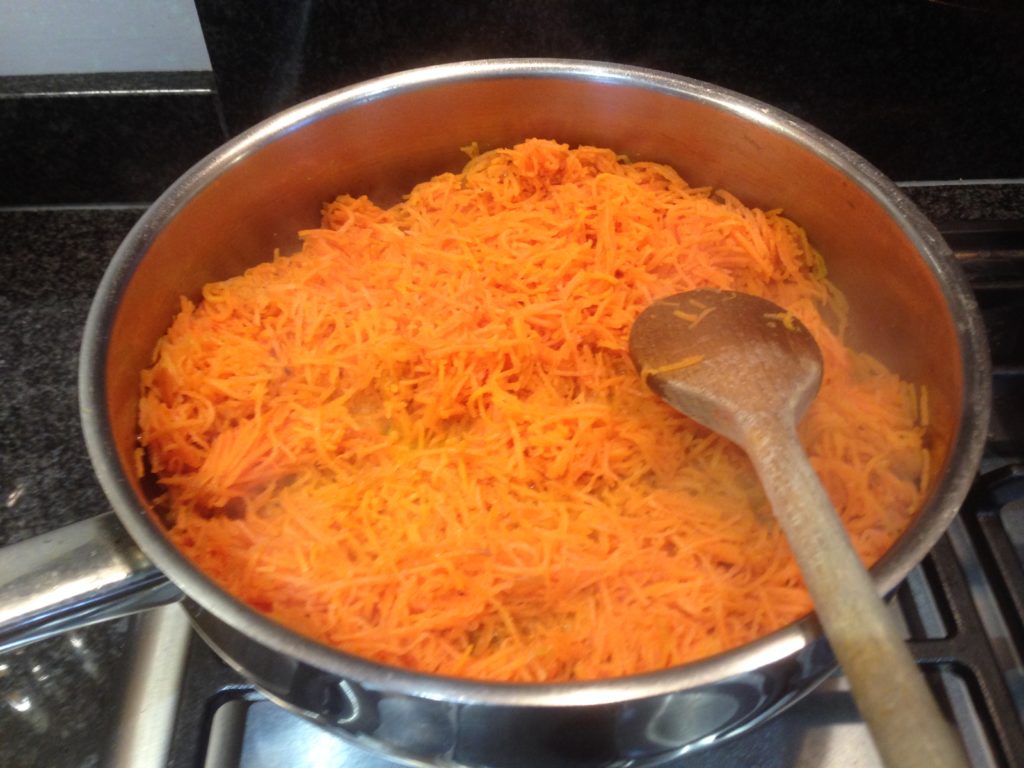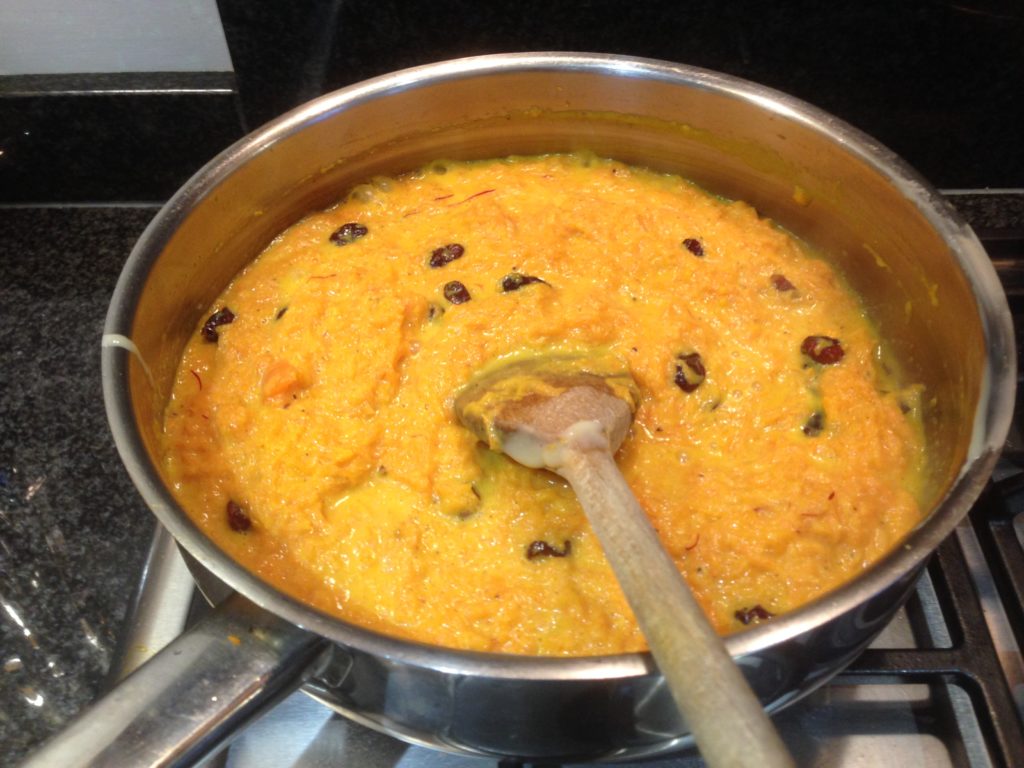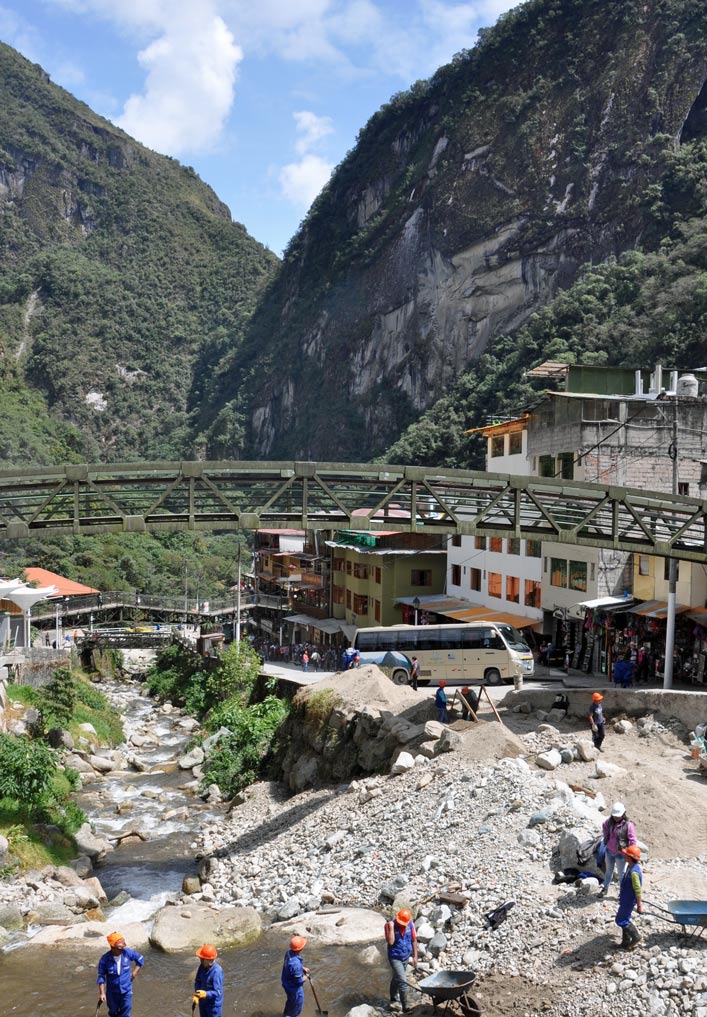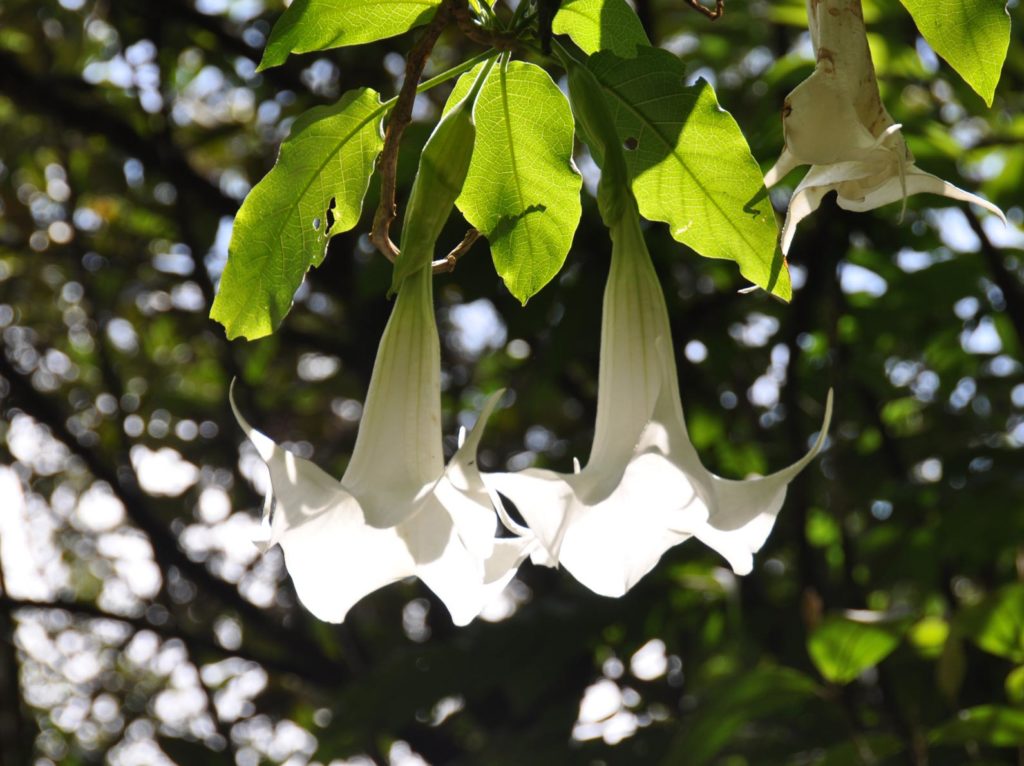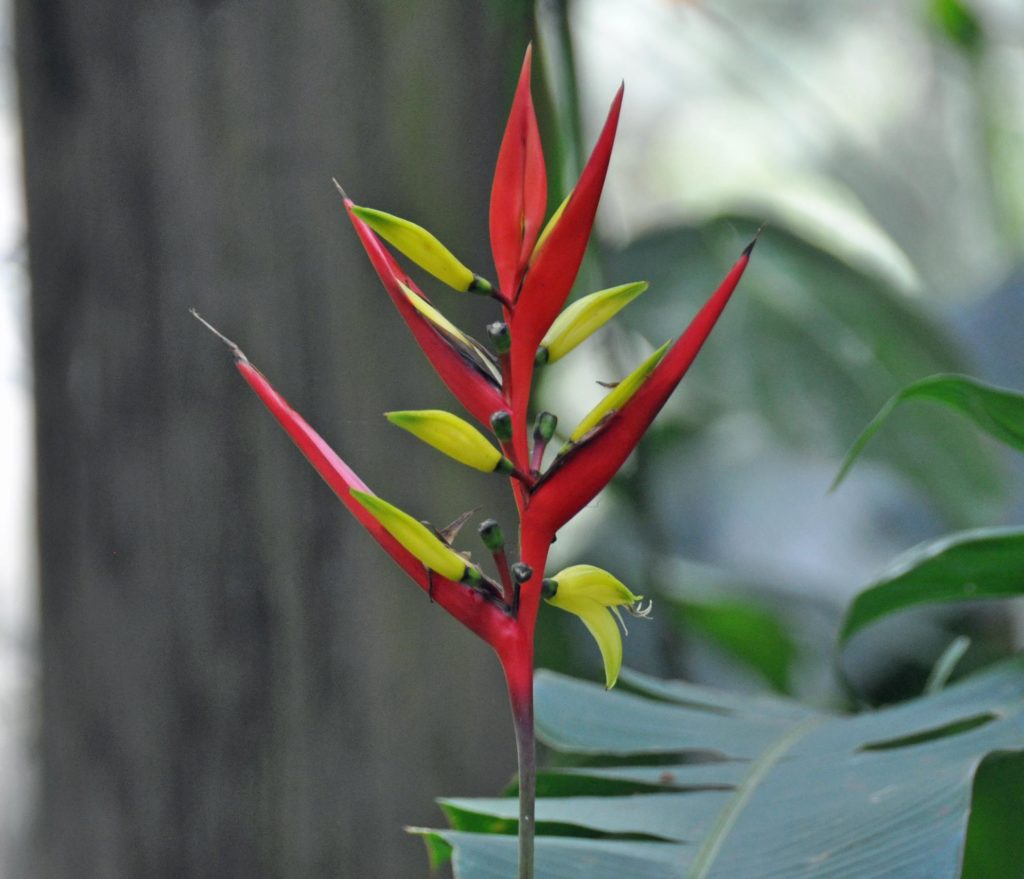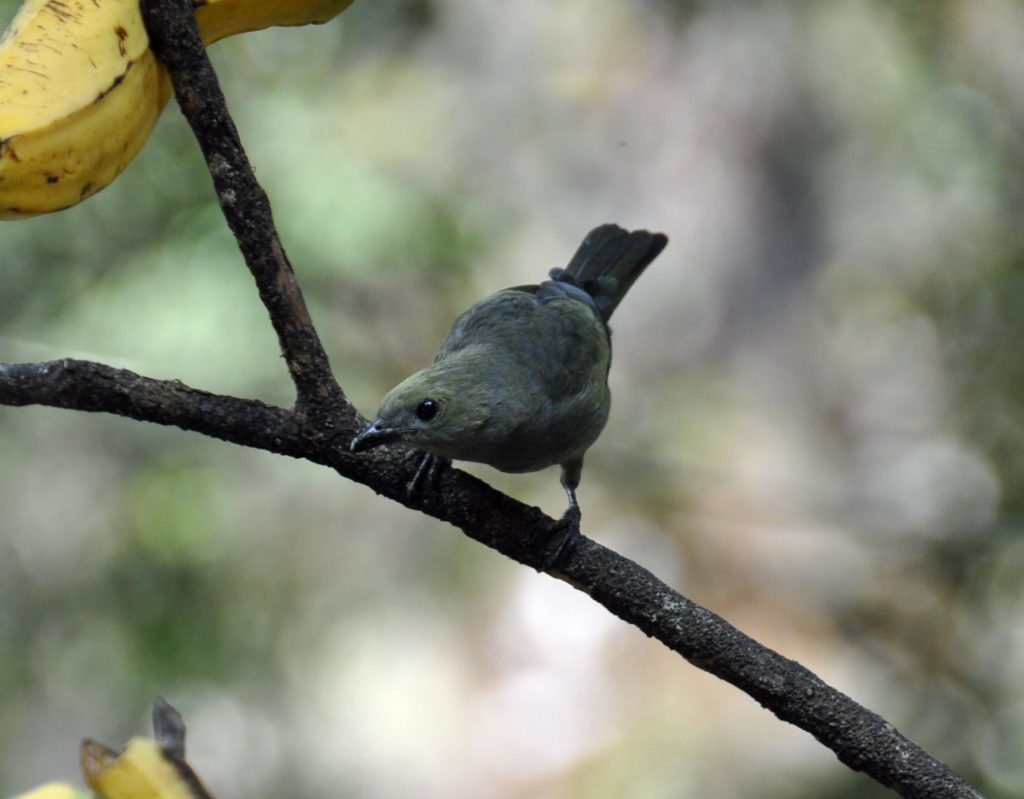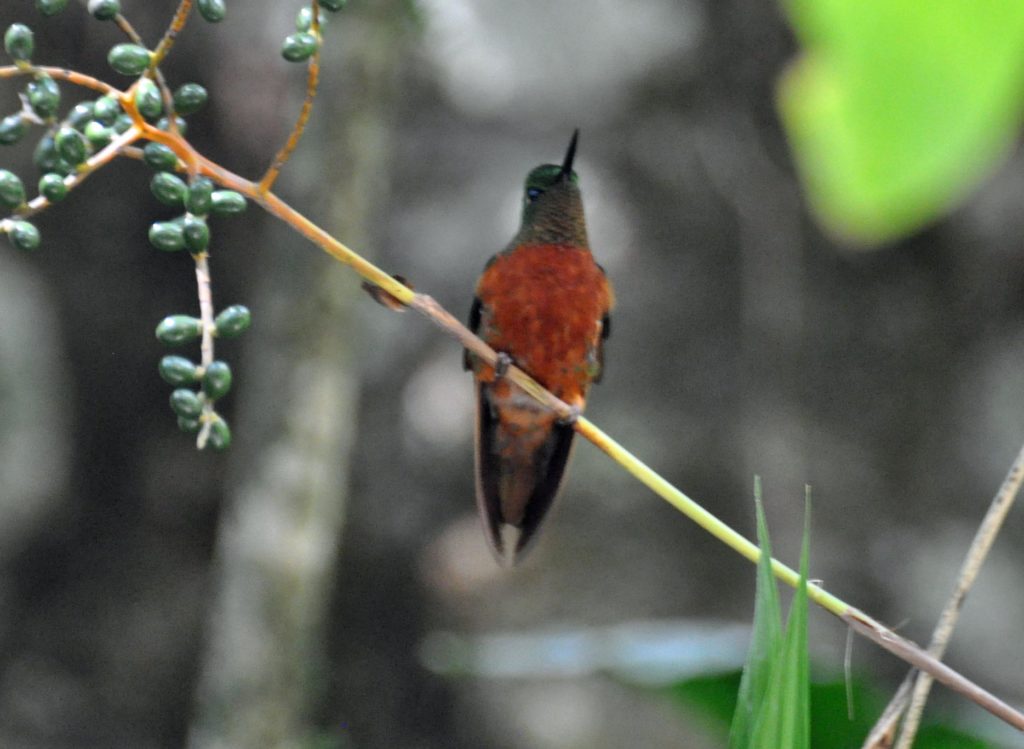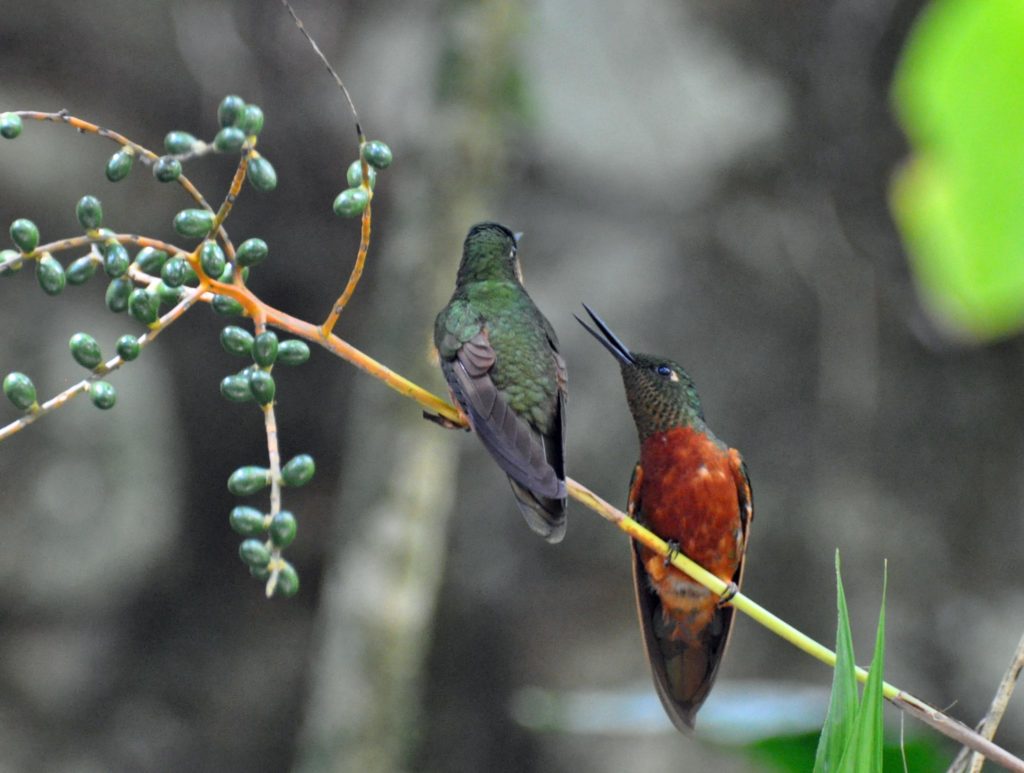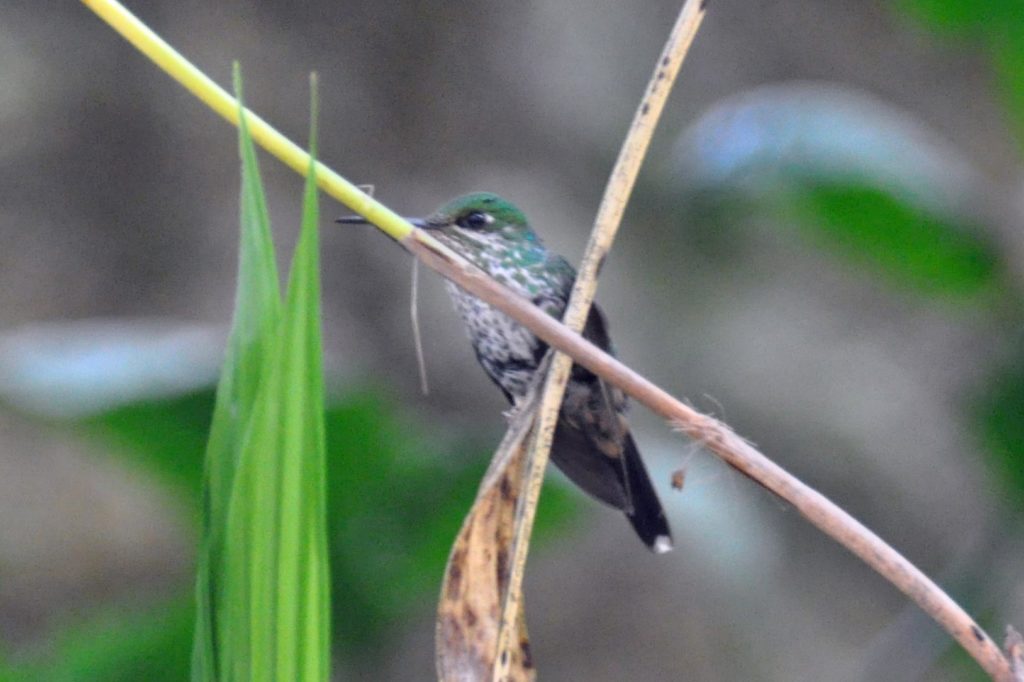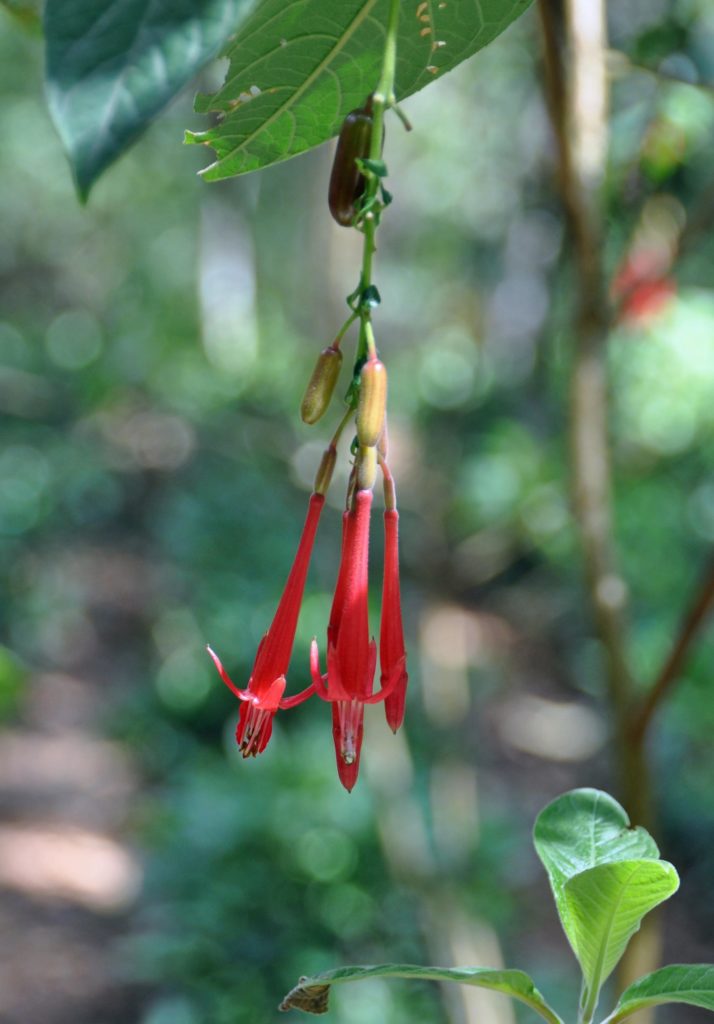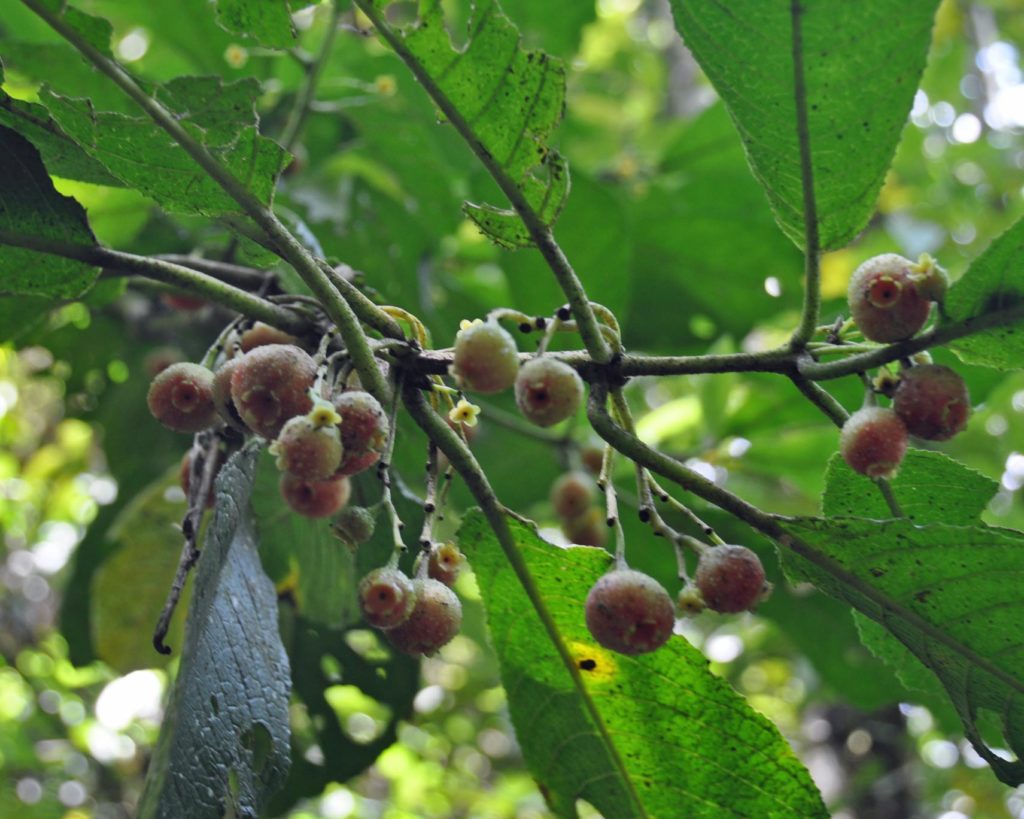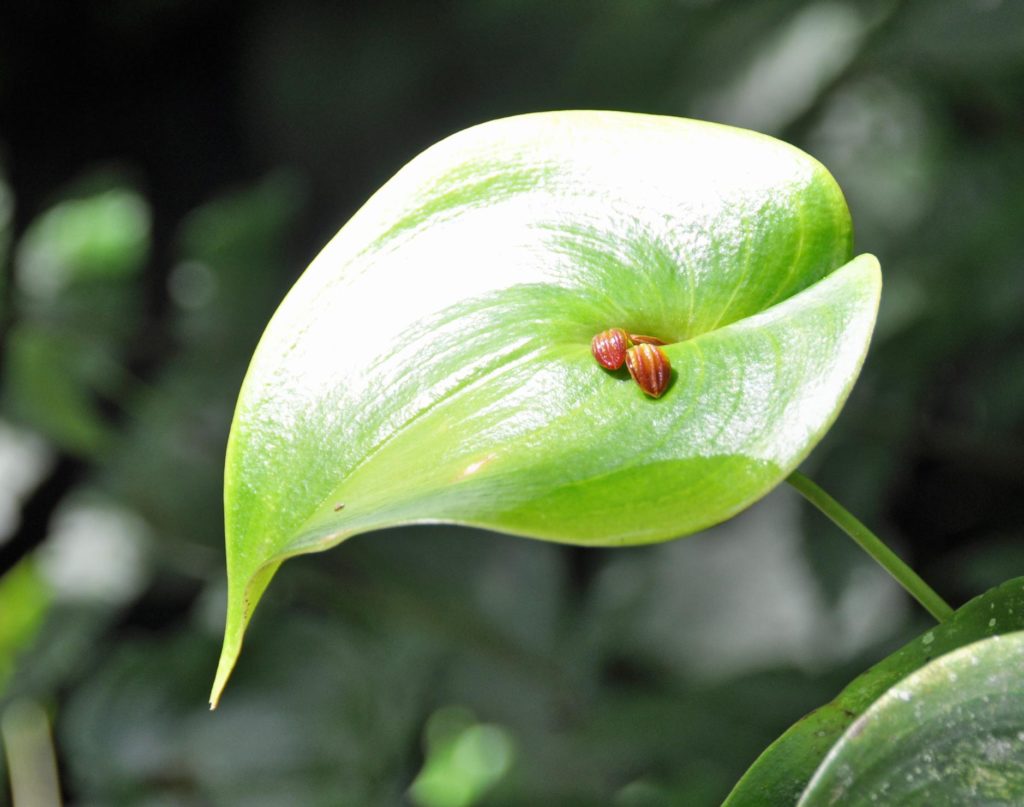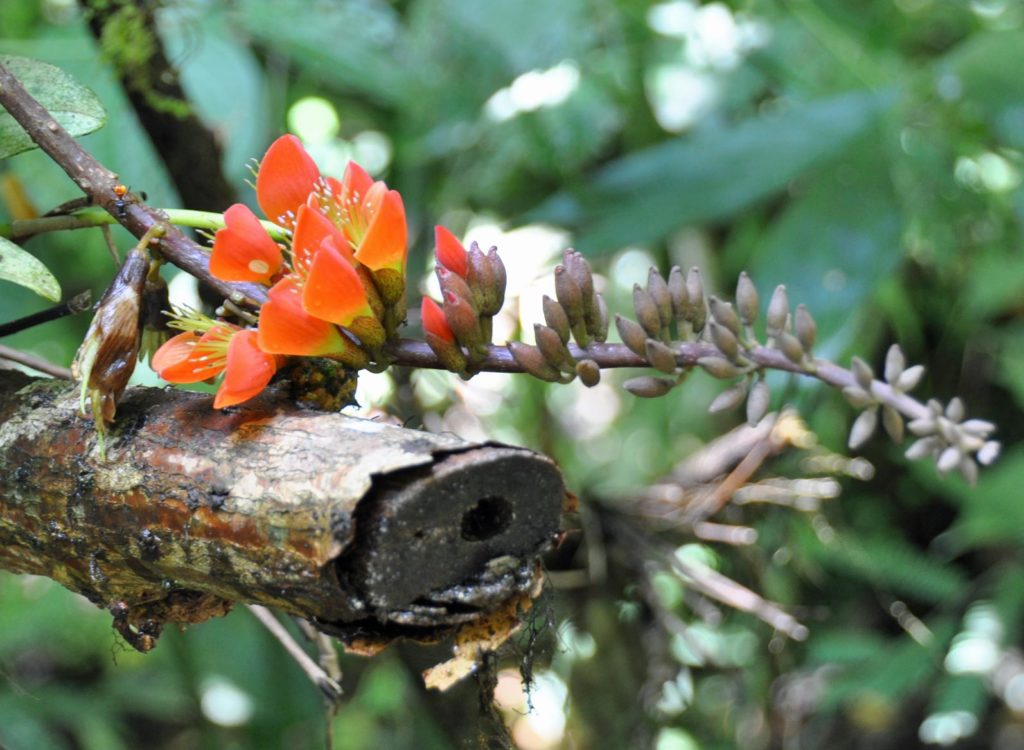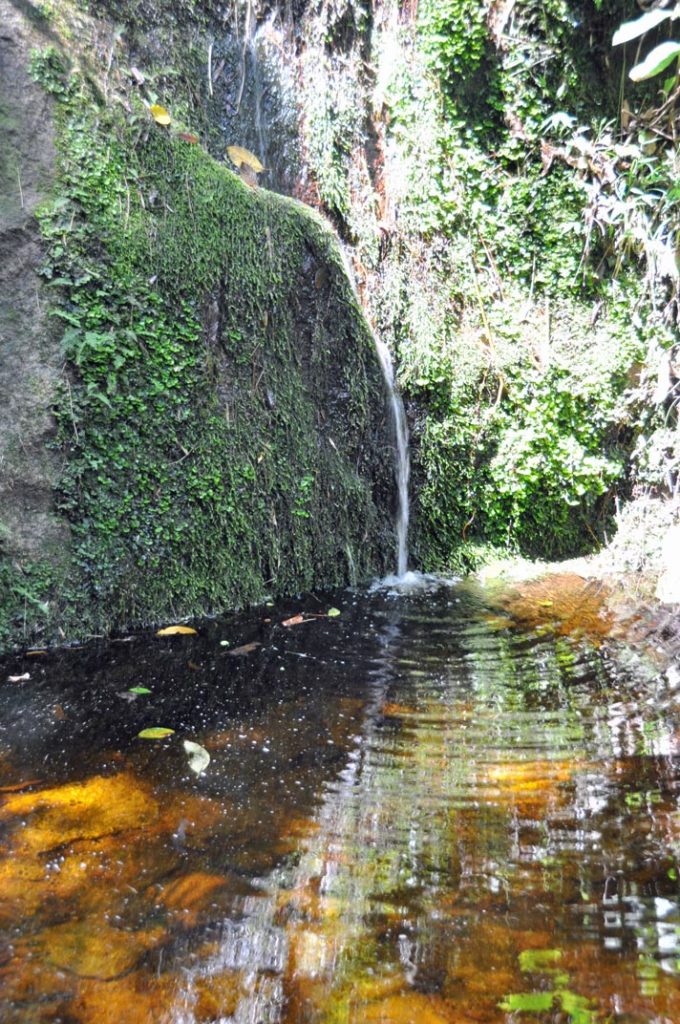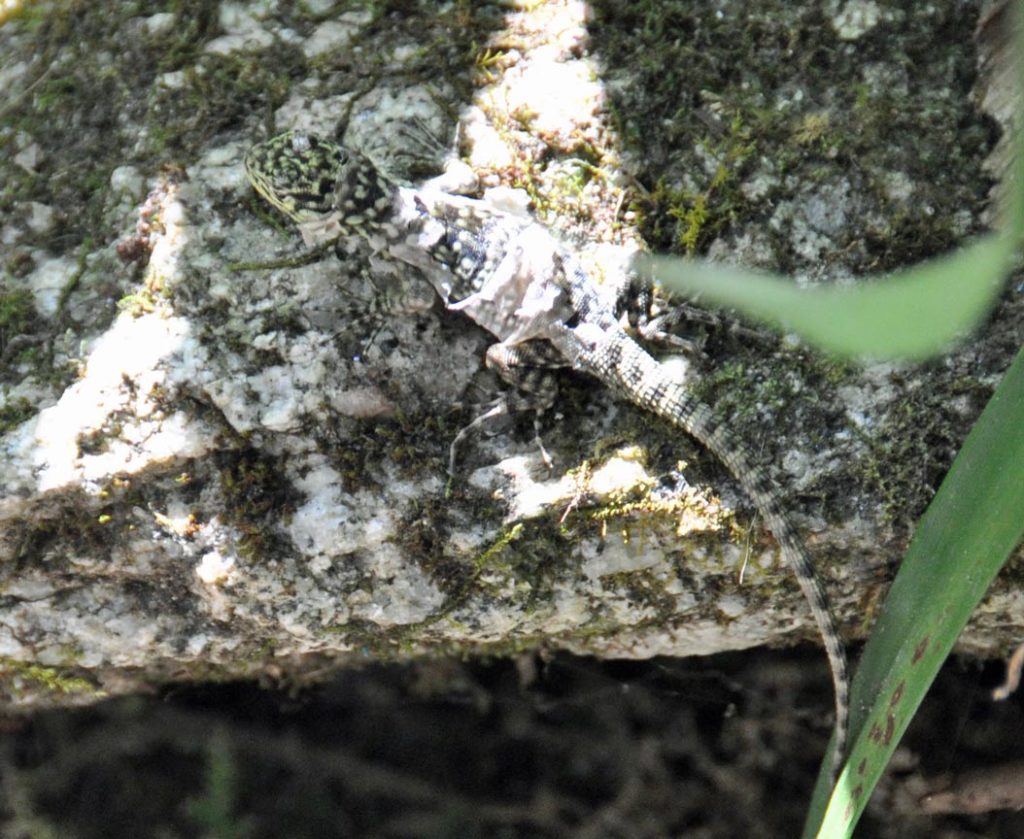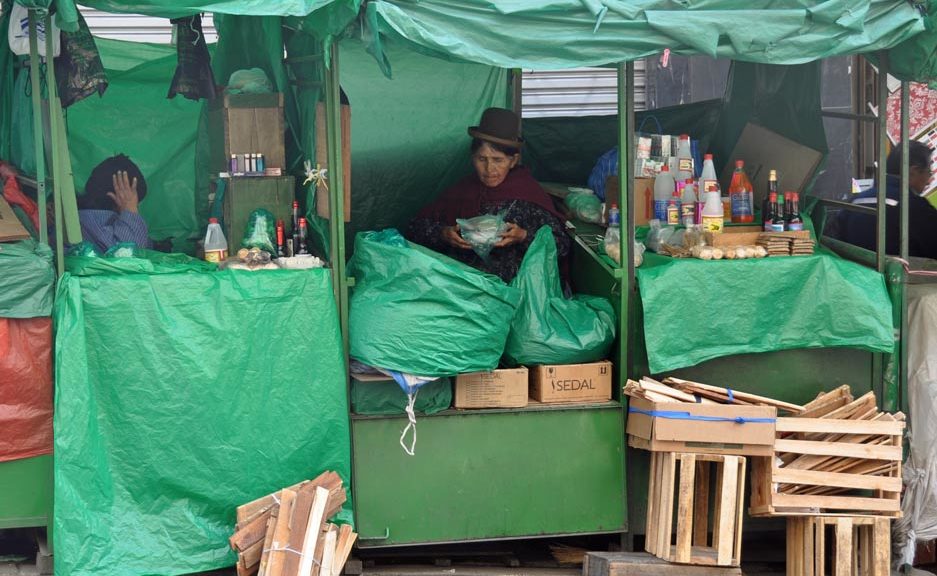In America domestic Violence Awareness Month is drawing to a close. The Violence Policy Center has just released its annual report on domestic violence homicides. According to the report, about three women are murdered every day in the United States by an intimate partner, which means that during the month of October, at least 93 women lost their lives to domestic violence.
Many of them were murdered after they left, and yet the most common response to abused women is “Why don’t you just leave?” We rarely ask “Why did he do it?” or even “How did we not stop this?”
I recently read an article from a campaigner describing a trip to work with the school system on a program to address teen dating violence. When they arrived at the hotel, they were wearing a pin with photos of the three DV homicide victims North Carolina man Alan Gates had killed (including his daughter).
There were two women behind the desk. The younger woman, who checked me in, asked me if the people on the pin were family members. They told her no, they were victims of a domestic violence triple homicide. She said that her sister was in an abusive marriage. She told me that she had lost a cousin to DV, and that she had experienced it but had managed to get away. Now, she said, she wanted to help her sister escape.
As they were talking, the other woman behind the desk, who was probably in her 60s, listened. The more they talked, the more she leaned in.
She finally said, “I wish I could have found help like this when it happened to me and to my best friend.”
She explained that she grew up in Boston, in a very Catholic Irish family. She was being horribly abused by her husband, and her best friend, who lived in the apartment next door, was being abused by her husband. When she tried to talk about it with her father, he told her that if she broke her vows, he would disown her. Her priest said he would excommunicate her.
She and her friend developed a knock on the wall so that when one of them was about to be beaten, the other one would come get the kids out of the apartment.
They both worked at a hotel in Boston, and they took the bus together to work every day. Finally, they both decided they’d had it, so they stood up for themselves and separated from their husbands. The woman behind the desk told me that she decided she’d rather run the risk of losing her relationship with her father (which she did) than continue to live with the violence.
Shortly after she and her friend left, they were riding to work one morning. Her friend’s estranged husband was waiting at the bus stop. When it stopped, he immediately got on the bus and shot and killed her, right in front of everyone, including the woman I was now talking with.
This is one story of hundreds. Each one of these homicides (or homicide/suicides) represents a massive failure of the systems that could have stopped abusers in their tracks, but sadly, too many states and communities routinely turn their collective backs on their chief source of intelligence: the victim.
Women can predict, with frightening clarity, what the abuser is capable of, and yet often little is done to stop the murderous trajectory.
But many communities across the country have begun to come up with some innovative ways to identify dangerous abusers and place appropriate sanctions on them.
- The Pitt County Sheriff’s Office in North Carolina has implemented a pretrial release program for domestic violence offenders. The sheriff’s department attaches GPS monitoring devices in certain cases, and multiple, strict requirements are placed on them upon release. Law enforcement officers are highly trained, and the sanctions are strictly enforced. If the abuser violates any of the conditions, he is charged (at the very least) with witness intimidation and his bond is significantly increased.
- The Jeanne Geiger Crisis Center, in Newburyport, Massachusetts, created the Domestic Violence High Risk Team model that brings together community partners (domestic violence advocates, police, probation and corrections officials, health care professionals, prosecutors) and uses the DA-LE (Danger Assessment for Law Enforcement) and the Danger Assessment Tool developed by Jacquelyn Campbell at Johns Hopkins University, to determine which abusers have the potential for lethal violence.
- Law enforcement agencies across the country have started using a tool called the LAP (Lethality Assessment Protocol), a specialized version of the Danger Assessment, just for first responders, to make determinations on the scene with the domestic violence victim and get her immediately connected with supportive advocacy services, including shelter and help with orders of protection.
- The Los Angeles Police Department has developed a program called DART (Domestic Abuse Response Team) that sends out two patrol cars to domestic violence calls. The first officers to arrive secure the scene; the second car includes two more officers and domestic violence prevention advocates who start working immediately with the victim. California also has court commissioners on call 24/7 so that officers can get orders of protection issued immediately.
- In North Carolina, the High Point Police Department has started a program for domestic violence offenders called the Focused Deterrence Program. It was first used to reduce gang violence. “What’s most interesting about the focused deterrence–based High Point model is its emphasis on uncompromising accountability for the offender,” said Susan Scrupski, executive producer of the documentary High Point 10-79. “This philosophy is shared throughout all levels of law enforcement, judicial system, and the local domestic violence prevention program. The message is amplified and reinforced by family social services programs as well as the general public itself. I’ve never seen anything like it.”
It is encouraging to see these and other innovative domestic violence homicide prevention initiatives start up across the country, but any new law or program is only as good as those in charge of their implementation and enforcement. And of course, funding is critical. Domestic violence is a costly crime, not just in terms of the amount of money spent reacting to it, but also in how it disastrously rearranges families for generations.
By members of the criminal justice community need to remember that the victim is the chief source of intelligence while also remembering that domestic violence is a crime that involves a pattern of behavior, homicides and felony-level assaults can be stopped.
By placing the focus where it belongs — on the offender — a crime that has been deeply misunderstood for hundreds of years will finally be appropriately addressed. Abusers choose to be controlling, coercive, abusive, and violent. Domestic violence victims and survivors should not be required to upend their lives, and the lives of their children, to avoid this intimate terrorism.







